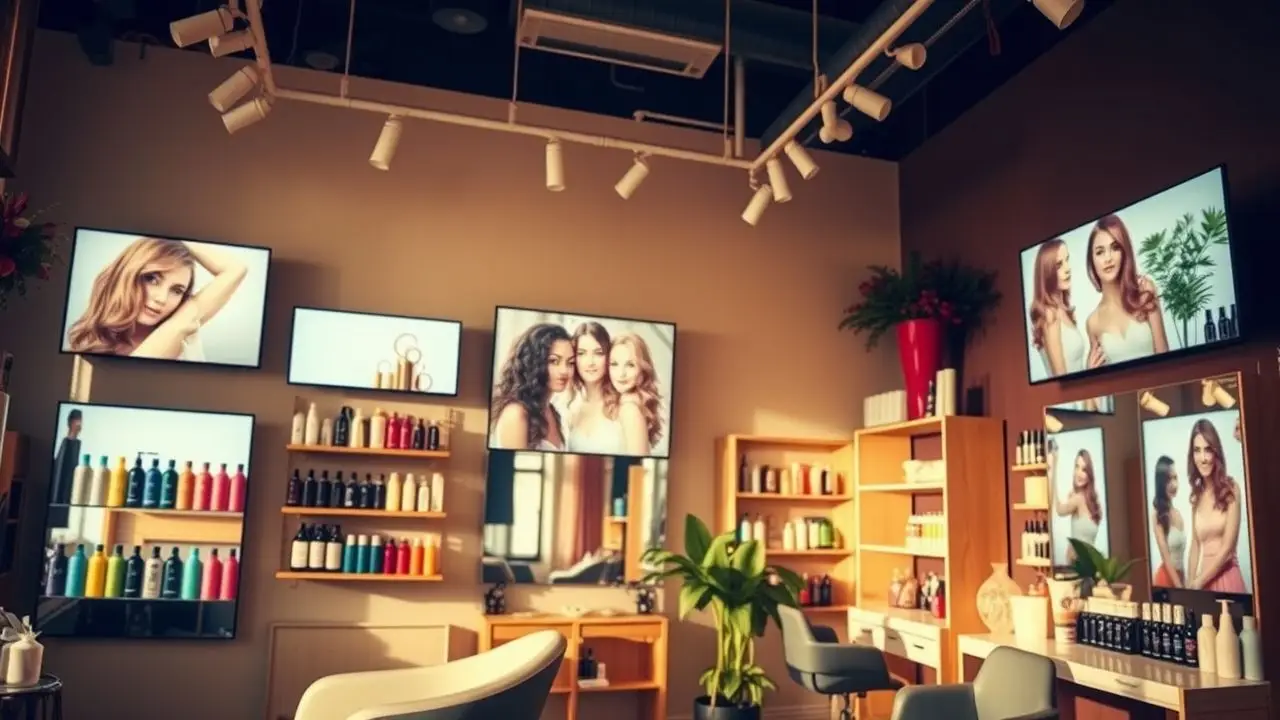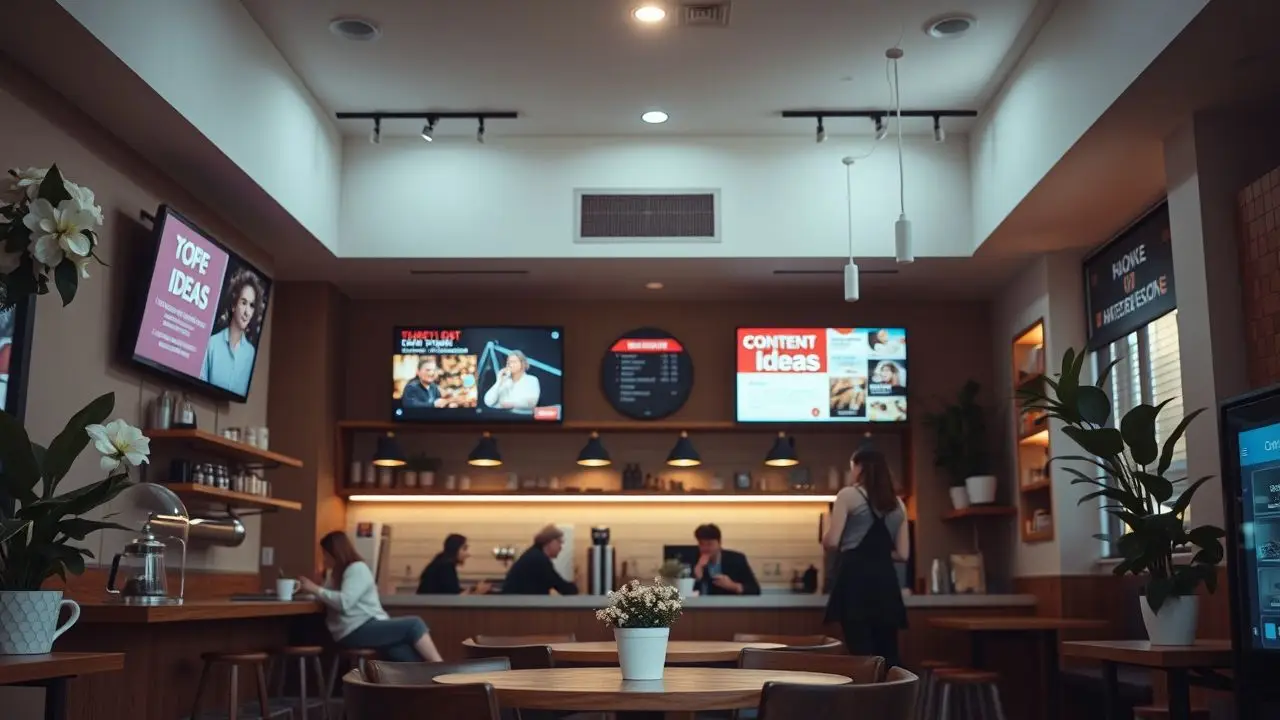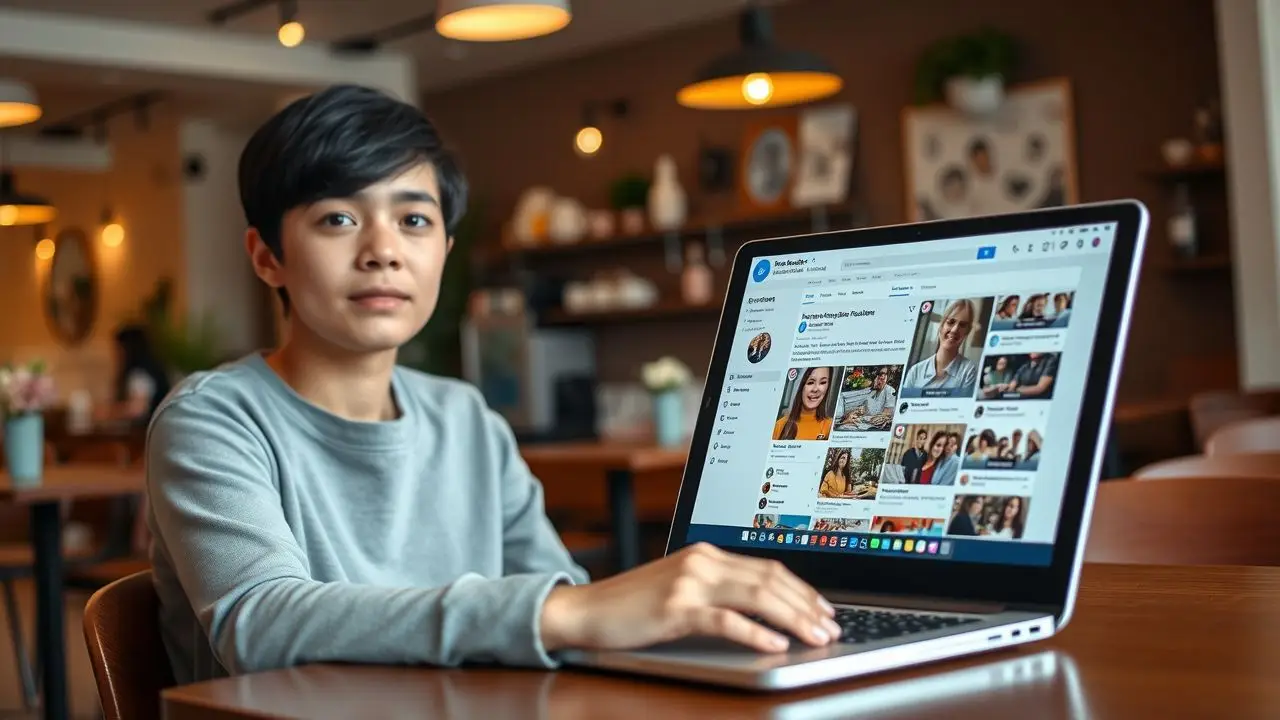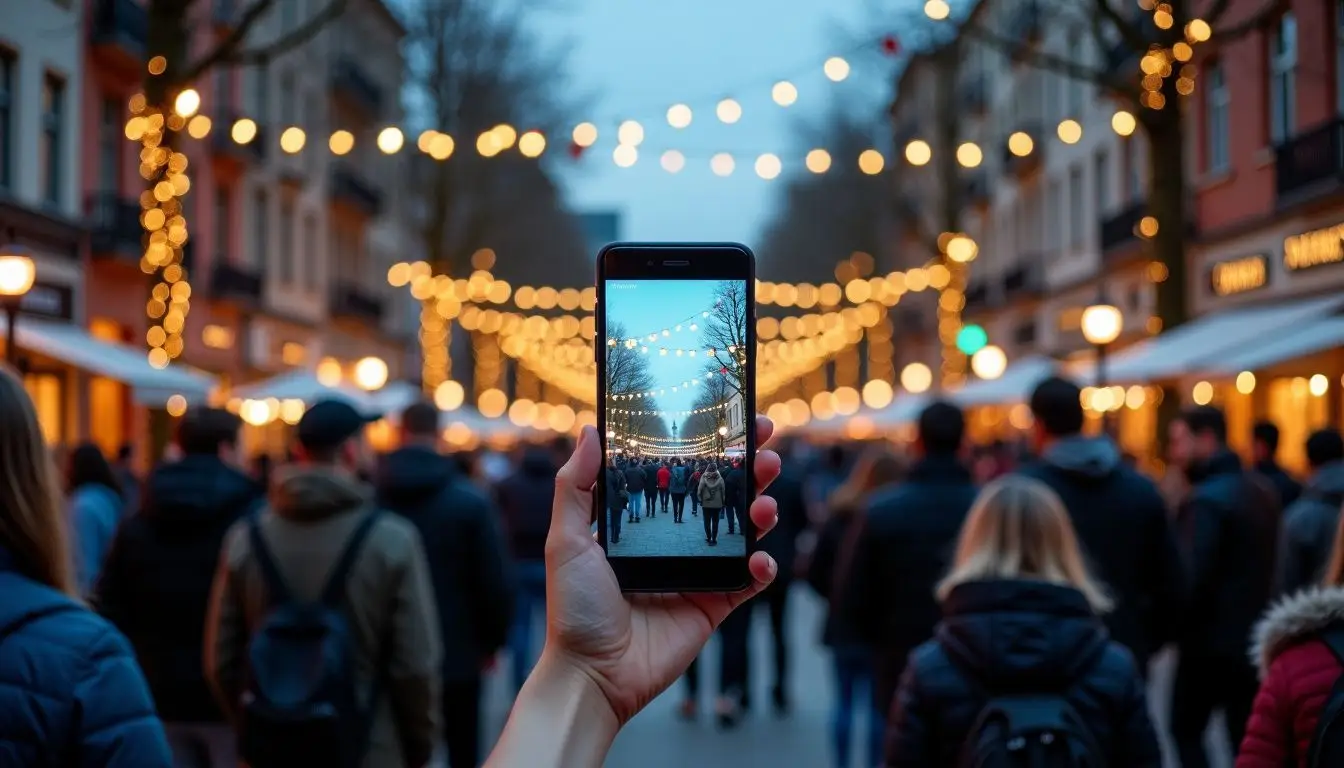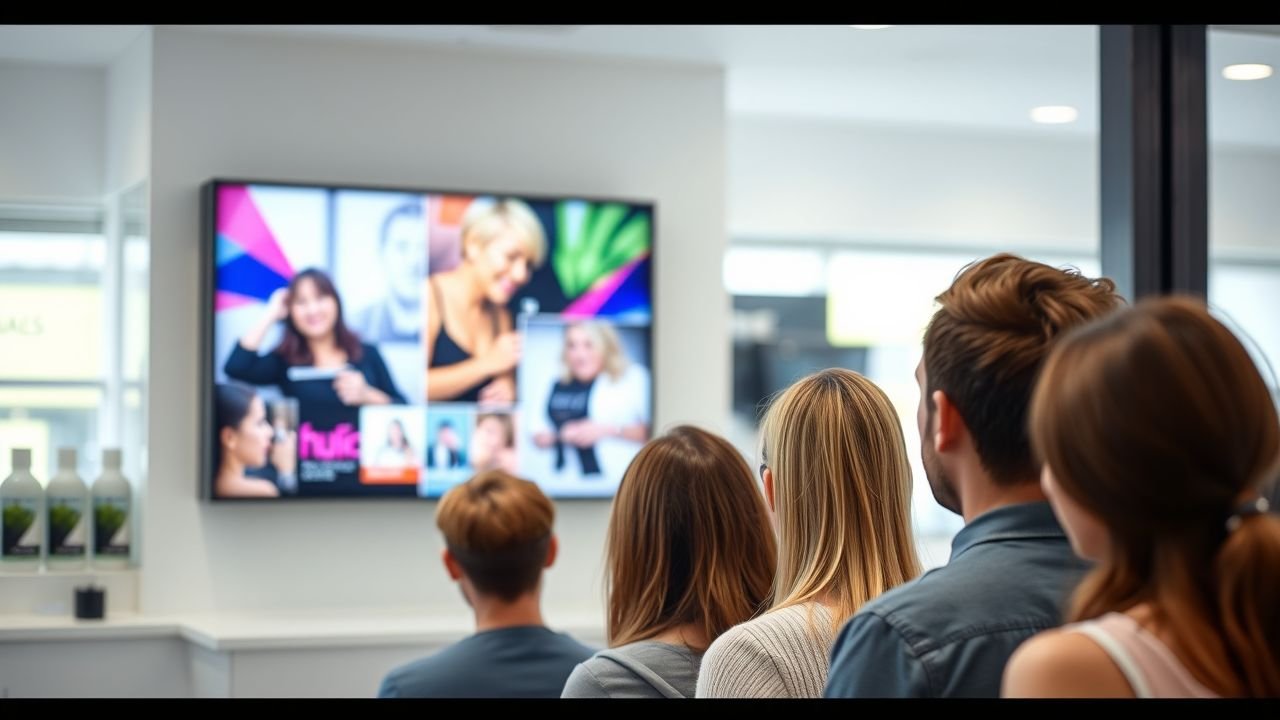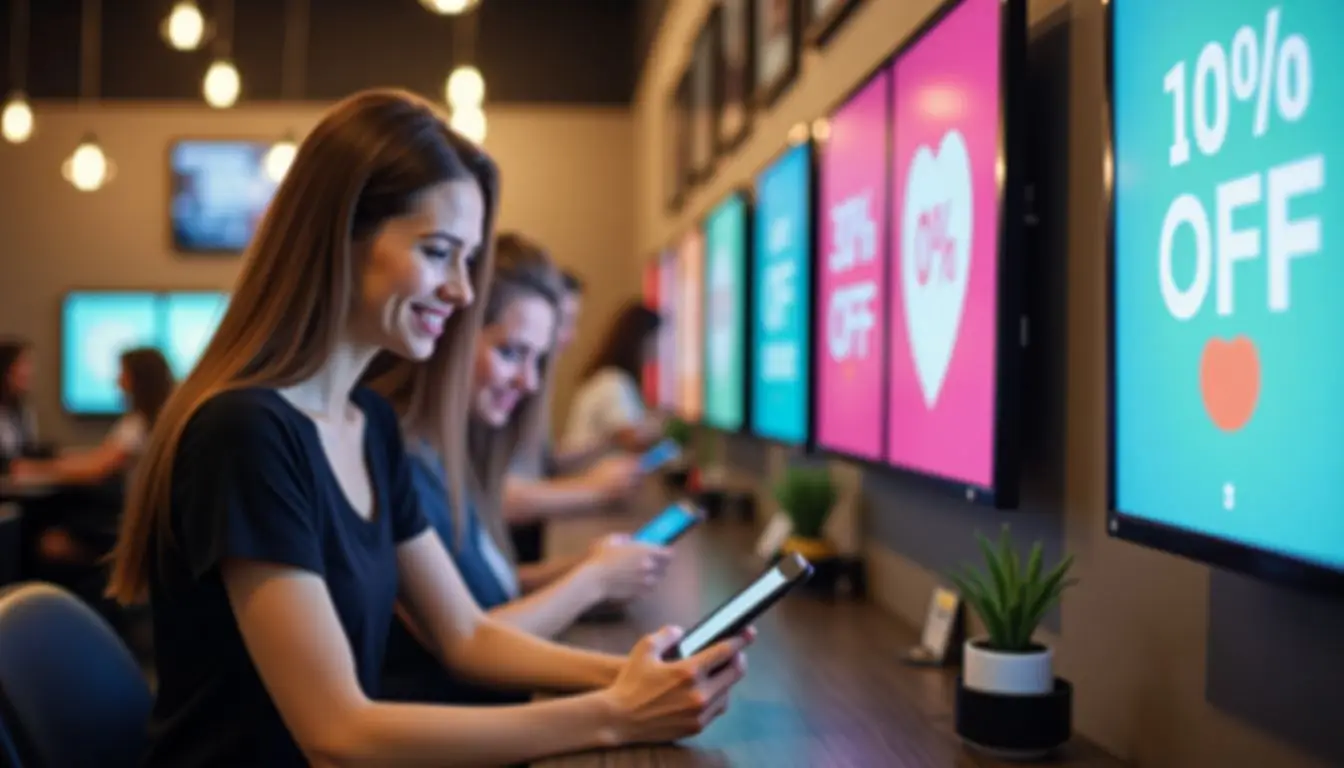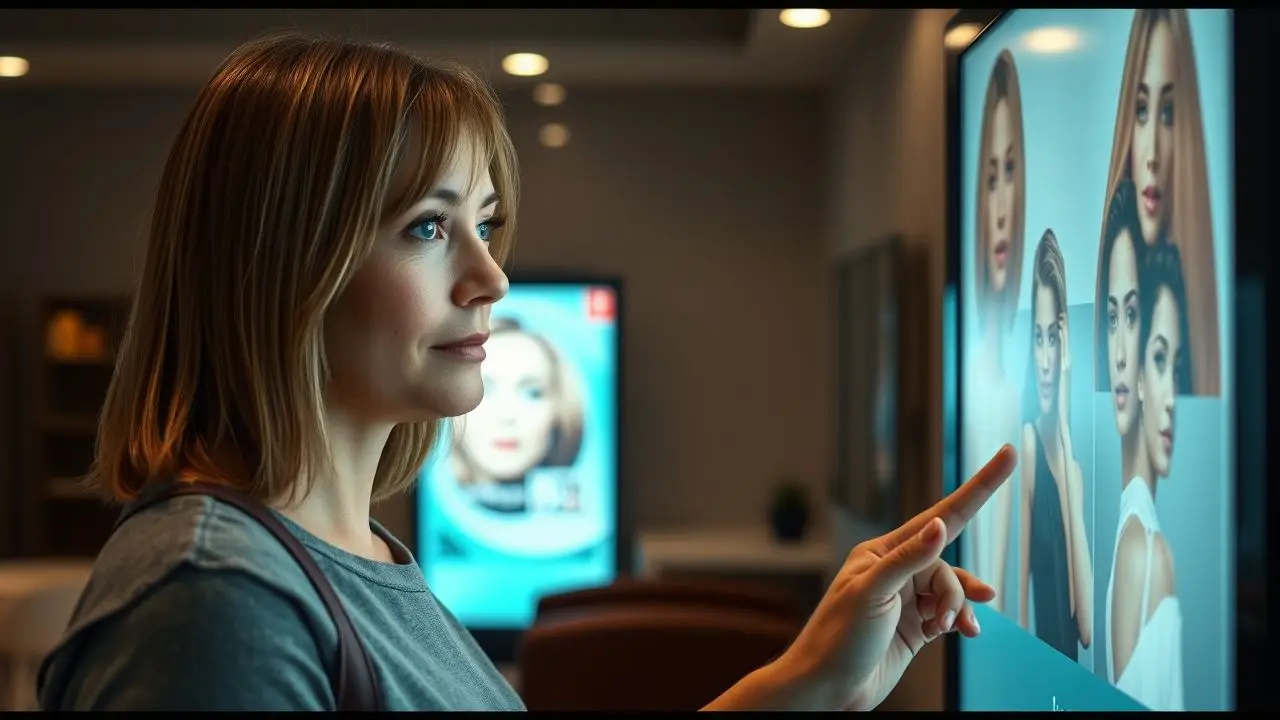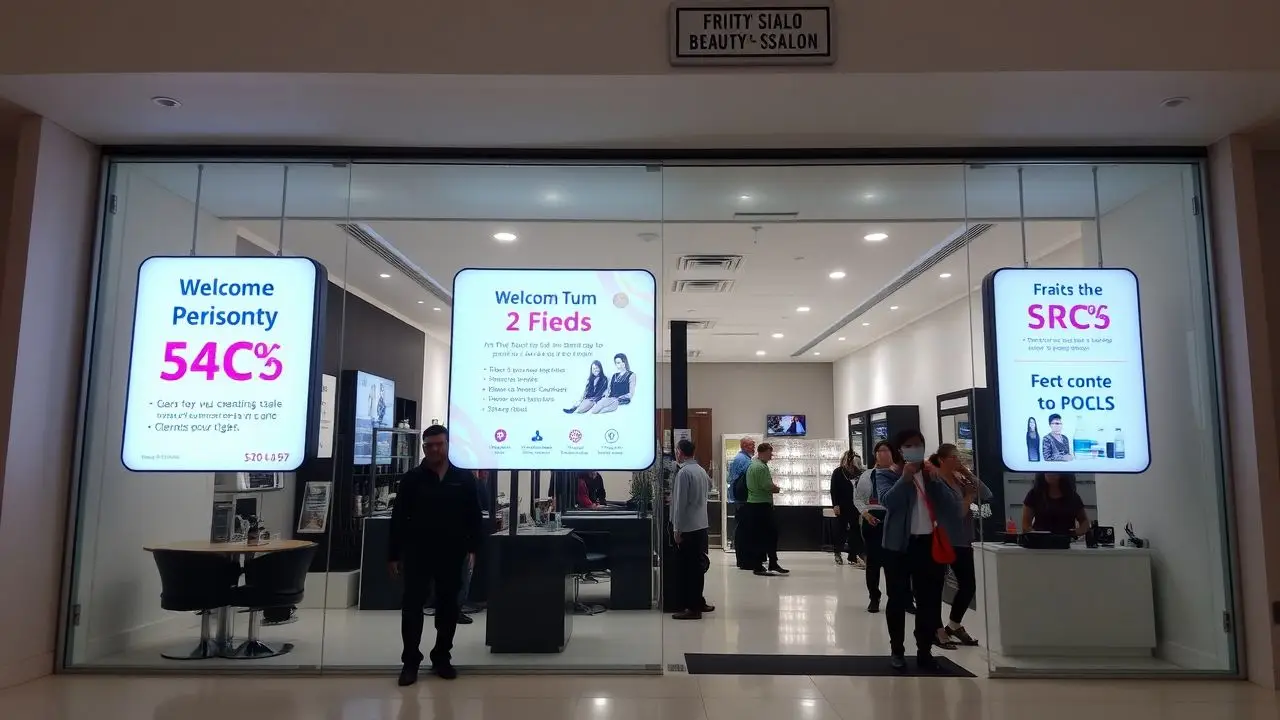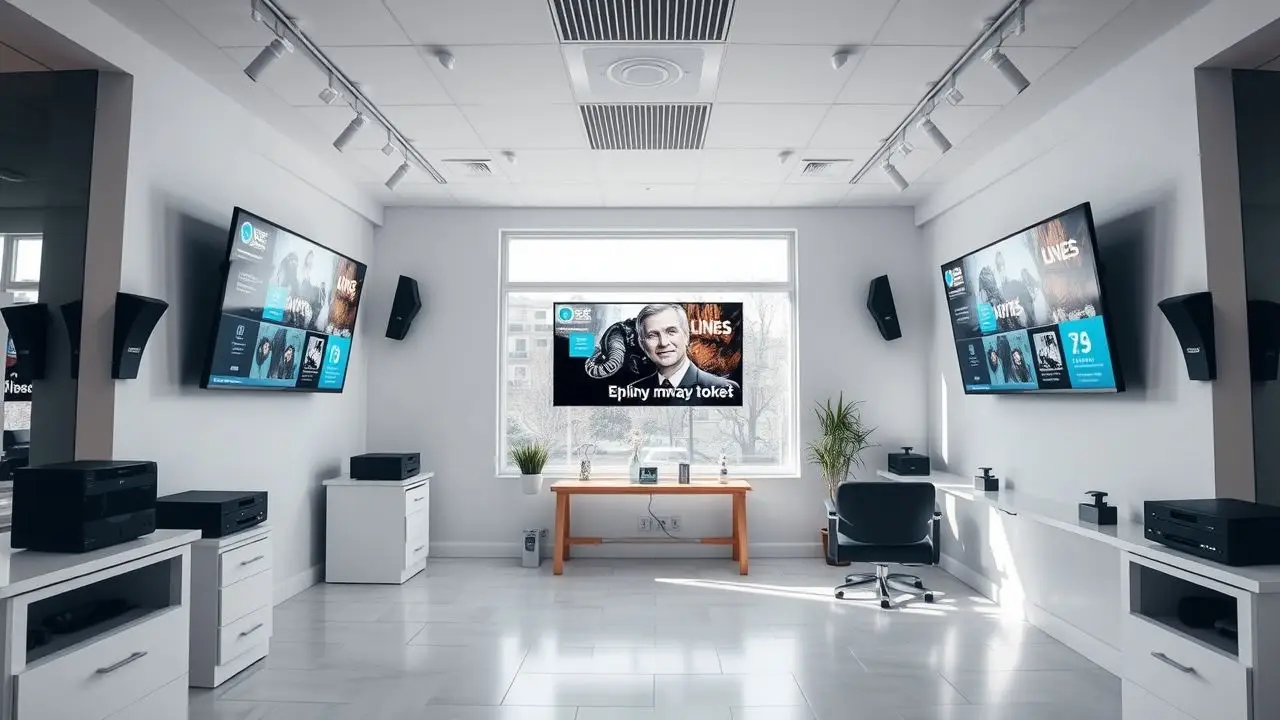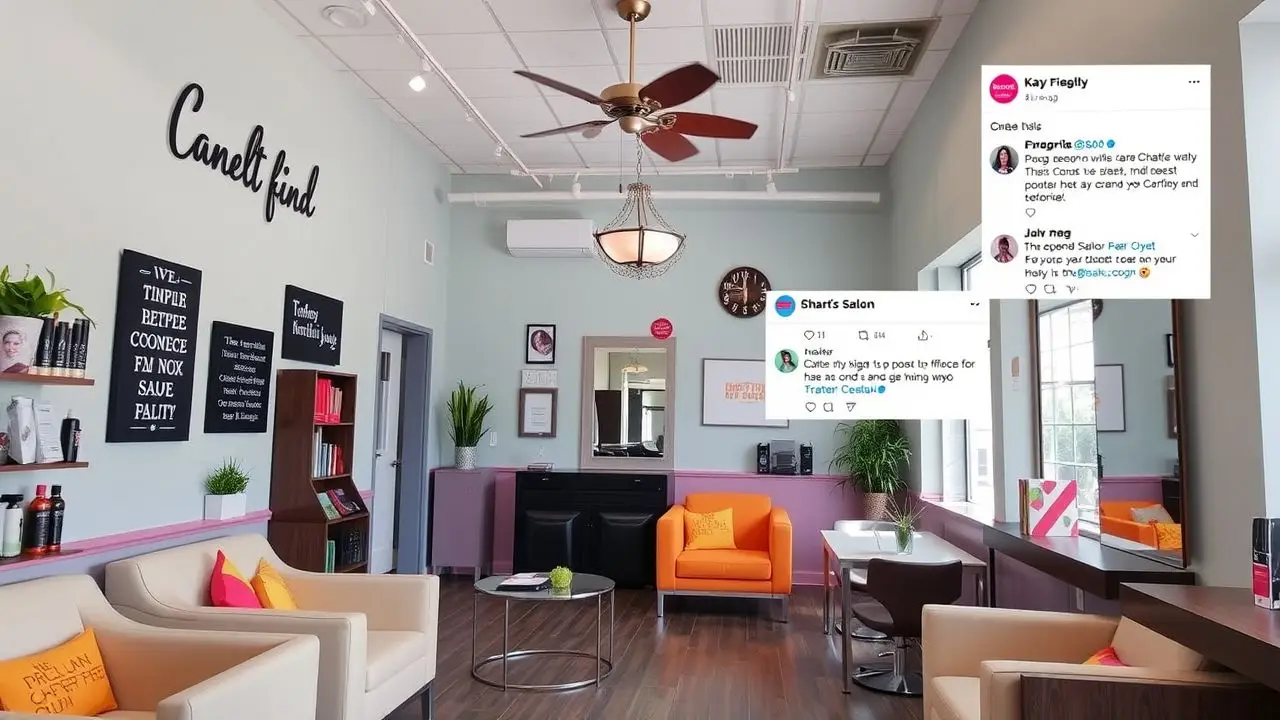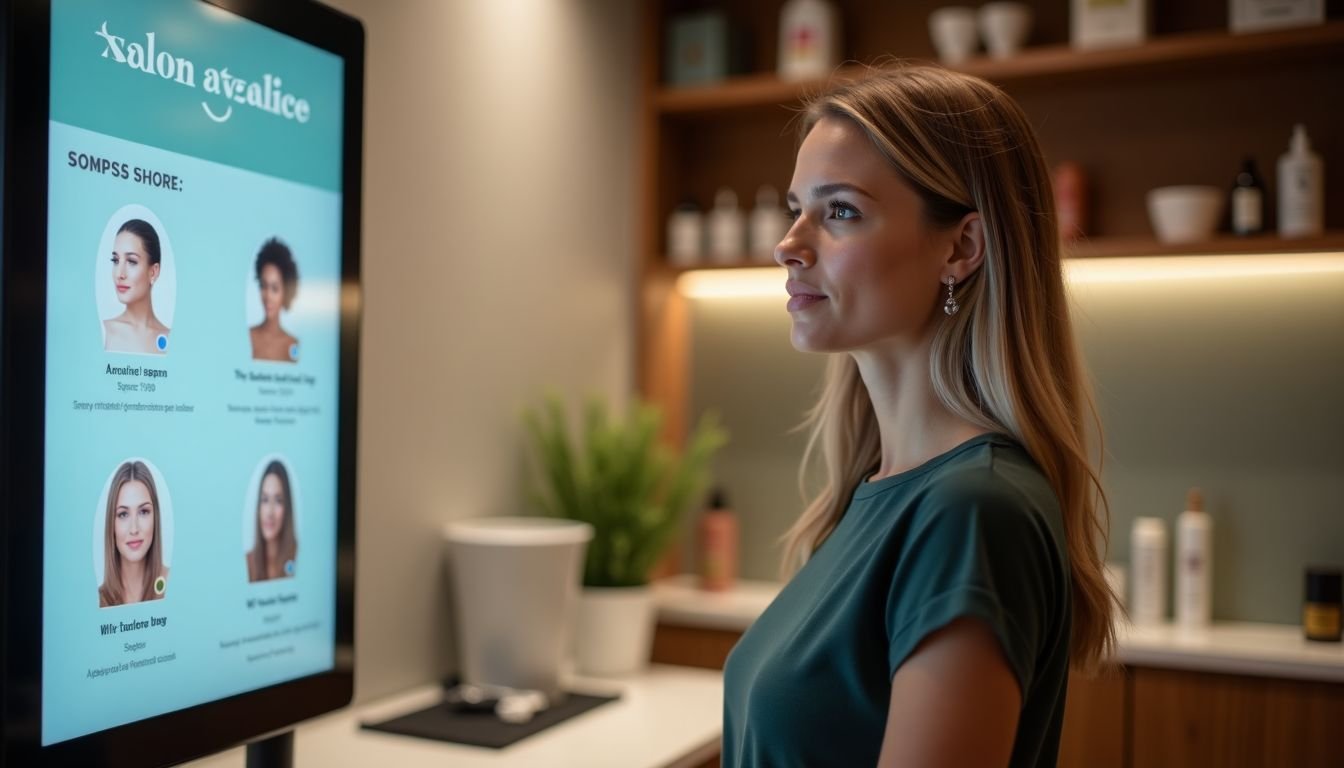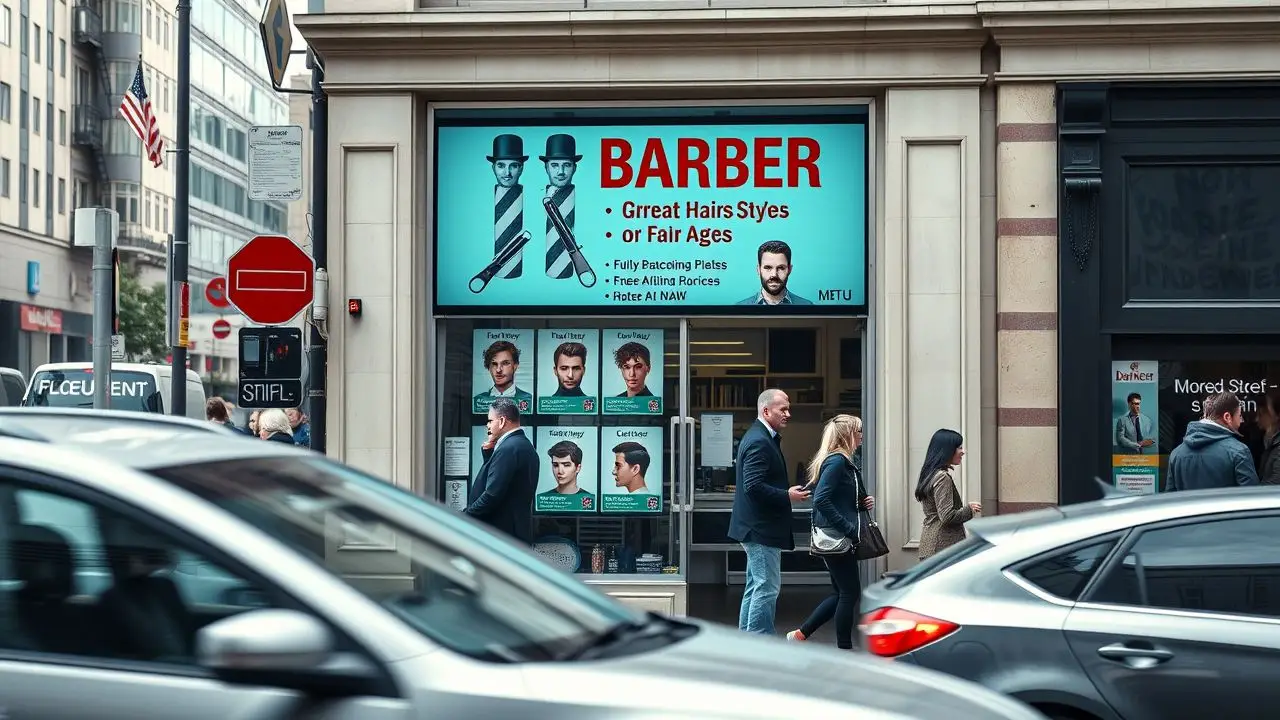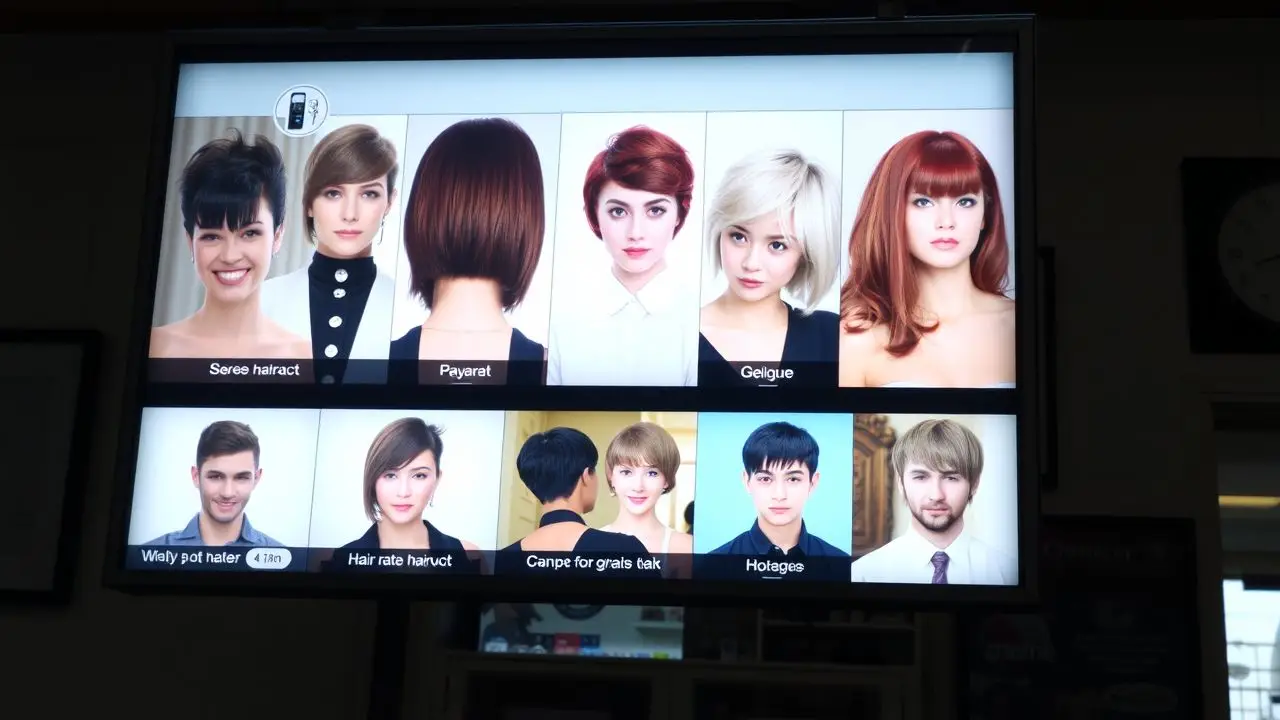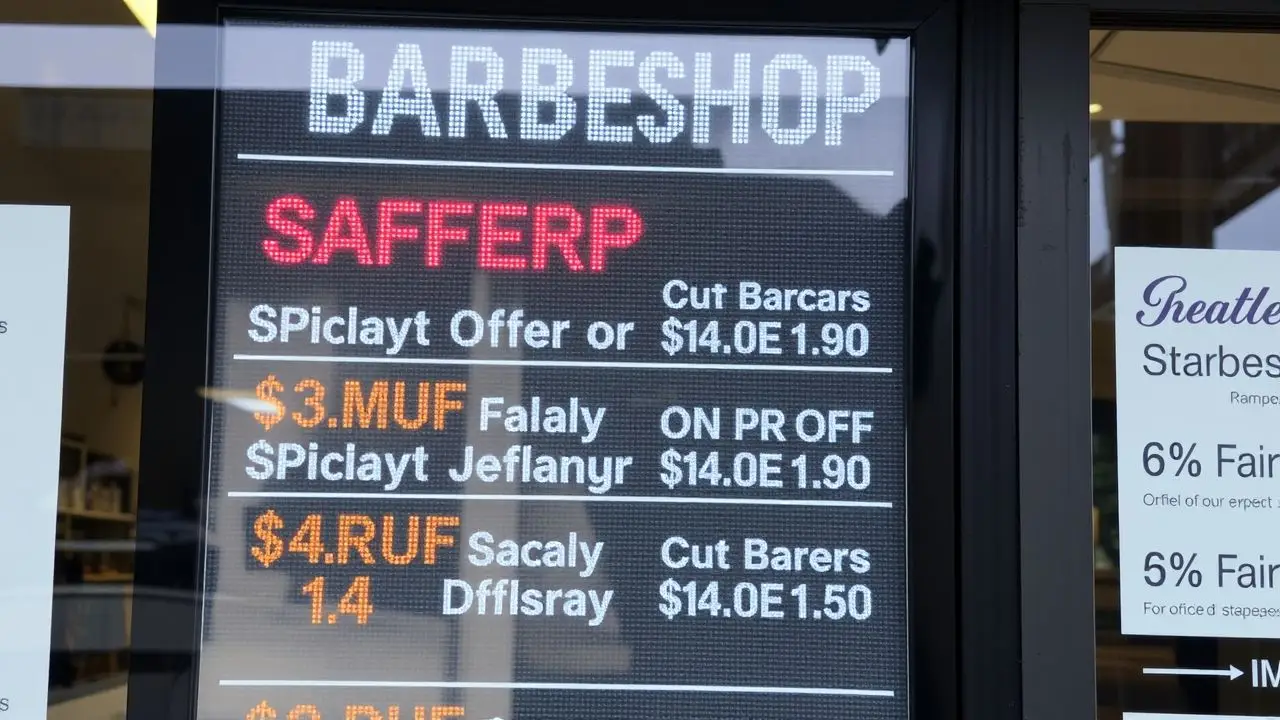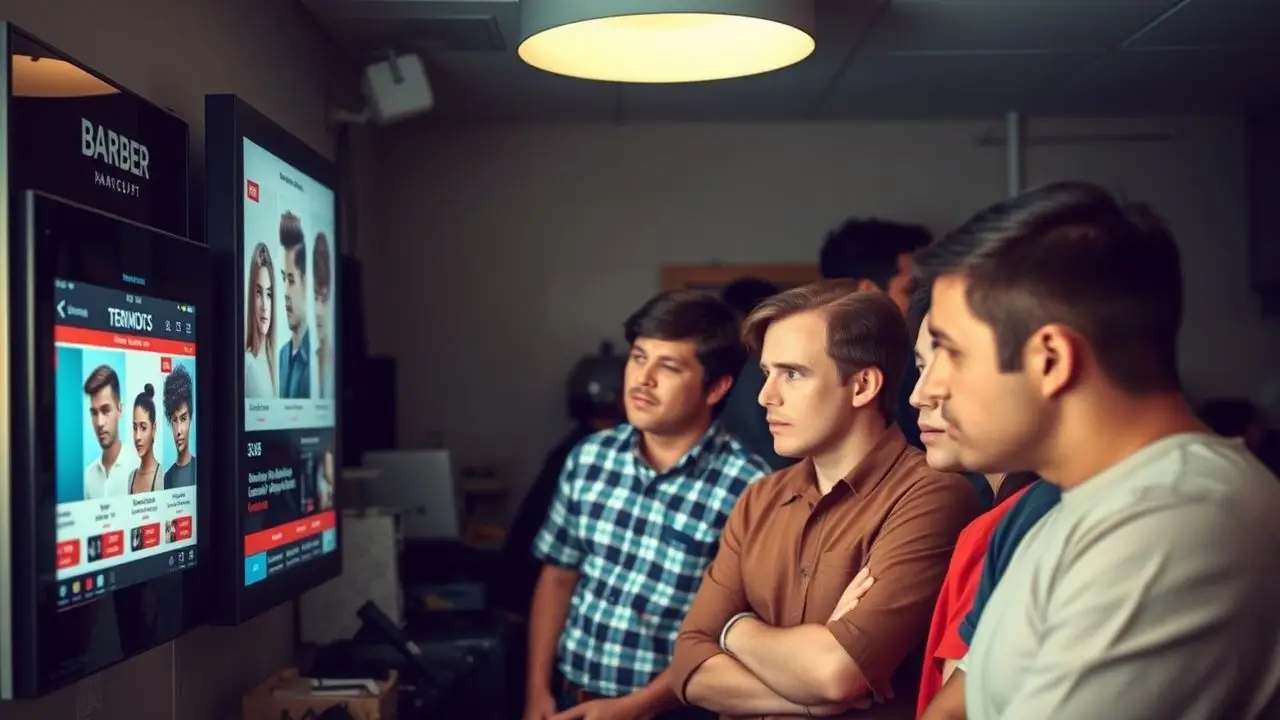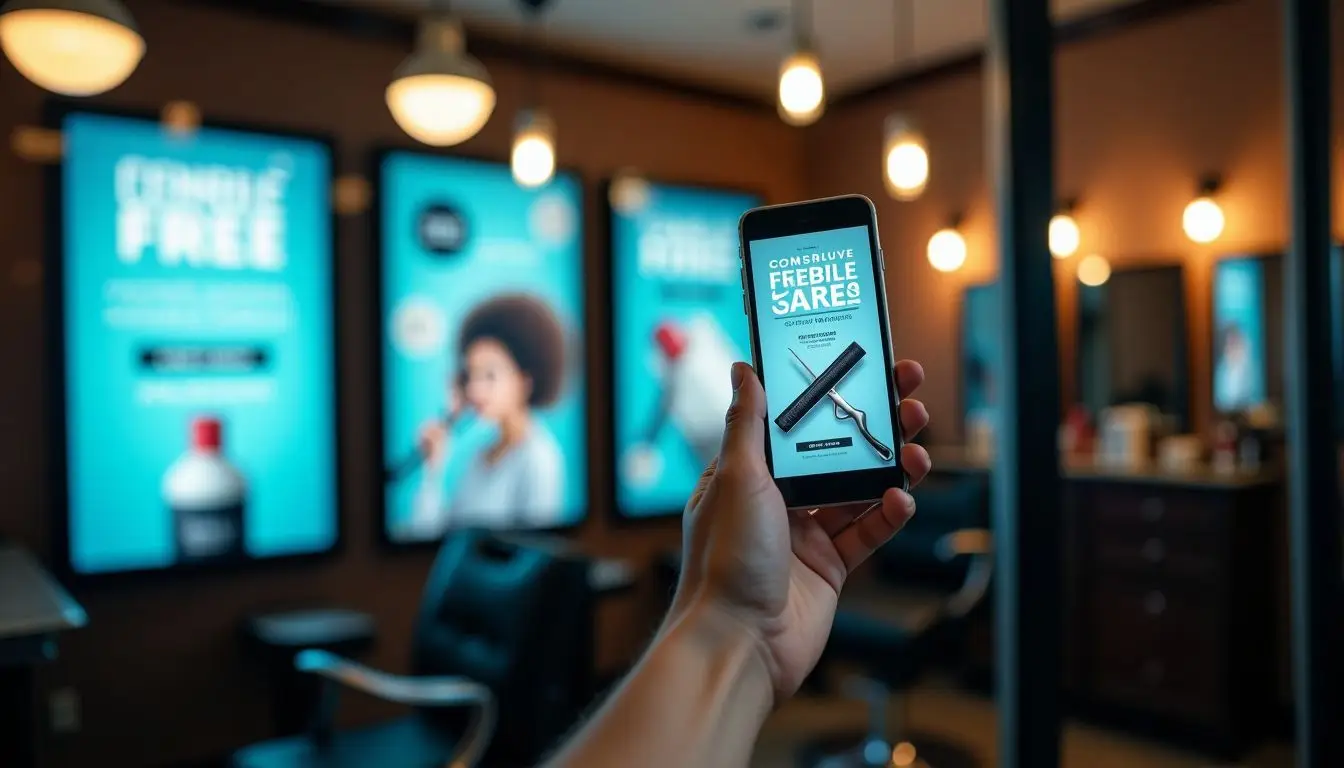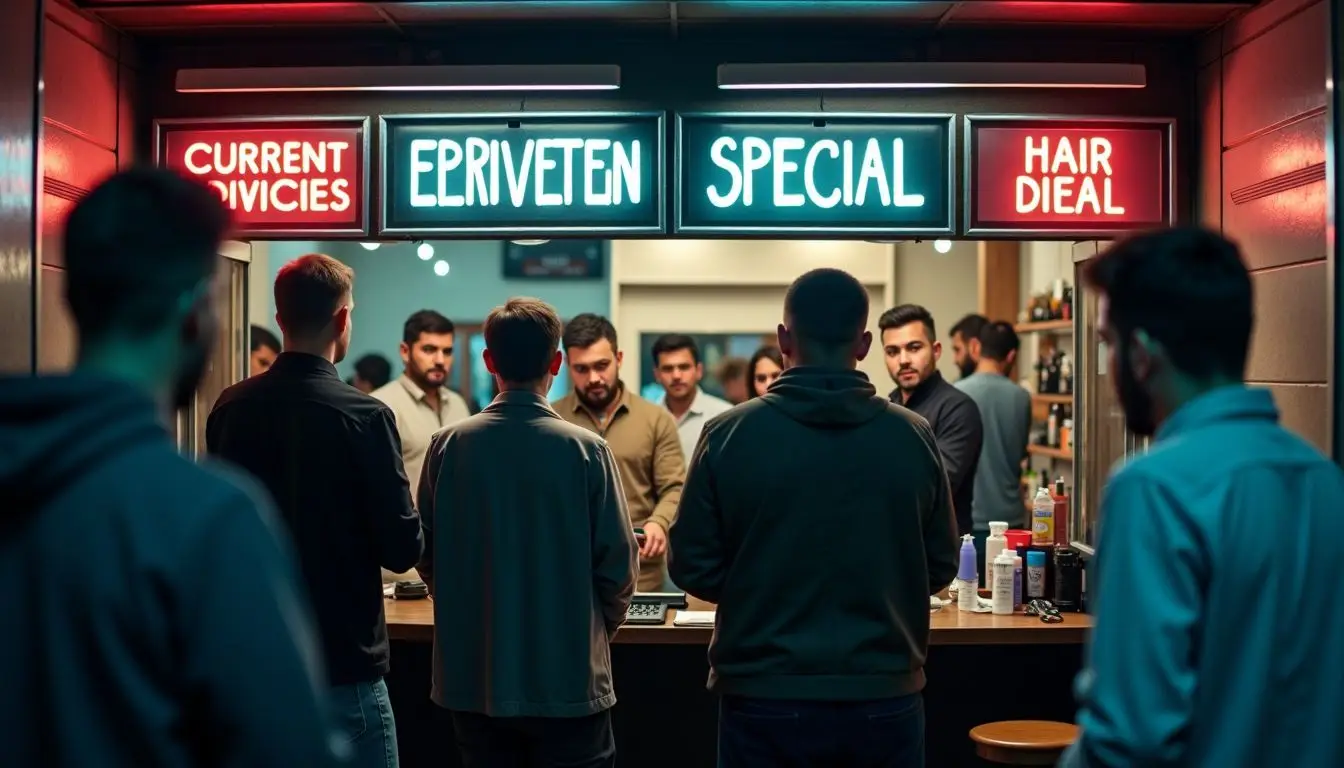Many hair and nail salons want to make more sales. Digital signs help do this well. This post will show how these signs can lead to more upsells in salons. Keep reading to learn more.
Key Takeaways
- Digital signs let salons show new deals and prices quickly. This helps customers see what they can buy.
- Signs with bright images and clear text make special offers stand out. This can lead to more sales of products and services.
- Using touch screens or AI can make ads more interesting. It also lets customers find what they like faster.
- Sharing digital signs with local businesses gets more people to see your salon’s offers.
- Digital signs are good for the planet because they use less paper and energy.
Benefits of Digital Signage for Hair & Nail Salons
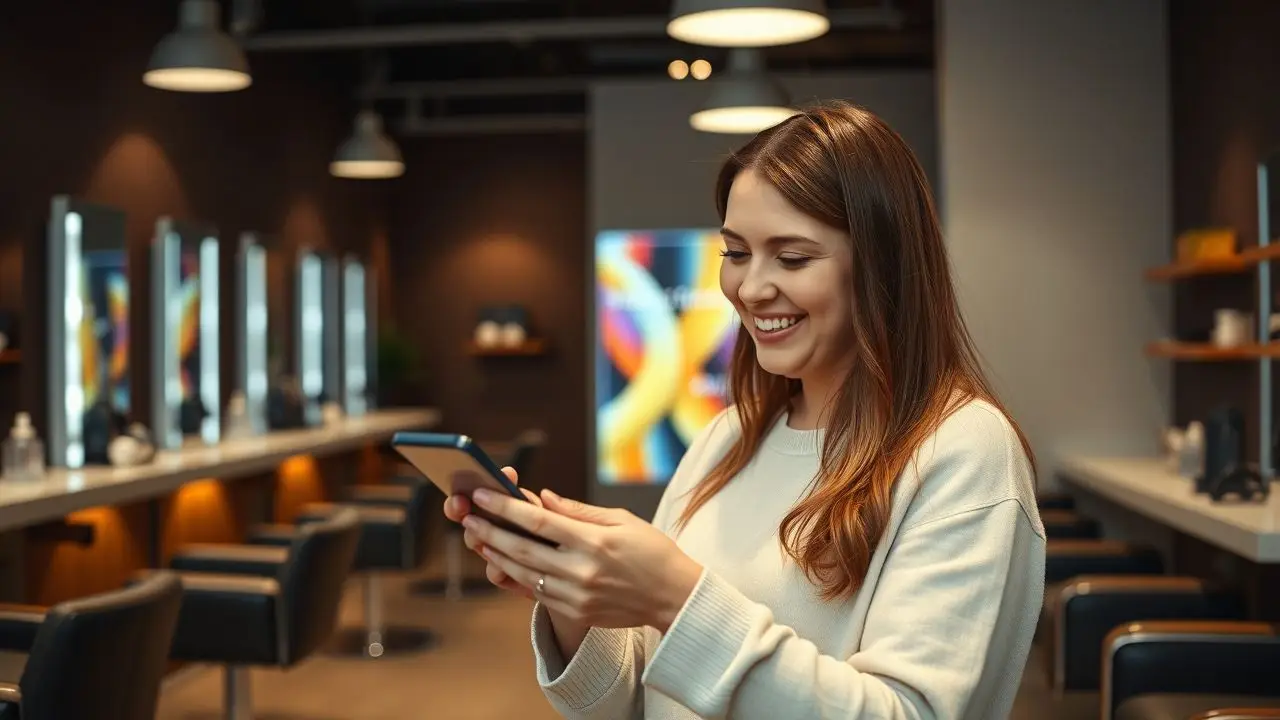
Digital signage offers quick updates to menus and prices. It helps salons promote current deals and upsell services effectively.
Real-time waitlists
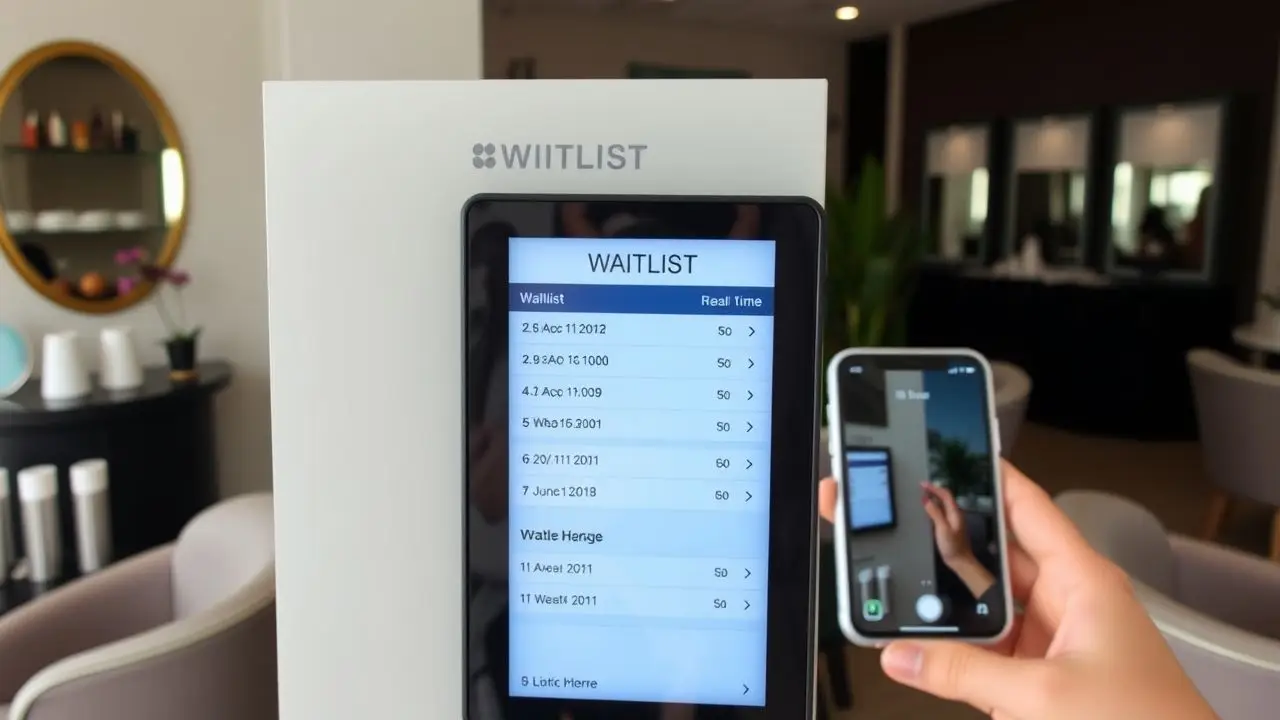
Real-time waitlists help salons run smoothly. Clients can see their spot in line on digital displays. This keeps them informed and reduces confusion. No one likes to guess how long they will wait.
These signs allow staff to manage appointments better. They can adjust times quickly if needed. This leads to happier clients and more upsells for services or products. Using real-time waitlists can boost salon revenue growth by enhancing customer satisfaction and engagement strategies.
Instant menu and pricing updates
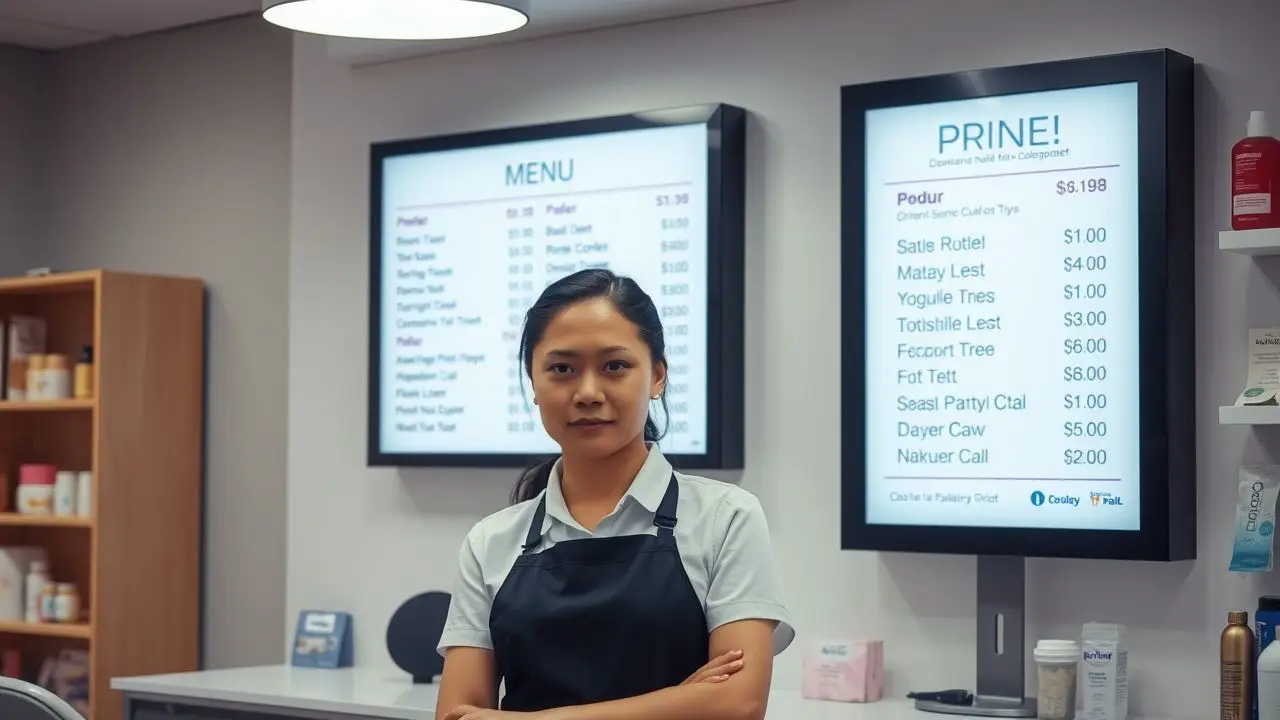
Digital signs let salons change their menus and prices easily. Staff can update them in real-time. This way, customers always see the latest offers. Fast changes attract attention and keep clients informed about services.
This feature supports salon promotion ideas. When prices drop or new services are added, digital signage spreads the news quickly. Customers appreciate knowing what they will pay before they book appointments.
Smart updates boost customer satisfaction in salons and help enhance revenue growth for nail and hair salons.
Promotions and ads

Promotions and ads boost sales in hair and nail salons. These signs catch customers’ eyes. They show new products, discounts, or special offers. Many salons use digital signage for this purpose.
Offering limited-time deals can increase interest. Customers often buy more when they see exciting promotions. For example, a salon might advertise a “buy one get one free” offer on certain services.
This strategy encourages upselling techniques in the beauty industry. First-hand experience shows that clear ads raise customer engagement levels and lead to higher revenue growth for nail salons and hair salons alike.
Enhanced brand image
Digital signage can greatly improve a salon’s brand image. It displays modern and attractive visuals that catch customers’ attention. Salons can showcase their services and products in creative ways.
This makes them look more professional.
High-quality digital signs also help salons stand out from competitors. They show that a business cares about fresh ideas and customer engagement strategies. Consistent updates keep content relevant, which builds trust with clients.
Better branding leads to loyal customers who return for more services, boosting nail salon revenue growth as well as hair salon marketing efforts.
Consistent and updated content
Consistent and updated content is key for hair and nail salons. Digital signage allows salons to change their menu anytime. Prices can be adjusted quickly, keeping clients informed.
Salons can promote specials or new products right away. This flexibility helps capture customer interest.
Having fresh content makes the salon look modern and inviting. Regular updates show clients that the business cares about their experience. Digital signs not only share promotions but also enhance the brand image of beauty businesses.
Engaging advertising keeps customers coming back and boosts sales too, leading to higher upsells in services and products.
Upsell products and services
Digital signs help salons upsell their products and services effectively. They display enticing images of special treatments or add-on services like a deep conditioning treatment. This grabs customers’ attention while they wait.
Bright colors and bold text make these offers hard to miss. First-hand experience shows that offering promotions this way can increase sales significantly.
Salons also show prices instantly on digital signs. Customers can see what is available without asking staff for details. This makes it easier for them to decide on extras, like a manicure after a haircut.
Some salons report up to 30% more sales through digital signage compared to traditional methods. Using clear visuals boosts product visibility and enhances customer satisfaction in hair and nail salons effectively.
Tips and Best Practices for Implementing Digital Signage
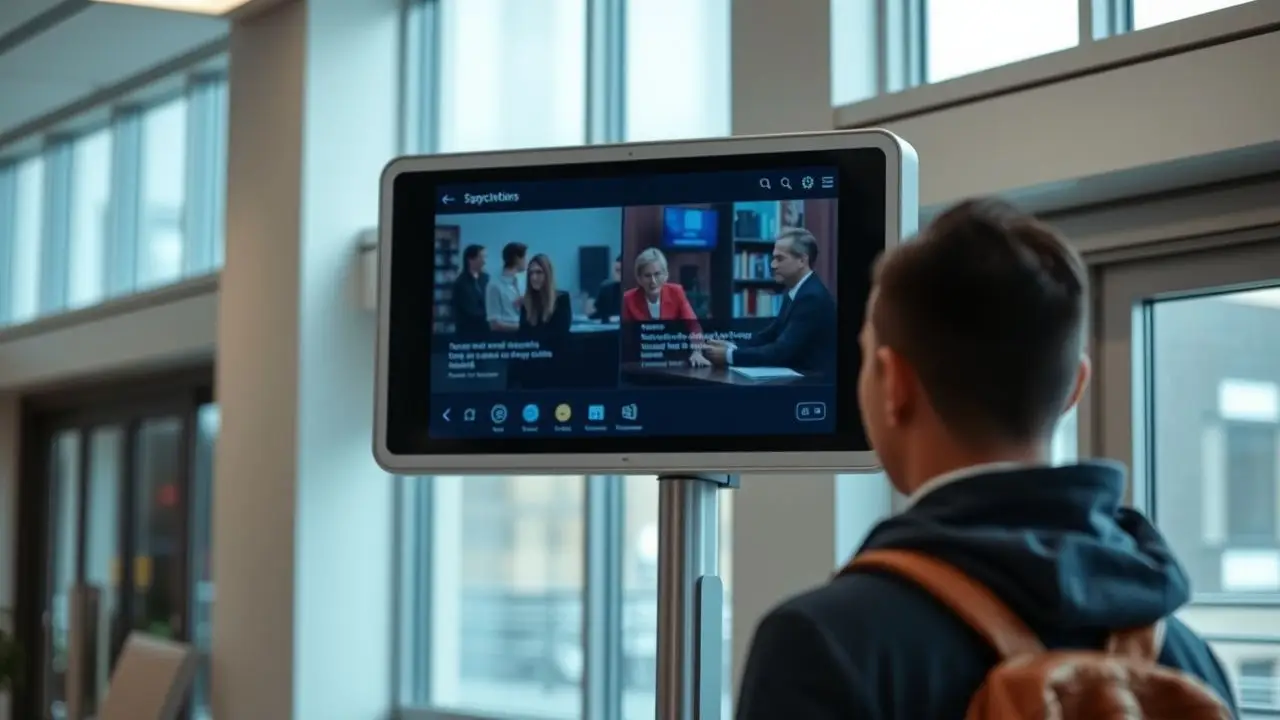
Choose strong and durable hardware for your digital signs. Make content fun and interactive to keep customers engaged.
Choose durable and high-quality hardware
Digital signs need strong and reliable hardware. High-quality screens last longer and work better. A good display attracts customers and keeps their attention. It also saves money in the long run because it does not need frequent repairs or replacements.
Quality hardware makes digital advertising for salons easier to manage. Strong displays can handle bright lights and different settings without losing clarity. This helps beauty businesses promote services effectively, leading to more sales and happy clients.
Utilize touch screen technology
Touch screen technology makes it easy for customers to interact with digital signs. They can quickly browse through services and products. This helps salons show off their offers effectively.
Clients enjoy the hands-on experience. They can look at prices, read about services, and check promotions right at their fingertips.
Interactive signage boosts engagement in hair and nail salons. Customers feel more involved when they touch the screen. This leads to better upsell opportunities. Salons can showcase special deals or recommend products based on what clients select or view most often, enhancing client satisfaction while driving sales growth.
Collaborate with local businesses
Partnering with local businesses can boost your salon’s success. You can team up with nearby spas, gyms, or boutiques. This helps you reach new customers and strengthen ties in the community.
Share digital signs to promote each other’s services.
For instance, if a gym has special rates for members, share this on your screen. It also works the other way around! Promote your loyalty programs through their channels. This type of cooperation often leads to more sales and better brand visibility.
Local partnerships build trust too. They show that you care about supporting others in your area while enhancing your retail presence strategies as well as marketing promotions for beauty businesses.
Create interactive and engaging content
Create content that grabs attention. Use colorful images and videos of your services. Show clients getting their nails or hair done. These visuals draw customers in and keep them interested.
Offer interactive elements on screens. Let clients browse products or book services themselves. This hands-on approach makes the experience fun. Engage customers with quizzes or polls about beauty trends.
These tactics boost sales in salons through upselling opportunities.
Showcase customer testimonials
Customer testimonials can greatly boost a salon’s sales. Happy customers often share their great experiences with friends and family. Showing these positive reviews on digital signs attracts new clients.
It builds trust and helps potential clients feel more comfortable.
Using interactive signage for testimonials makes it easy to read and engaging. Customers enjoy seeing real feedback from others. This technique not only encourages new visits but also increases upsells in hair and nail salons by highlighting popular services or products recommended by past clients.
How Digital Signage Enhances Customer Experience and Increases Efficiency
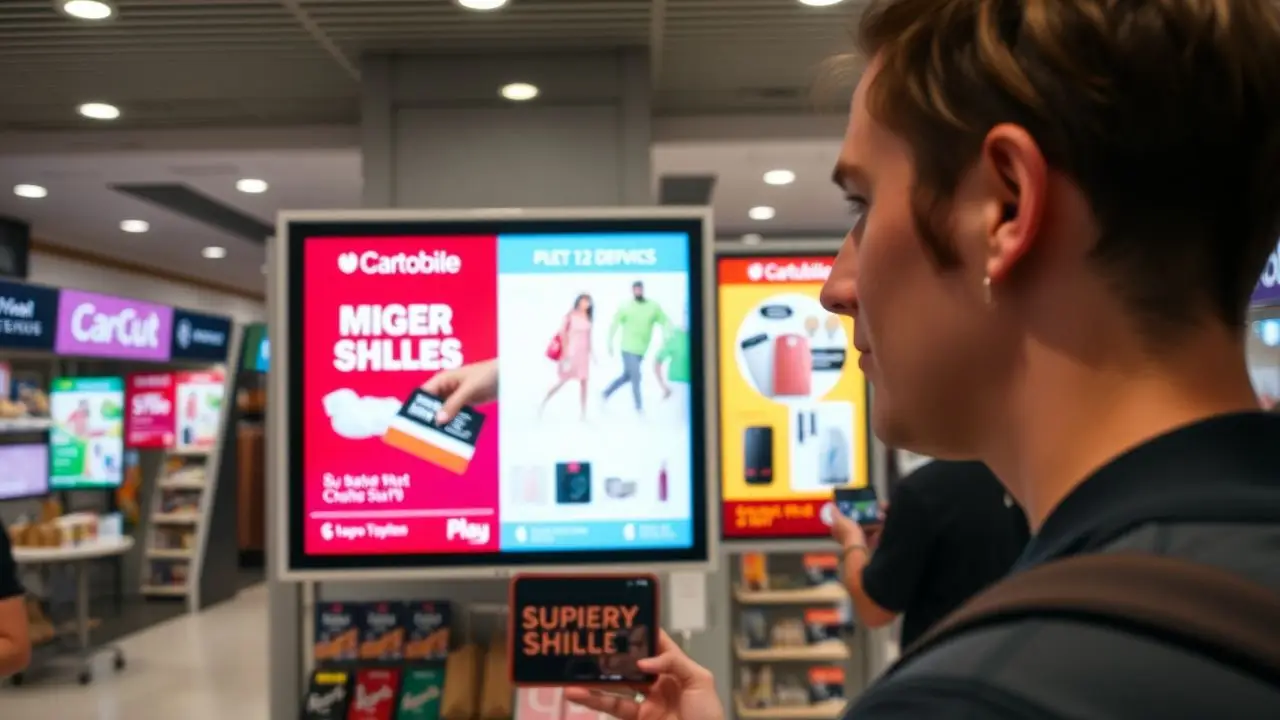
Digital signage grabs customer attention right away. It promotes products and services clearly, making the shopping experience smoother.
Captivating customer attention
Bright and colorful digital signs catch customer eyes. These signs display promotions and ads that stand out. Customers see them as soon as they enter a salon. This can grab their interest in new products or services.
Moving images and dynamic content keep the attention of clients. Salons can show off deals for hair treatments, nail art, or beauty products. By advertising these options, salons increase product sales and boost upsells easily.
Engaging content makes customers curious about trying something new during their visit. This marketing tactic helps salons grow by enhancing consumer behavior towards additional purchases.
Promoting products and services
Digital signs work well in hair and nail salons. They show off products and services clearly. Bright visuals grab customers’ attention. Special deals can flash on the screen. This makes clients more likely to buy extra items, boosting sales.
Many salons use digital signage for marketing tactics. Customers see updates right away about new treatments or popular products. First-hand experience shows that this method increases beauty industry upselling.
When clients know their options, they are happier and spend more money in the salon.
Educating and informing customers
Educating and informing customers is key for salons. Digital signs show services and products clearly. They can share tips on hair care or nail maintenance. This helps clients understand what they need.
First-hand experience shows that clients love this information. They feel more confident about their choices. Clear signage can also highlight promotional signage for salons, increasing interest in upsells like special treatments or new products.
Using digital screens keeps content fresh and relevant, grabbing customer attention right away.
Boosting social media engagement
Digital signs can boost social media engagement for hair and nail salons. They display live feeds, showing posts from happy customers. This encourages others to share their own experiences online.
Clients feel excited when they see their photos on the screen. Engaging content can include hashtags and calls to action.
Salons can also promote special offers through digital signs. Features like QR codes let customers quickly access social media pages or websites. This helps salons reach more people online, increasing visibility and potential sales.
Using digital signage proves helpful in creating a strong retail presence for beauty businesses while driving advertising strategies that support business growth.
Improving operational efficiency
Digital signs boost operational efficiency in hair and nail salons. Staff can spend less time answering questions. Customers see services and prices on the screen. This streamlines communication for everyone.
Real-time updates cut down on mistakes. Employees get instant alerts about promotions and changes. Fast access to information keeps the salon running smoothly. Happy customers are likely to return, increasing upsells in beauty businesses.
These signs enhance retail presence while simplifying tasks for staff members, allowing them to focus more on providing great service.
The Environmental Impact and Sustainability of Digital Signage
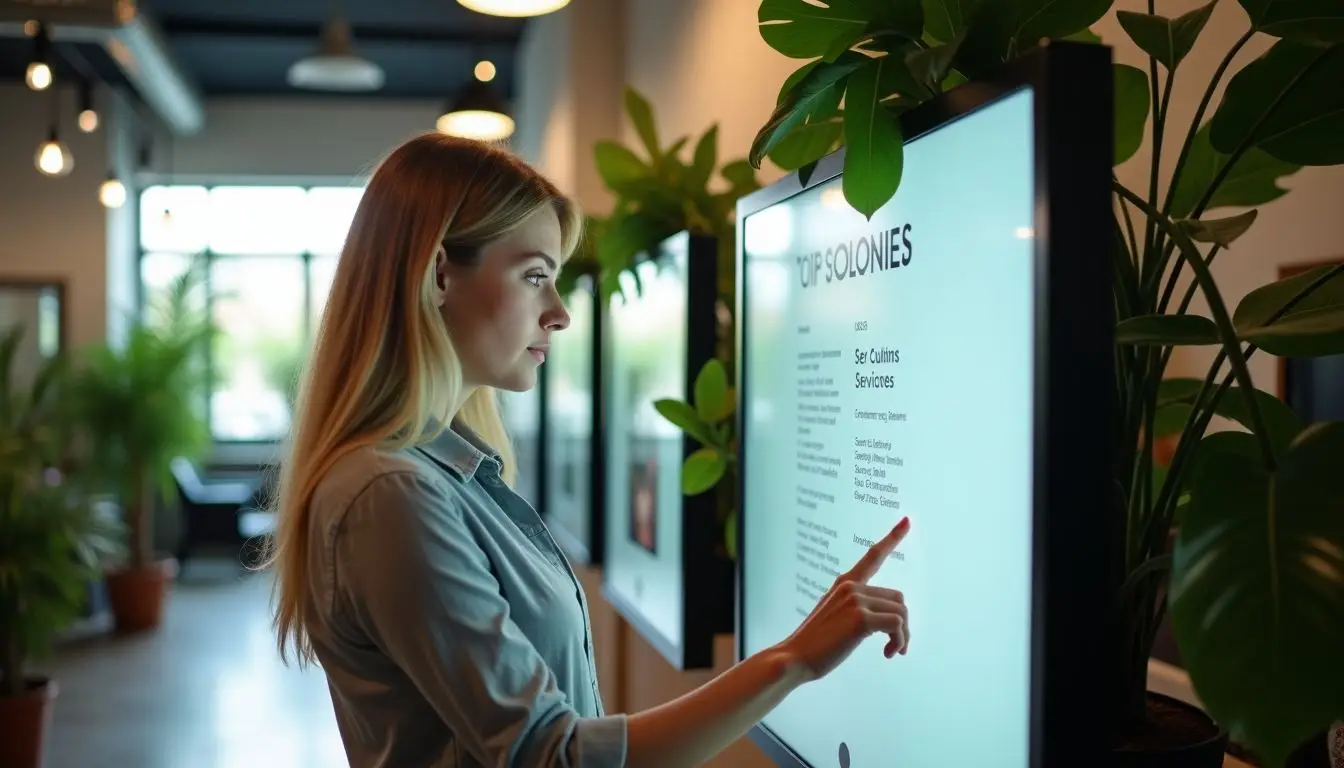
Digital signage helps reduce paper waste in salons. It uses screens instead of printed materials, which is better for the environment.
Reducing paper waste
Salons can cut down on paper waste with digital signs. Instead of printing menus and ads, they can display everything electronically. This change helps the environment by saving trees and reducing trash.
Using digital signage allows salons to update prices and promotions quickly. No more wasted paper from outdated flyers or brochures. Customers see fresh content that promotes services in real-time, which boosts upsells in hair and nail salons.
Energy efficiency
Digital signs use less power than traditional signs. This makes them energy efficient. Many salons find that using digital signage helps cut costs on electricity bills. Over time, this can save a lot of money for hair and nail salons.
High-quality LED displays are common in digital signage. They consume less energy while providing bright and clear images. By choosing these options, beauty businesses can also help the environment by reducing their carbon footprint.
Using digital signs shows that salons care about sustainability too, which can attract more customers who value eco-friendly practices.
Customization and flexibility
Customizing digital signs is easy for hair and nail salons. Owners can quickly change messages, colors, or designs to fit their brand. This helps make a strong retail presence in the beauty industry.
Salons can show special offers that match holidays or events. Changes keep customers interested.
Flexibility allows salons to update content anytime. They can highlight new products and services as they arrive. Timing matters in marketing tactics for beauty businesses. With digital signage, salons stay fresh and relevant in advertising strategies.
Engaging visuals draw attention and boost upsells effectively.
AI-powered digital signage
AI-powered digital signage can change how hair and nail salons connect with customers. These signs use smart technology to show the right message at the right time. For example, they can display promotions based on what a customer looks at for a long time.
This helps to boost upsells by showing products or services that interest them.
With AI, salons can customize ads instantly. They can adapt content to match seasons, holidays, or local events. Smart systems adjust offers based on sales data too. This keeps messages fresh and relevant.
Salons gain an edge in retail promotion by using this innovative tool effectively.
Conclusion
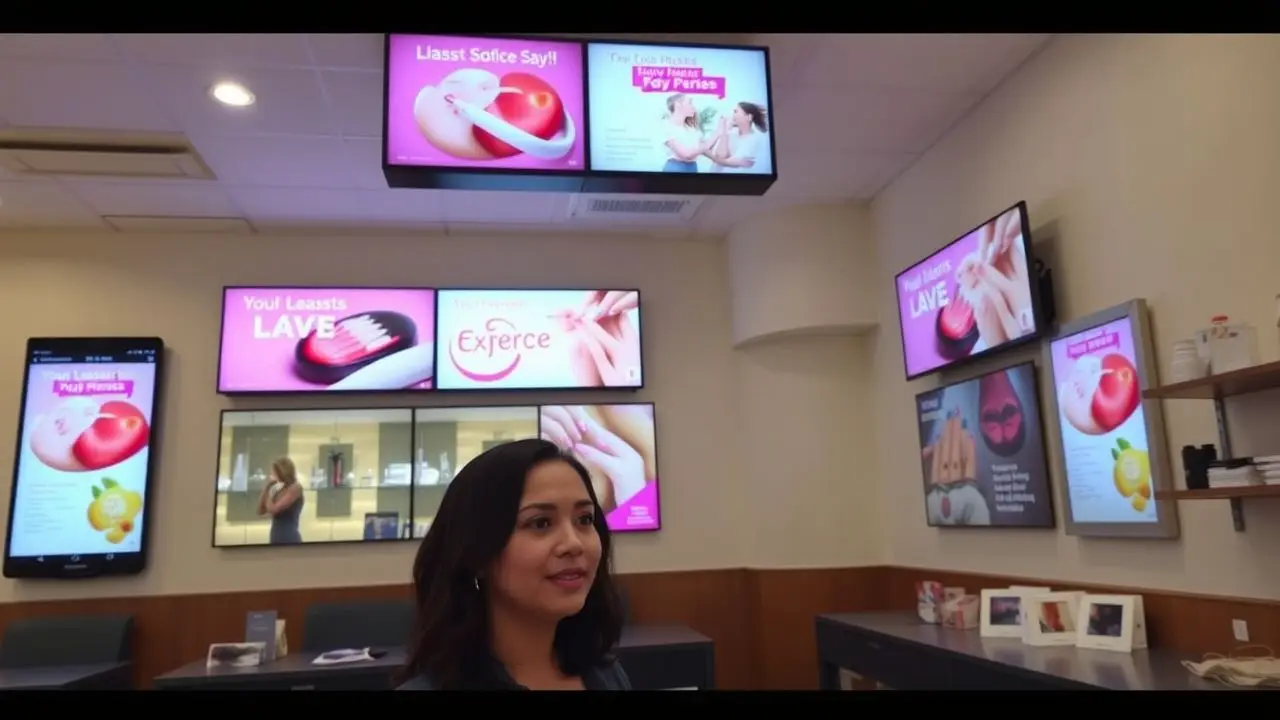
Digital signs boost upsells in hair and nail salons. They grab customer attention quickly. Salons can show the latest services and products easily. Customers see promotions that catch their eye.
This leads to more sales and happier clients. Embracing digital signage is a smart move for any salon looking to grow.
FAQs
1. How do digital signs increase upsells in hair and nail salons?
Digital signs can boost upsells in hair and nail salons by enhancing their retail presence. They display industry expertise, advertise services, and promote special offers to attract customers.
2. What strategies can be used to enhance the effectiveness of digital signs?
To make digital signs more effective, salons can use advertisement strategies such as displaying high-quality images of services offered, showcasing customer testimonials, or promoting limited-time discounts.
3. Can digital signs help showcase a salon’s industry expertise?
Yes! Digital signs are an excellent platform for displaying a salon’s industry expertise. They can highlight professional certifications, awards won, or unique techniques that set them apart from competitors.
4. Do all hair & nail salons need digital signage for upselling?
While it isn’t a necessity for all businesses; incorporating digital signage is an effective strategy to improve visibility and increase sales in today’s competitive market environment.
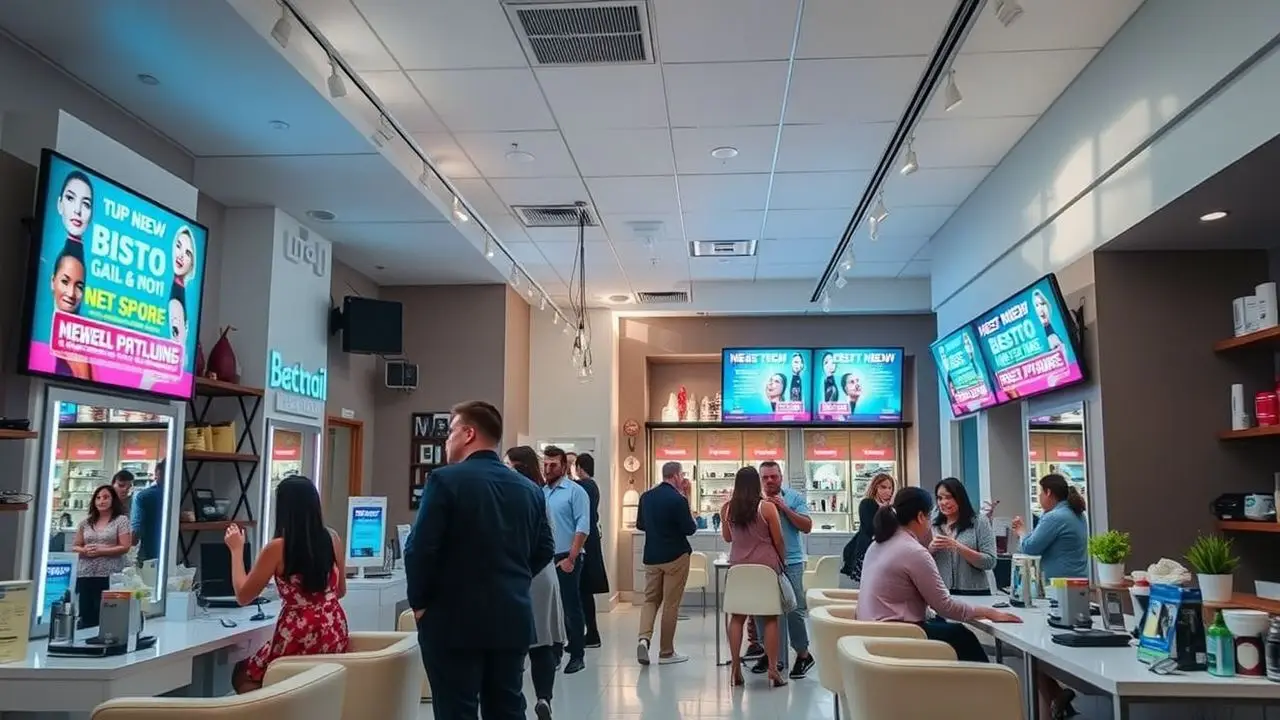
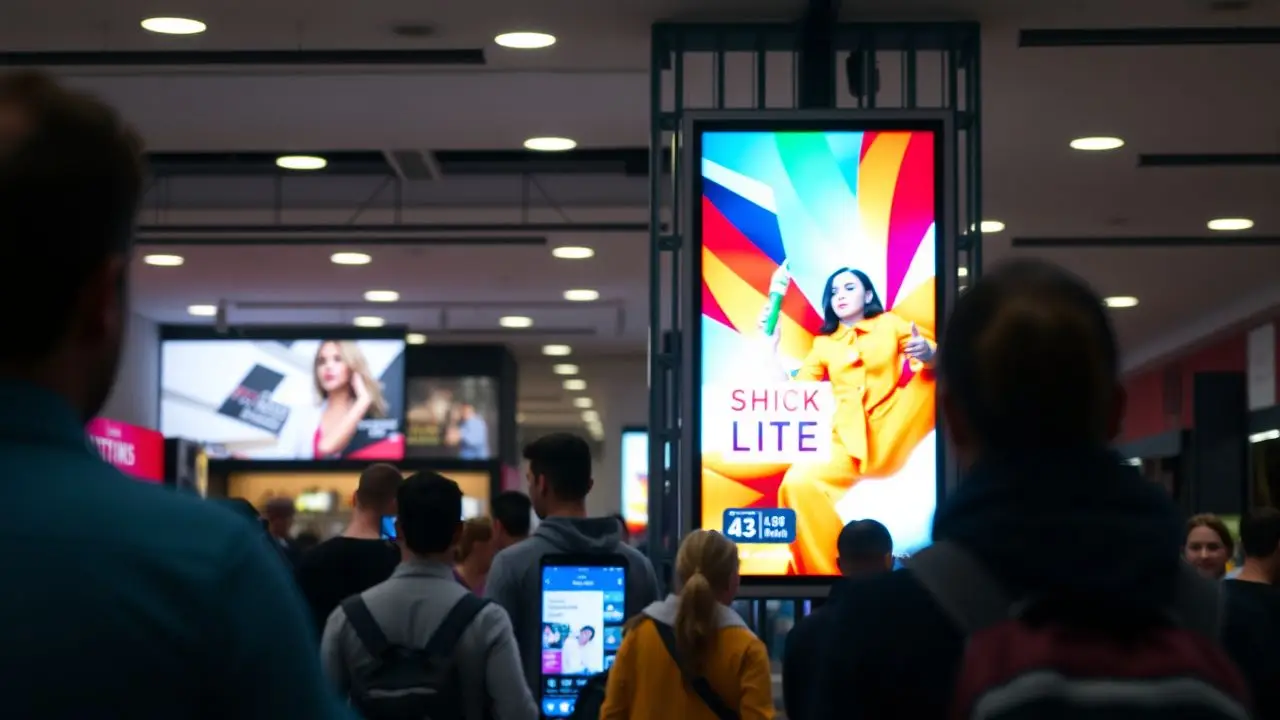
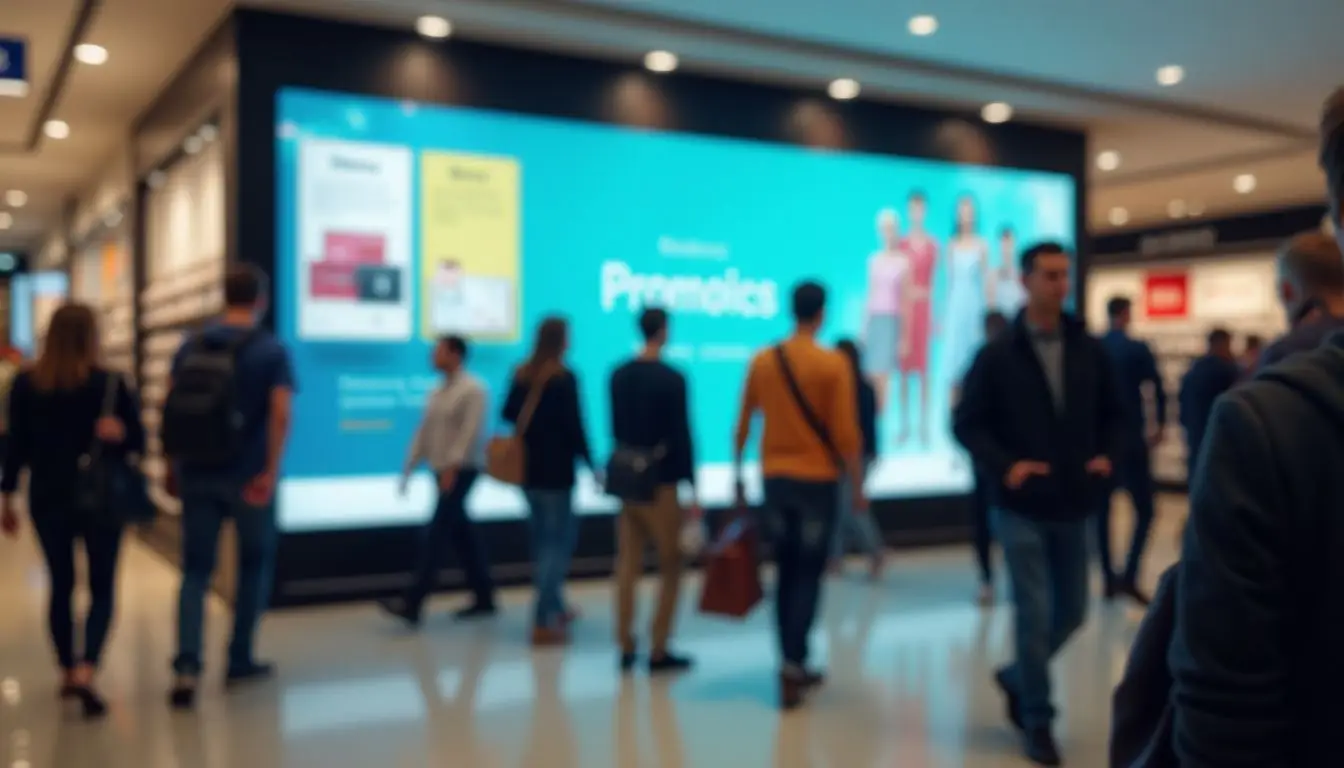
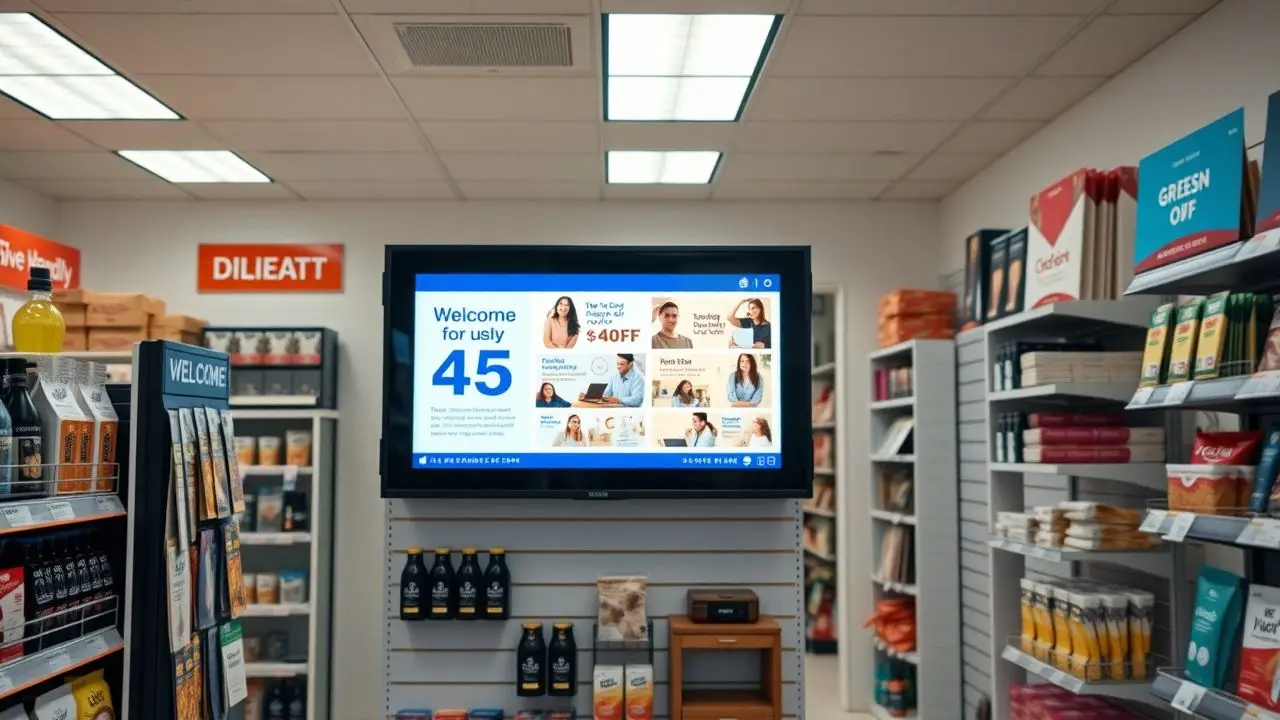
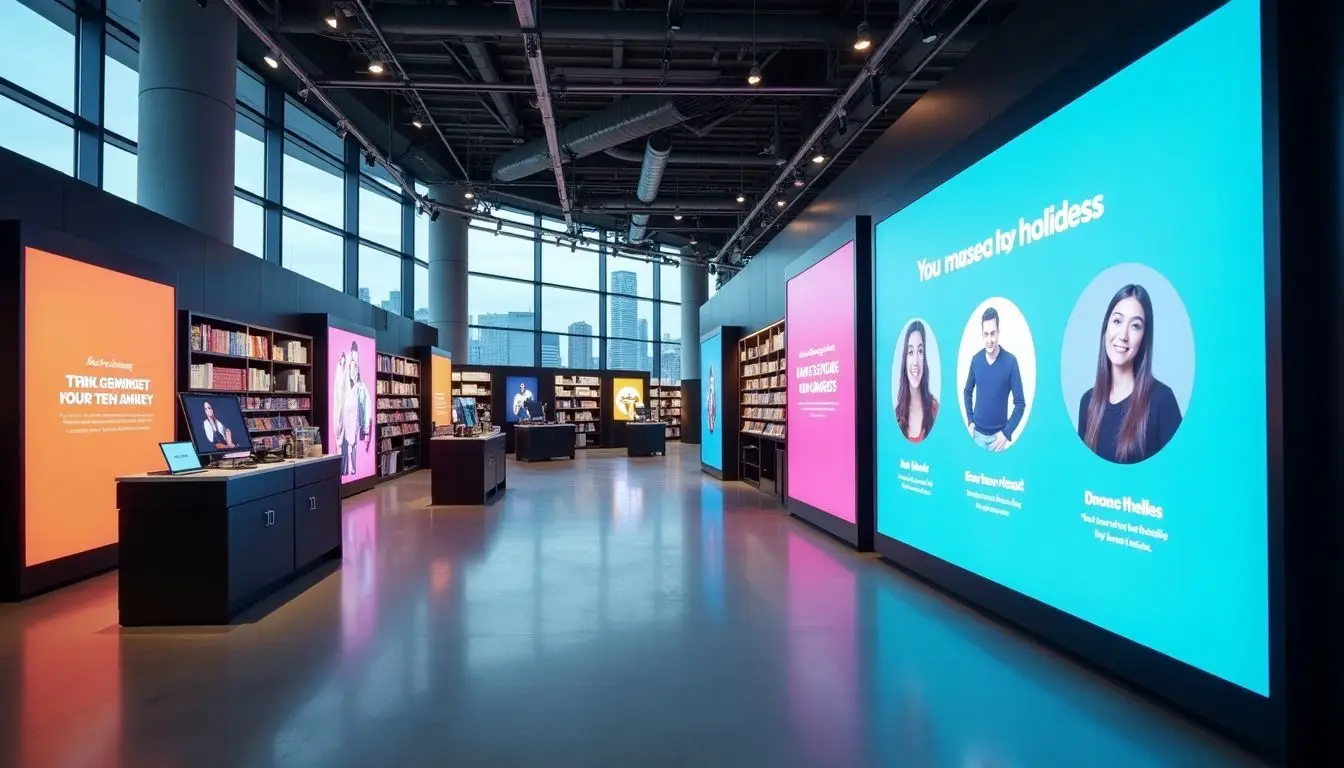

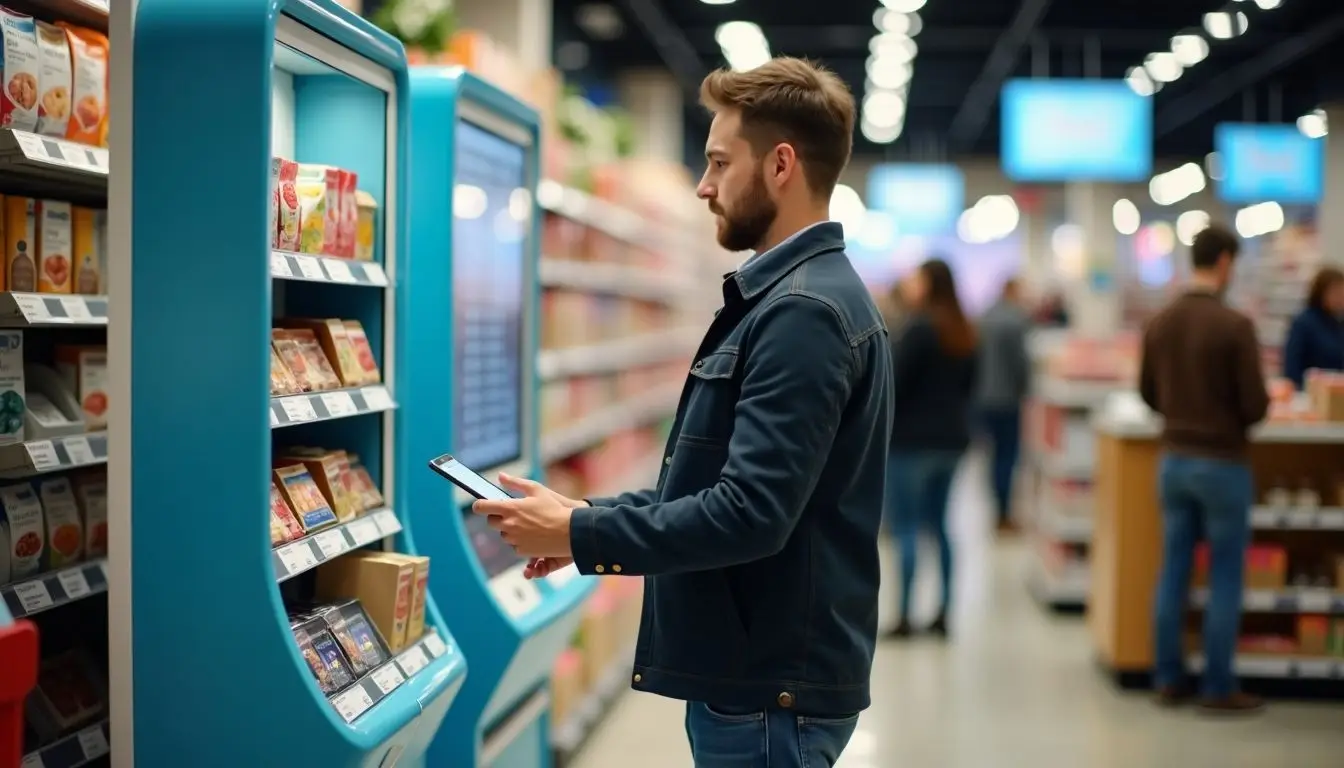
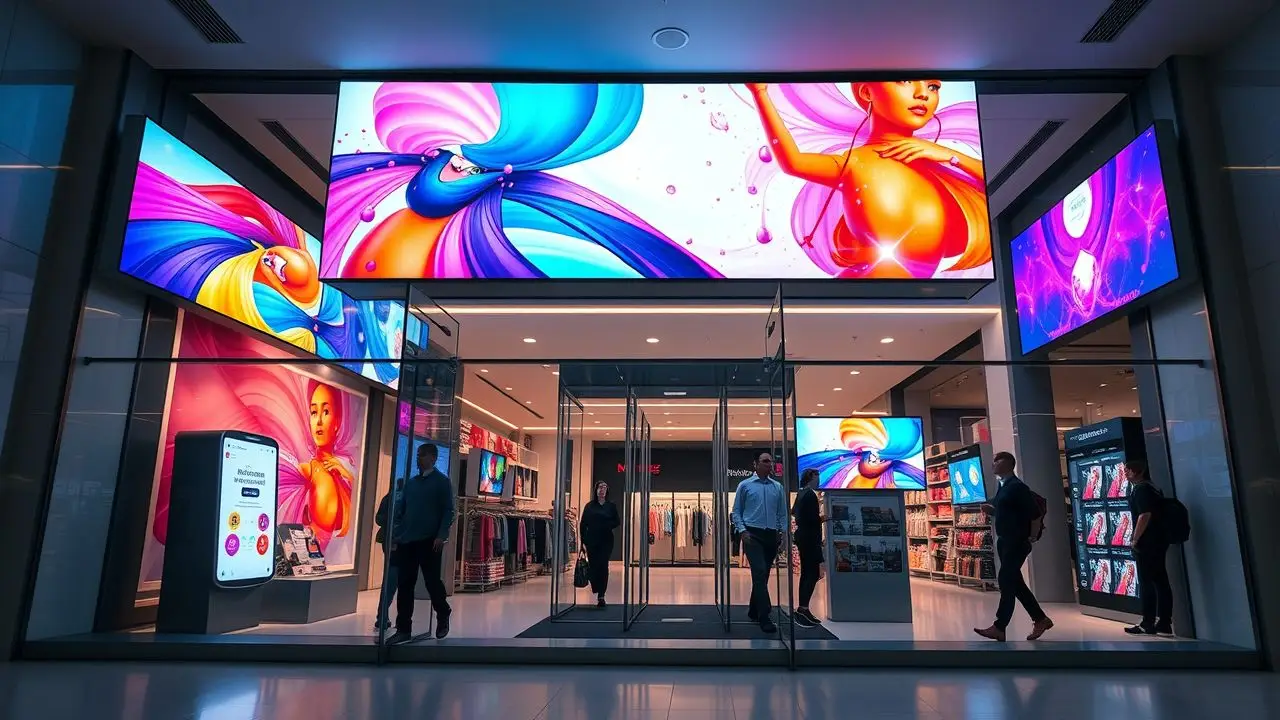

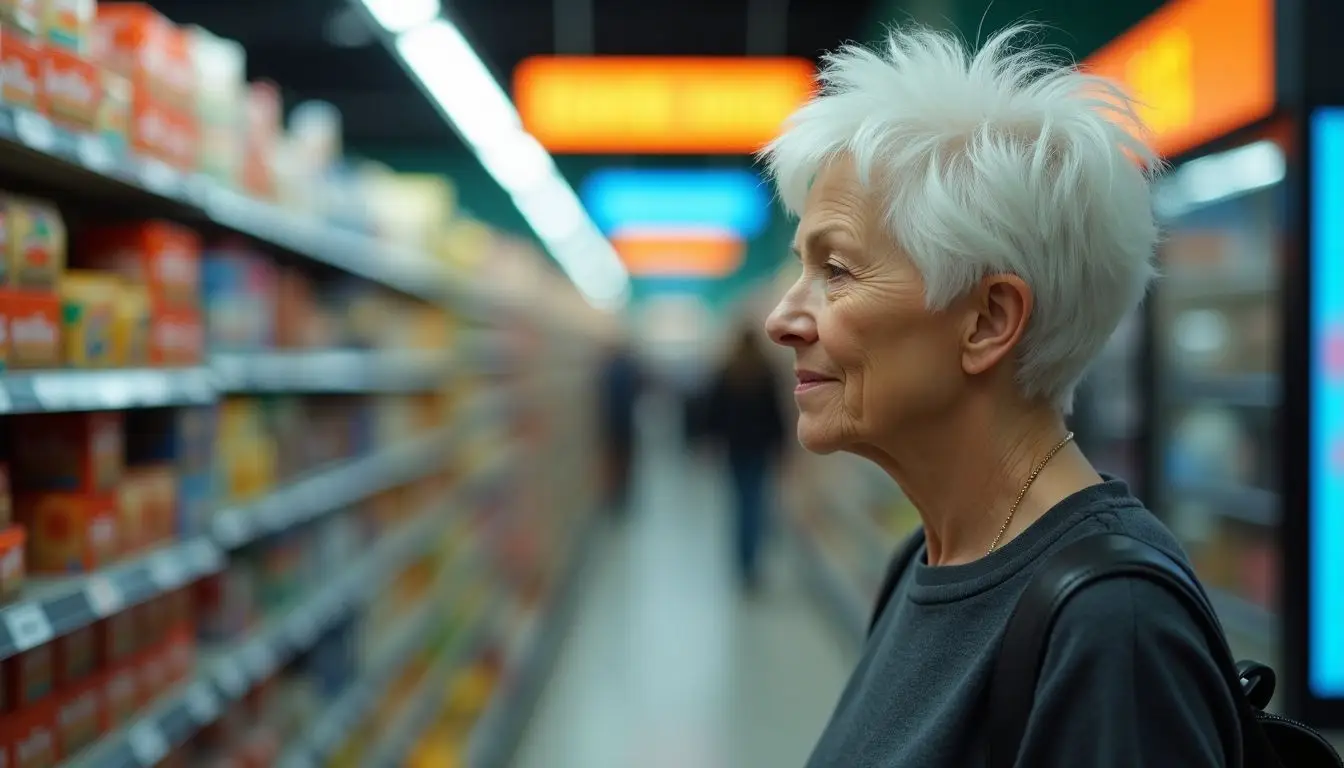
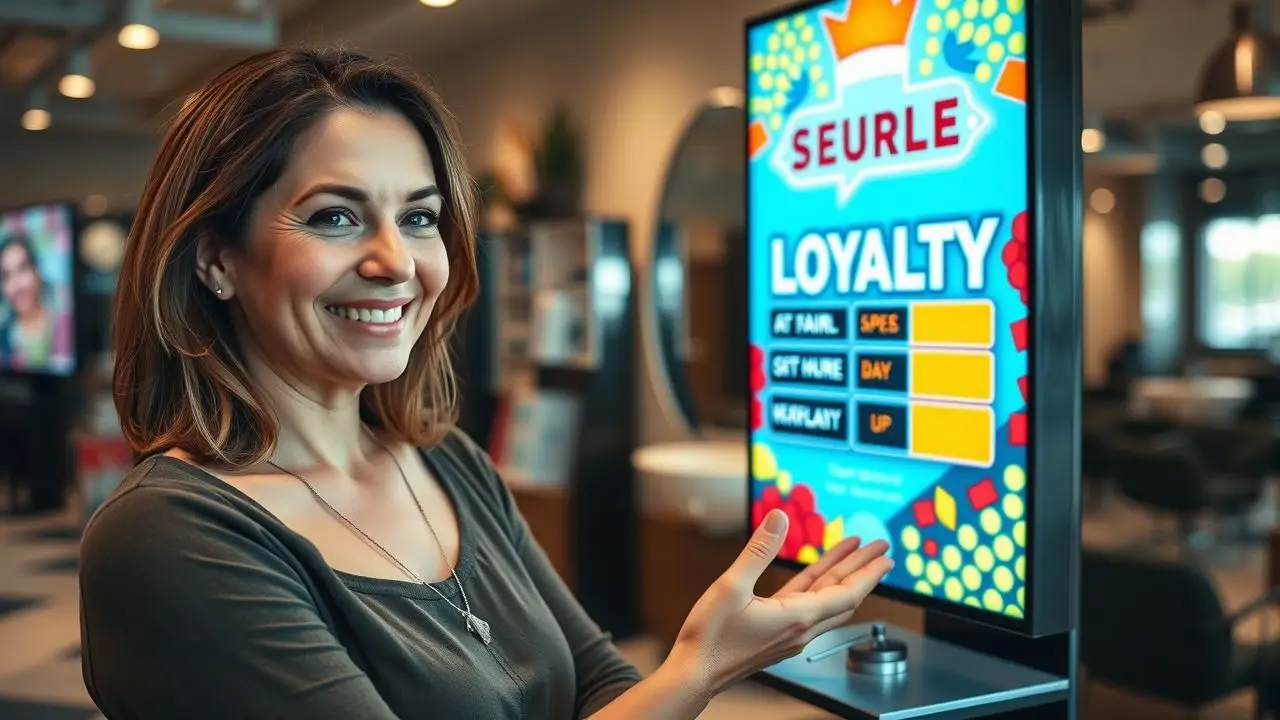

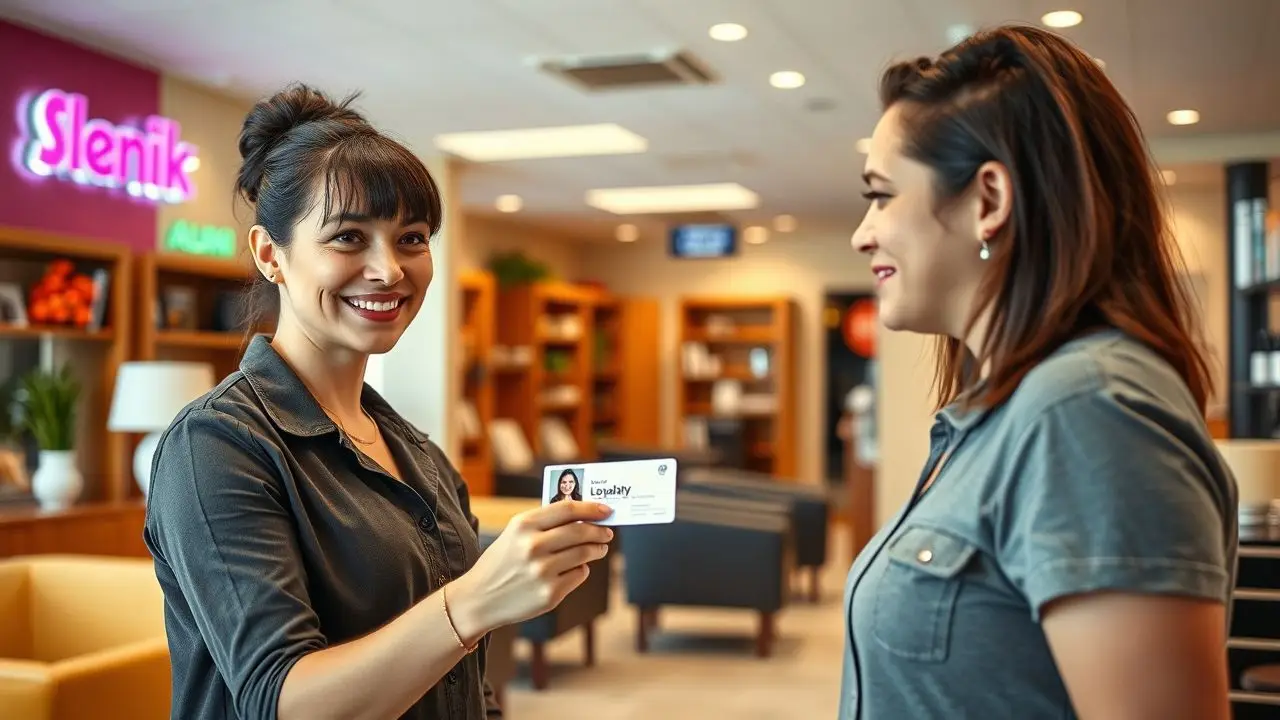
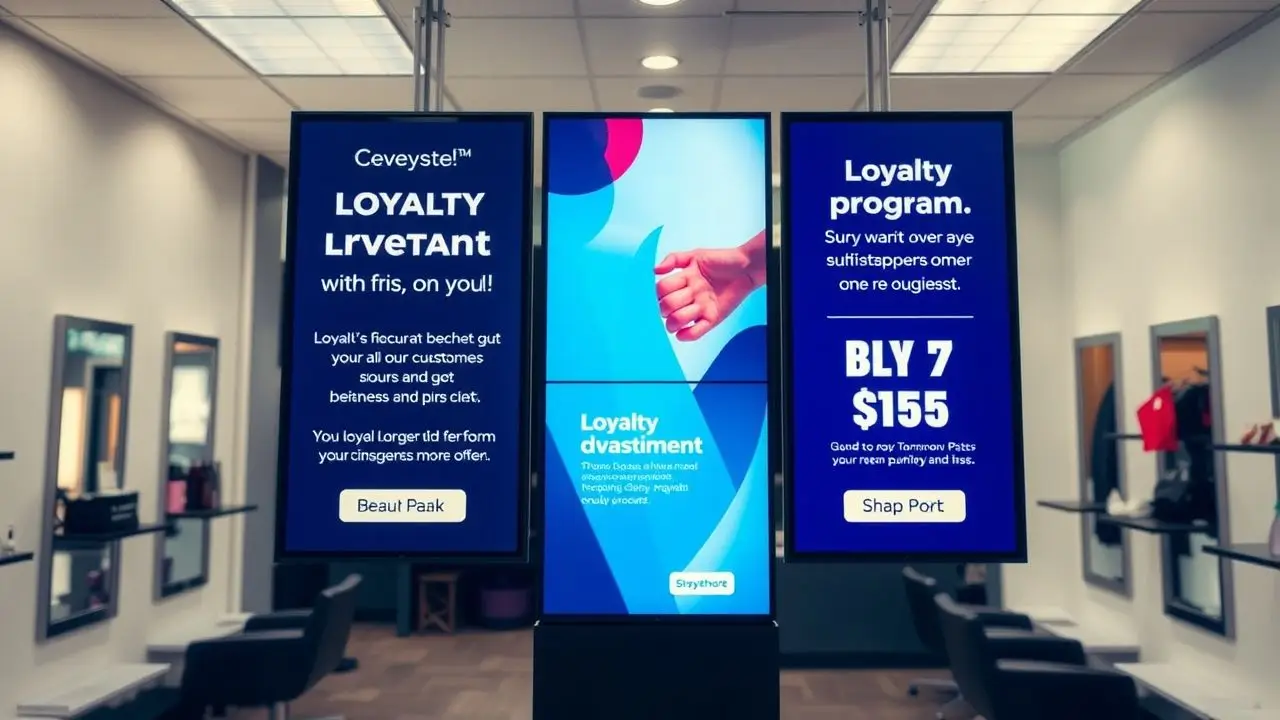
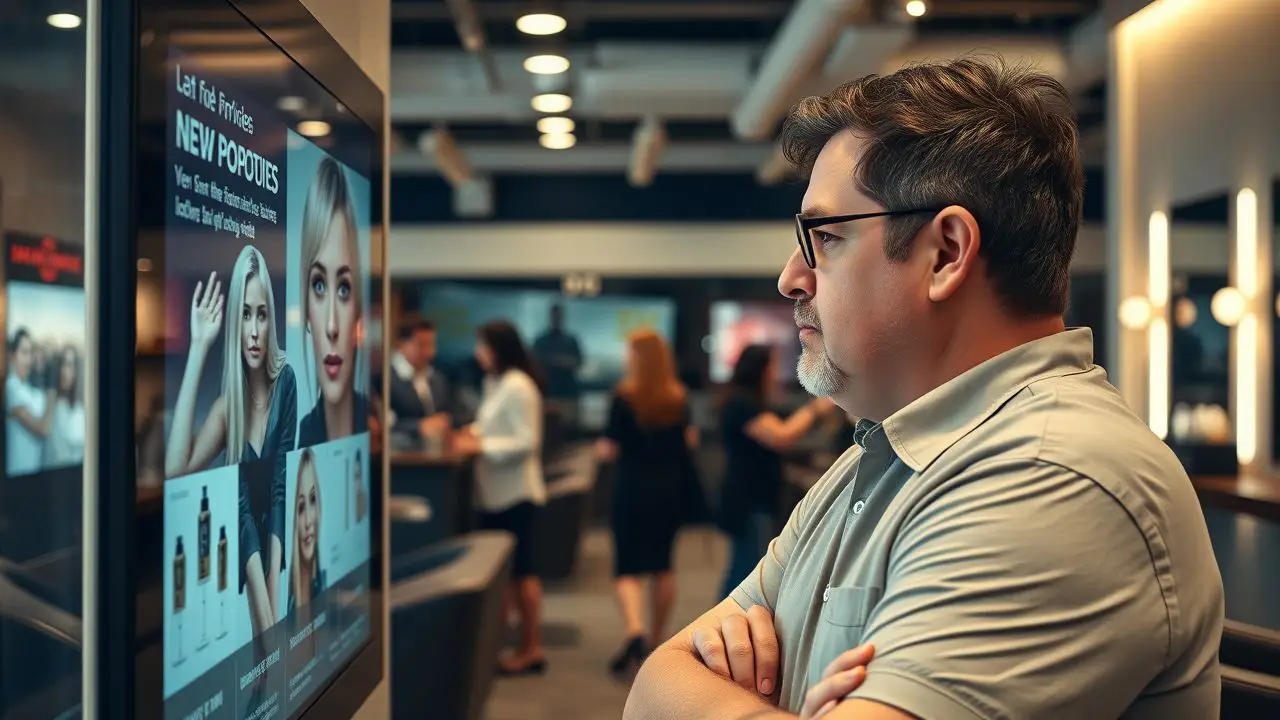
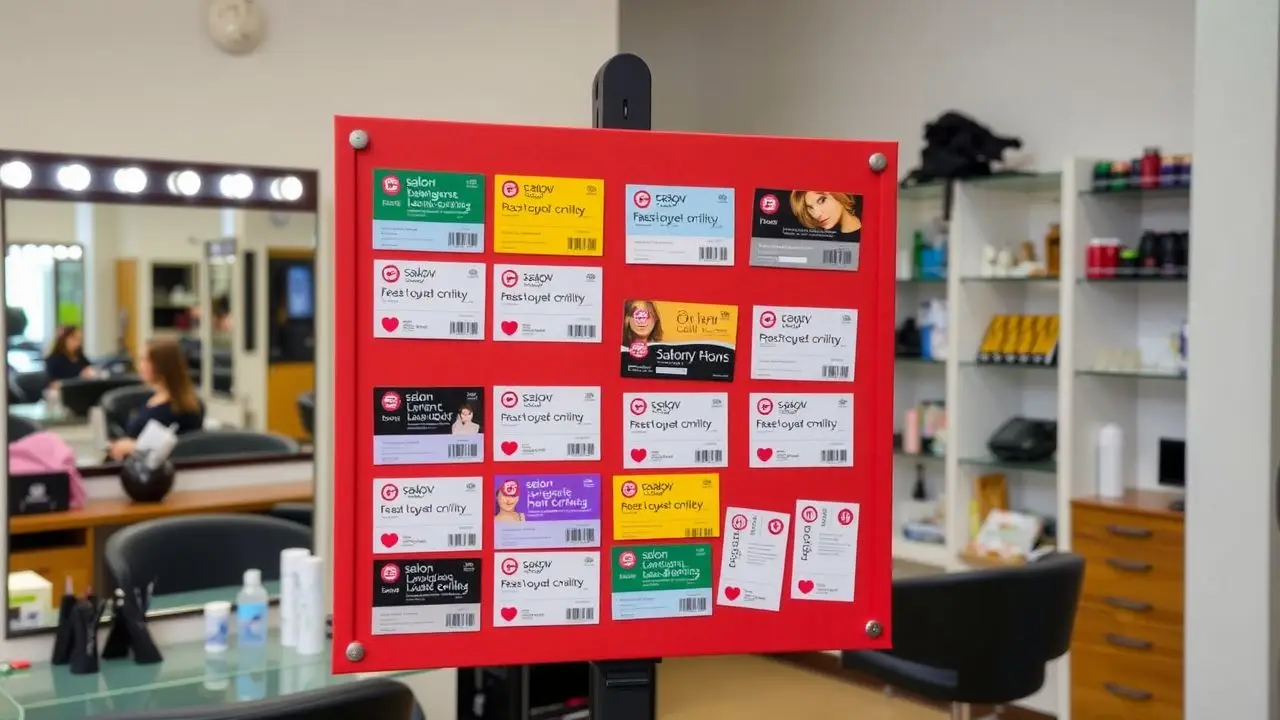
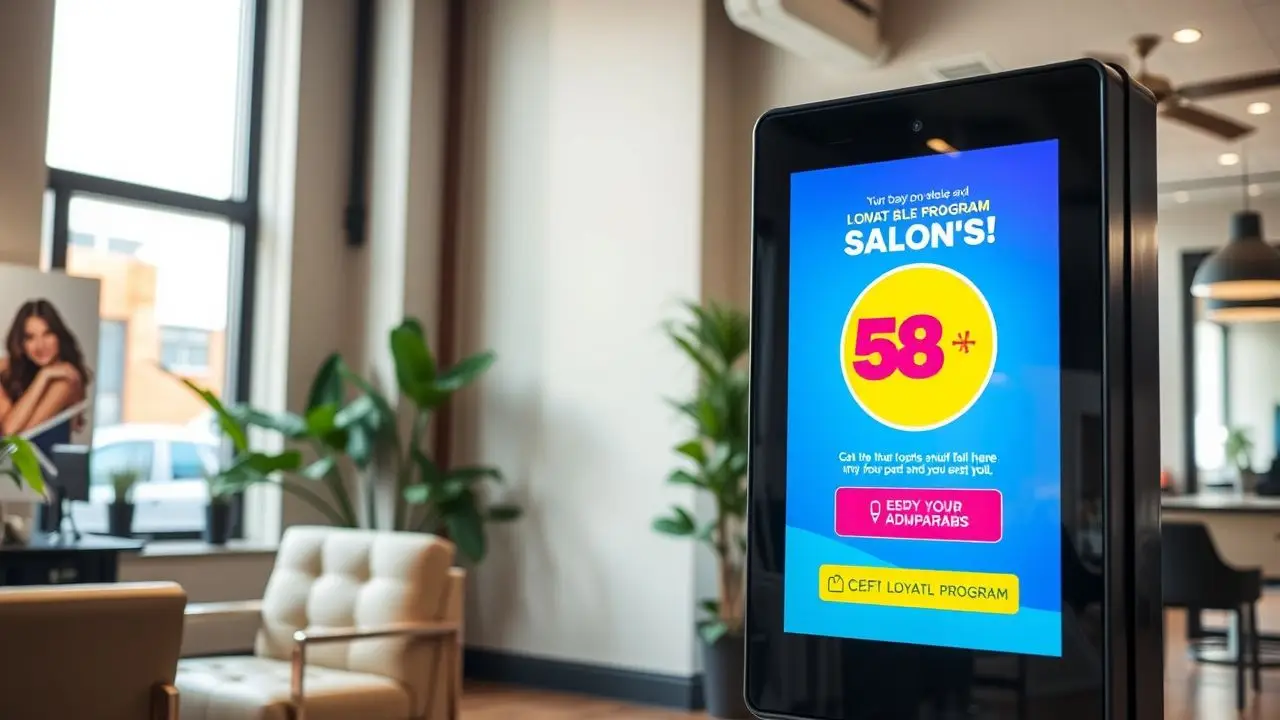

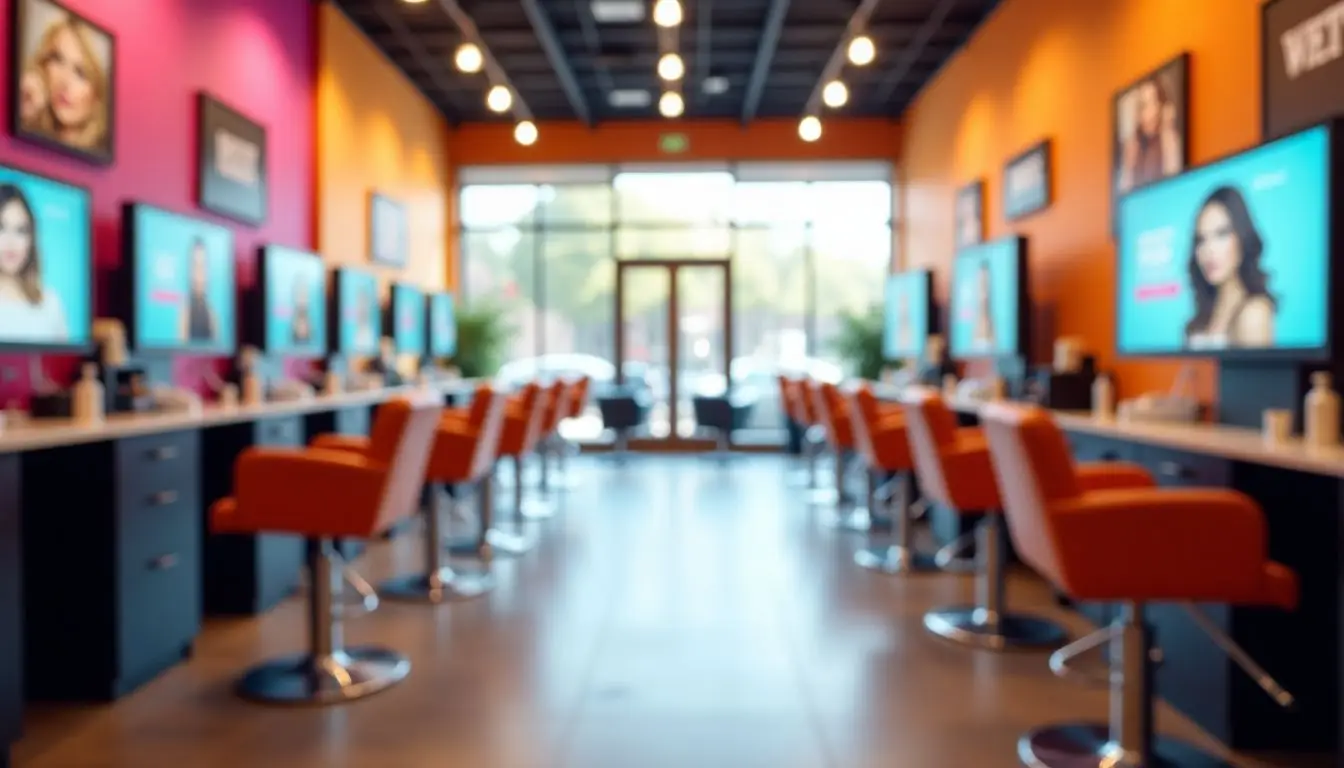





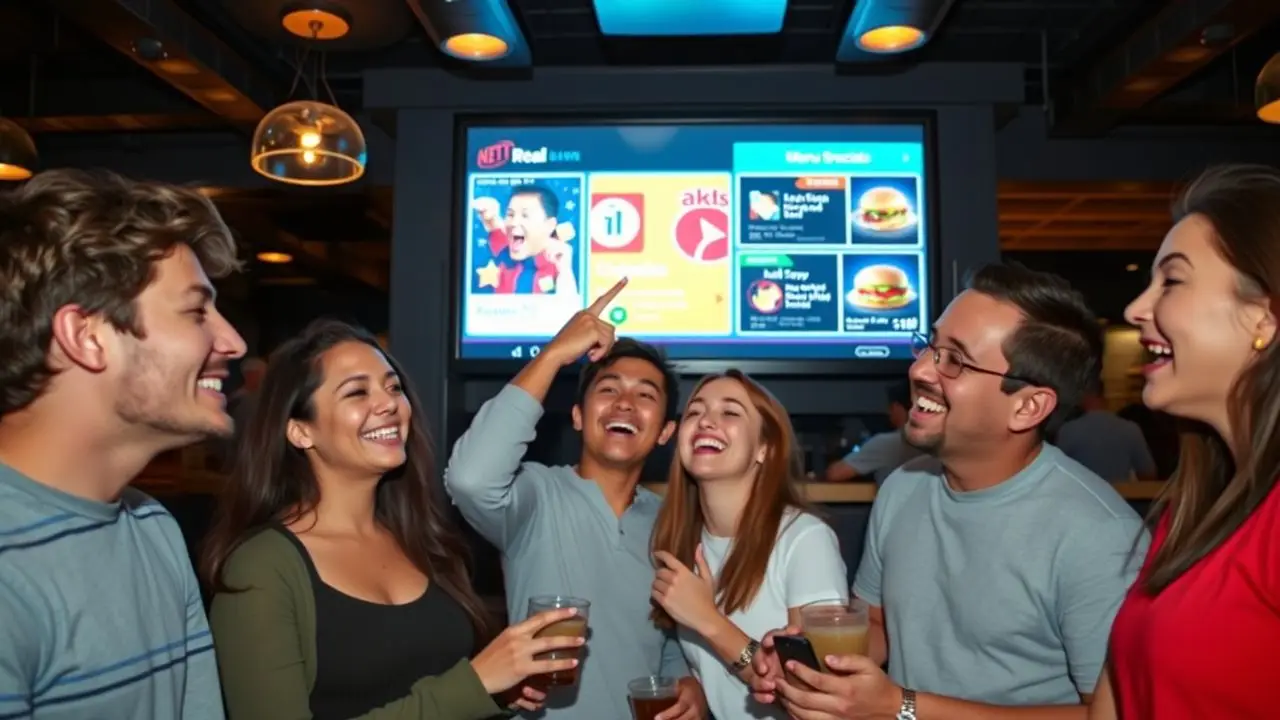
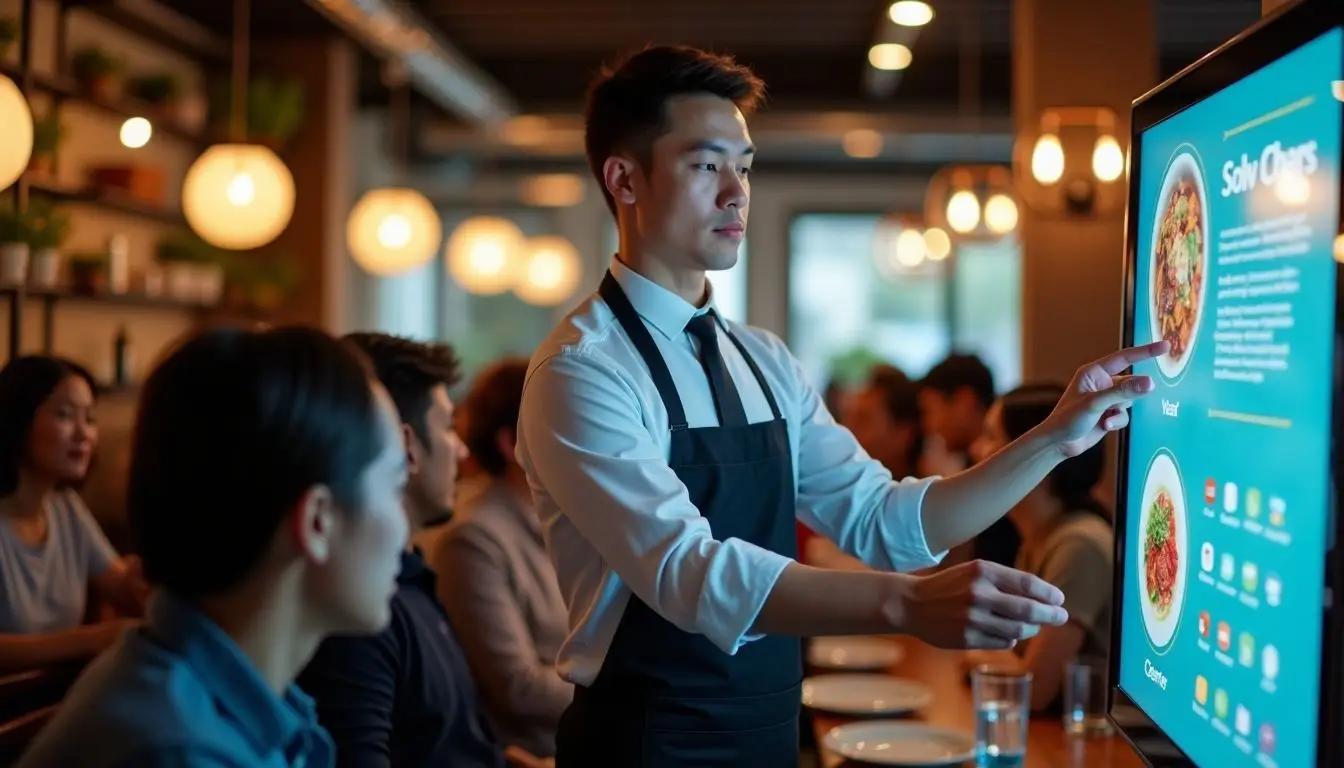
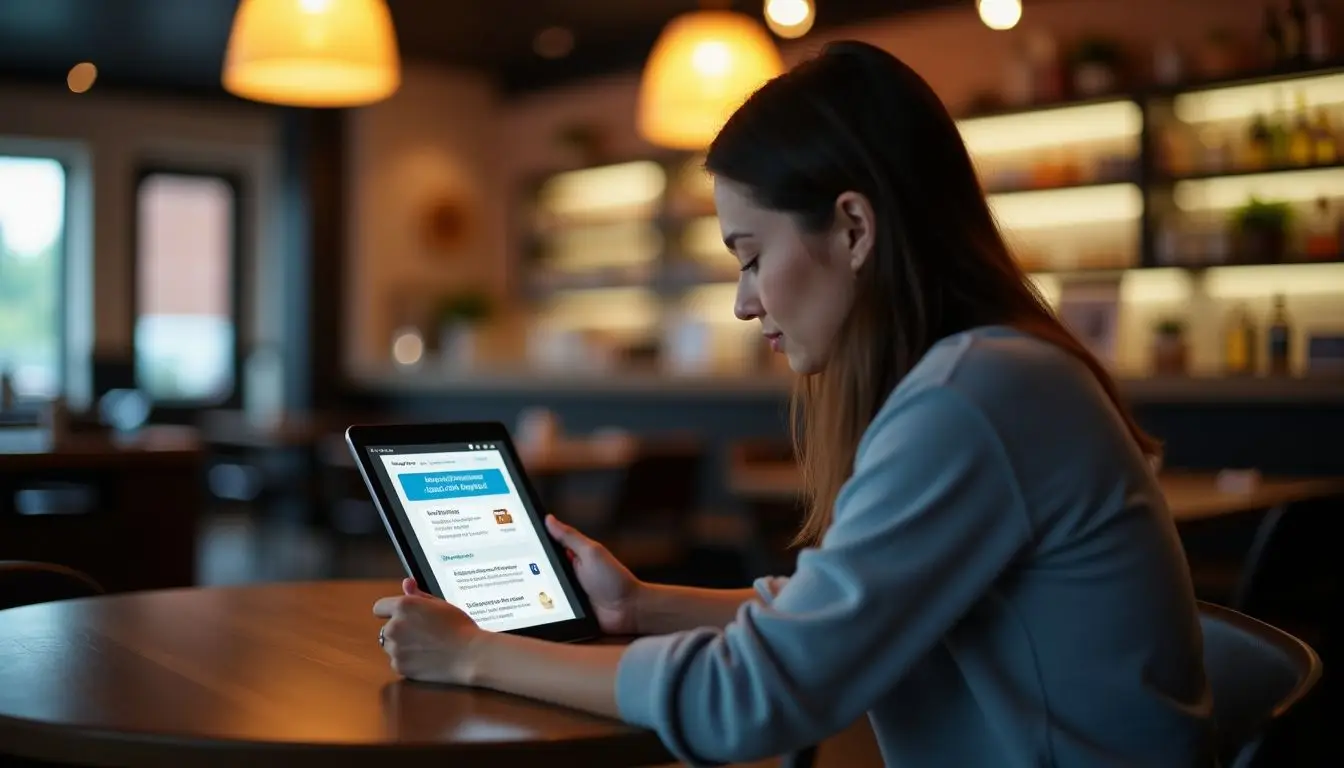
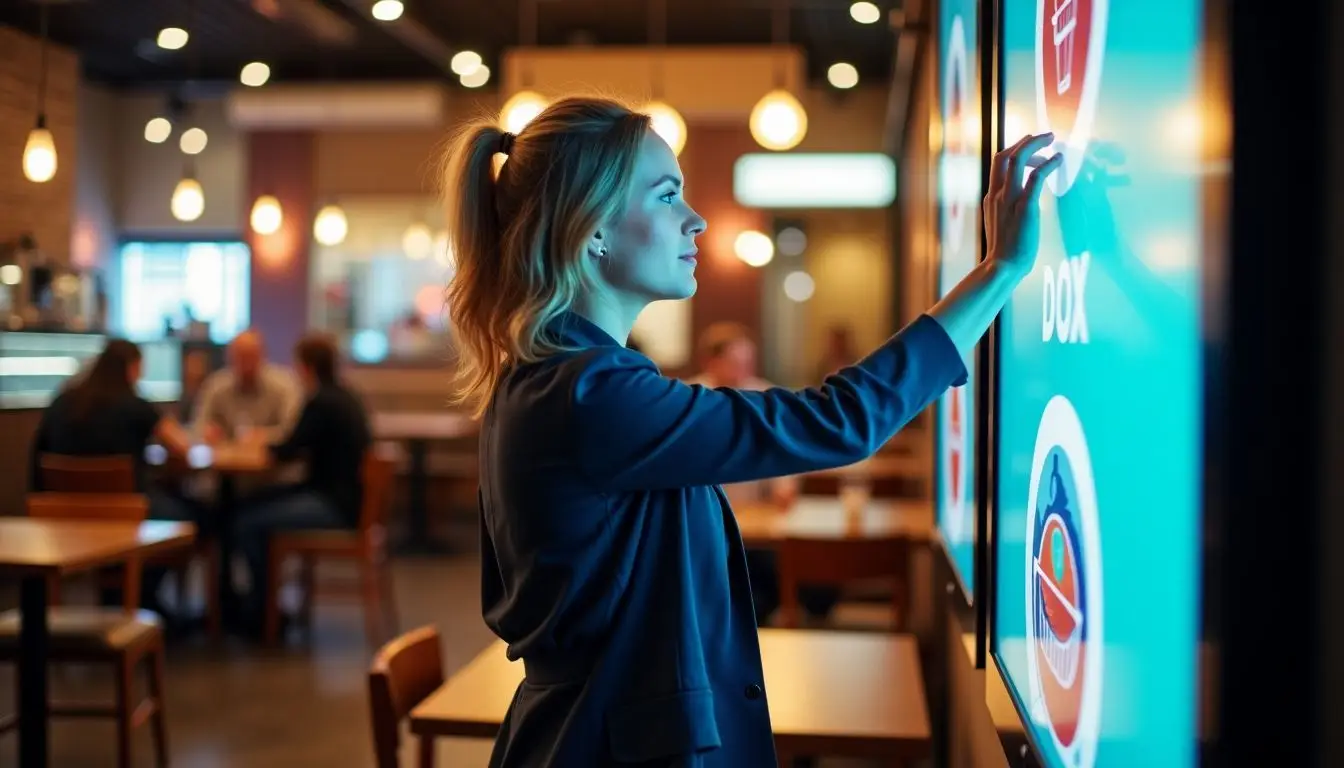
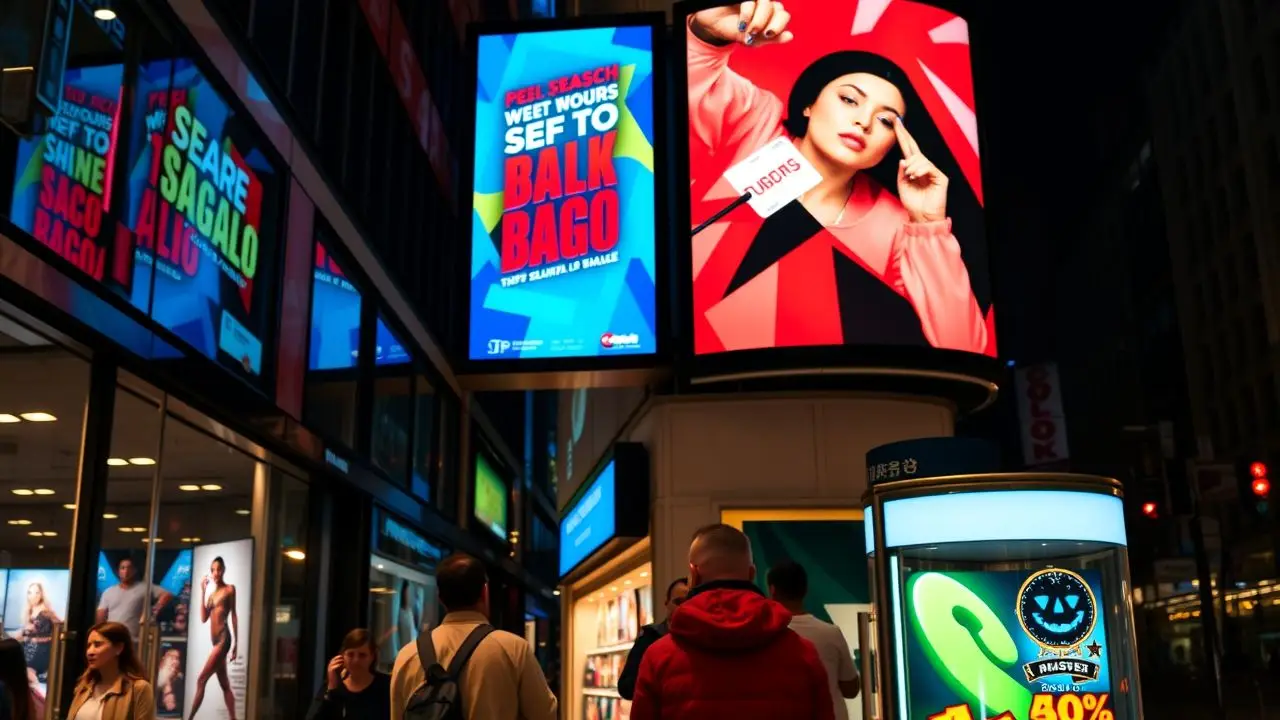


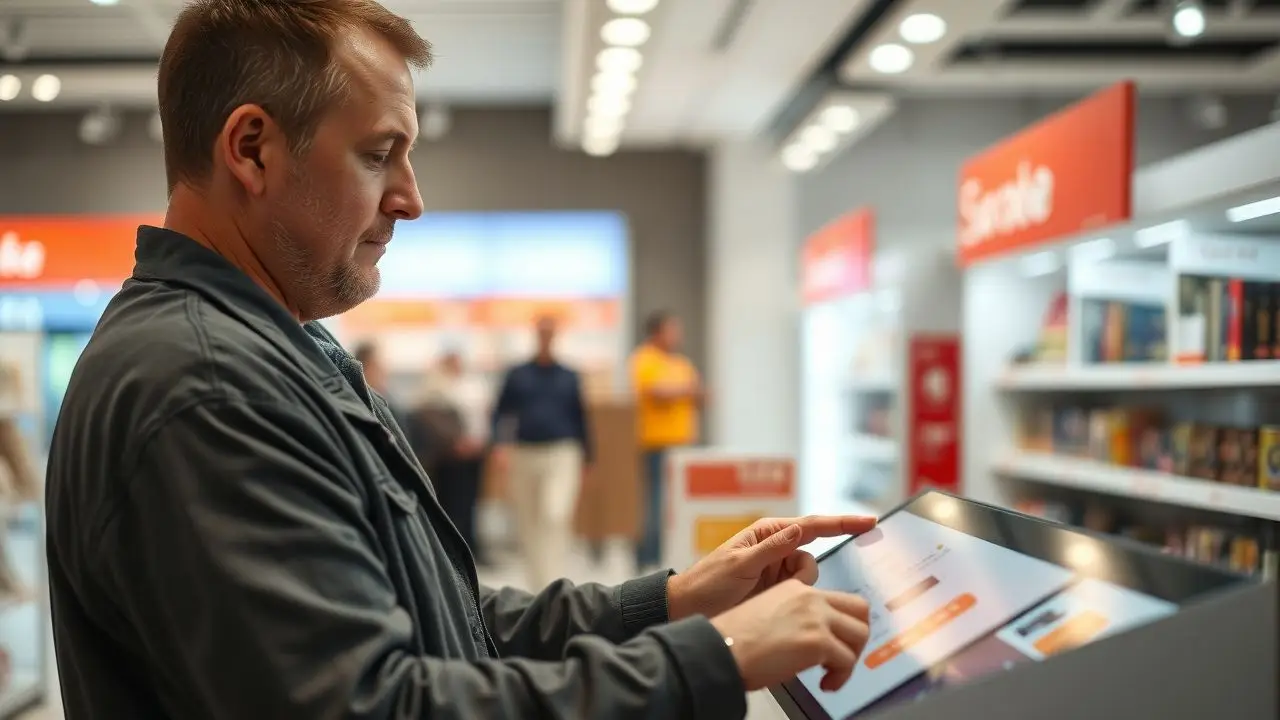
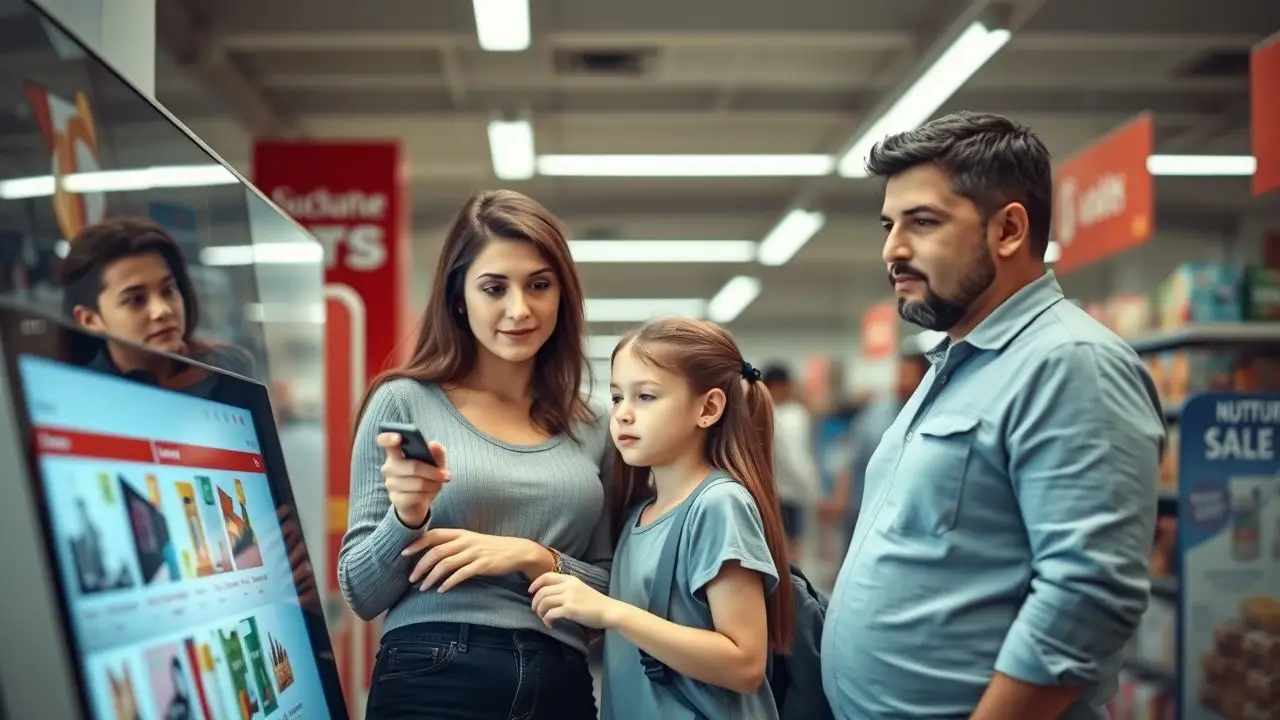
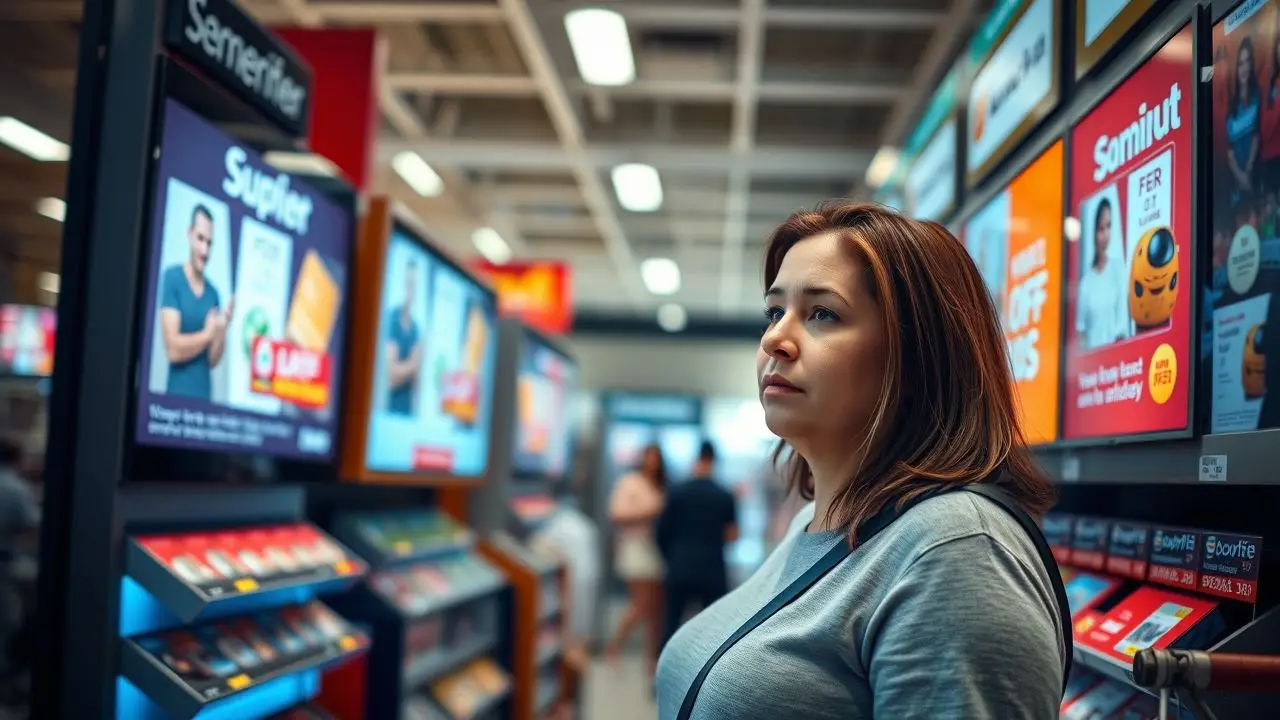
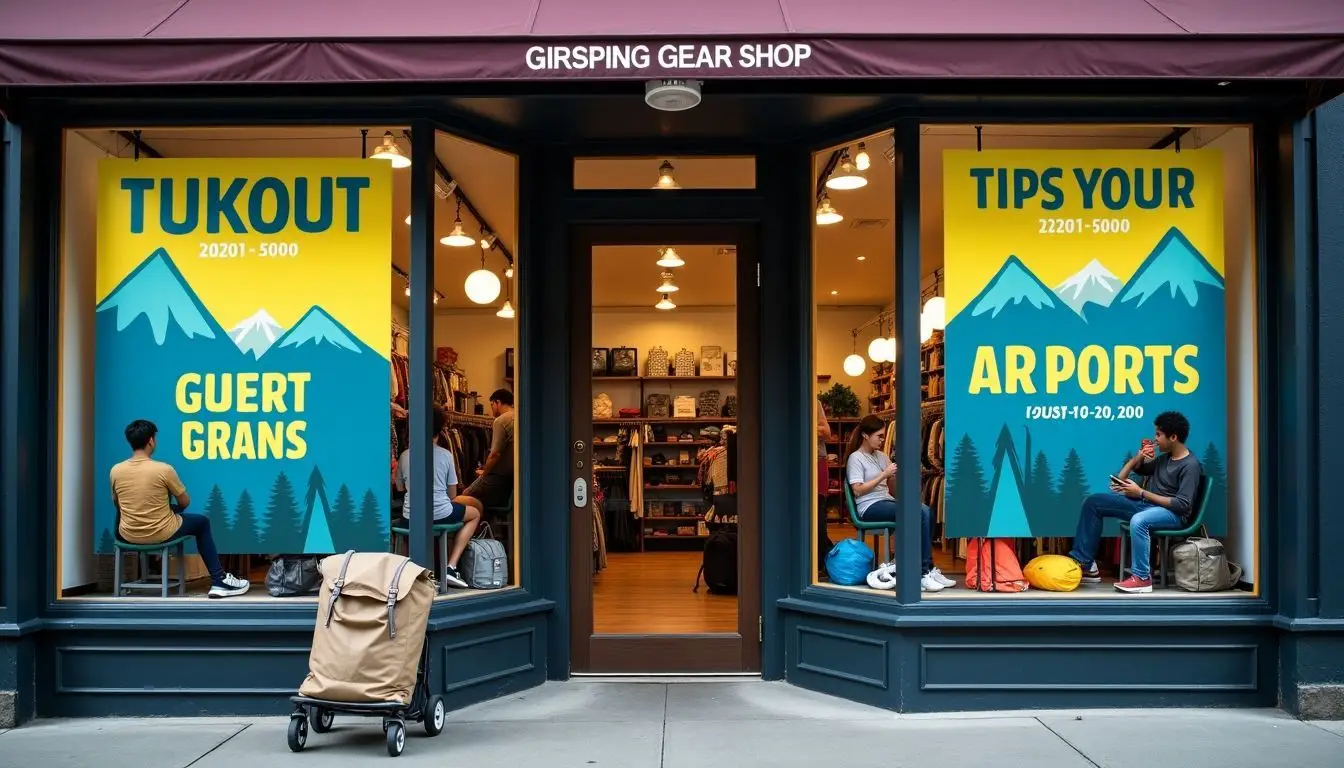
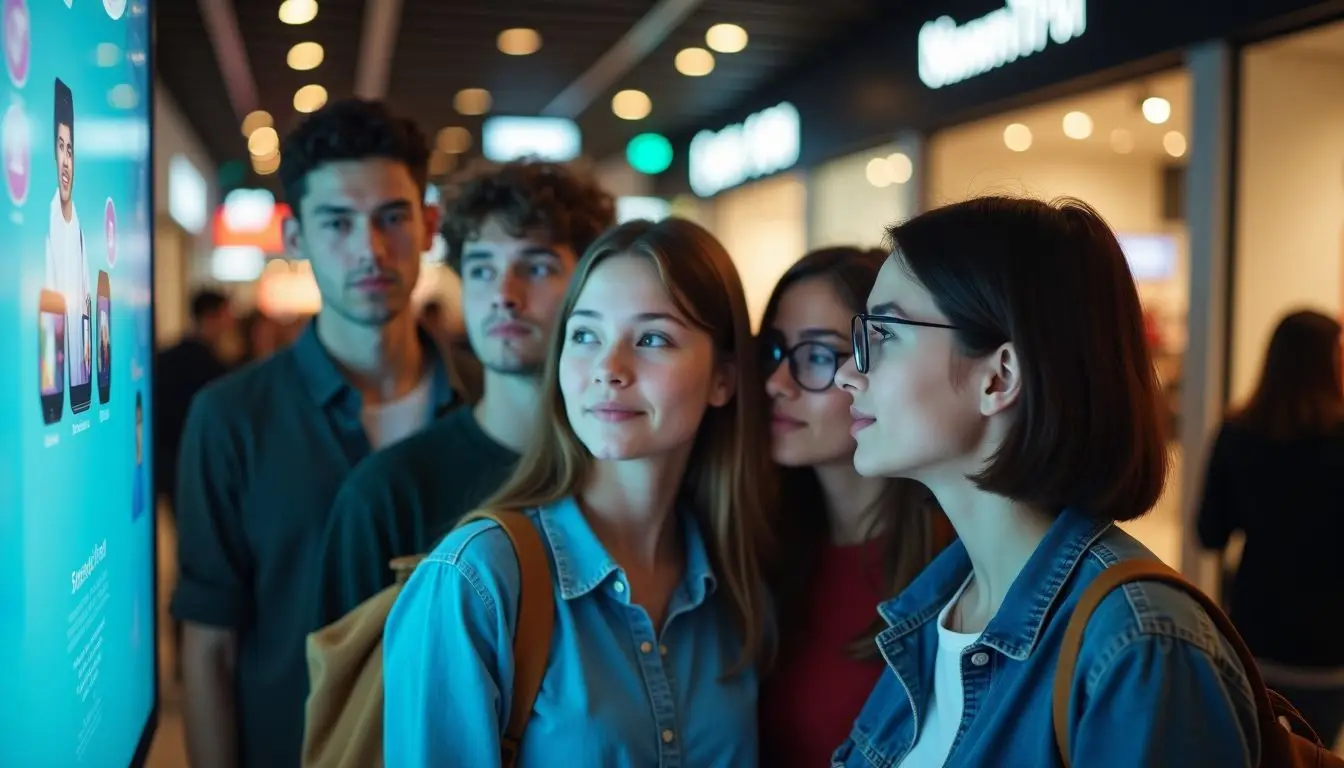
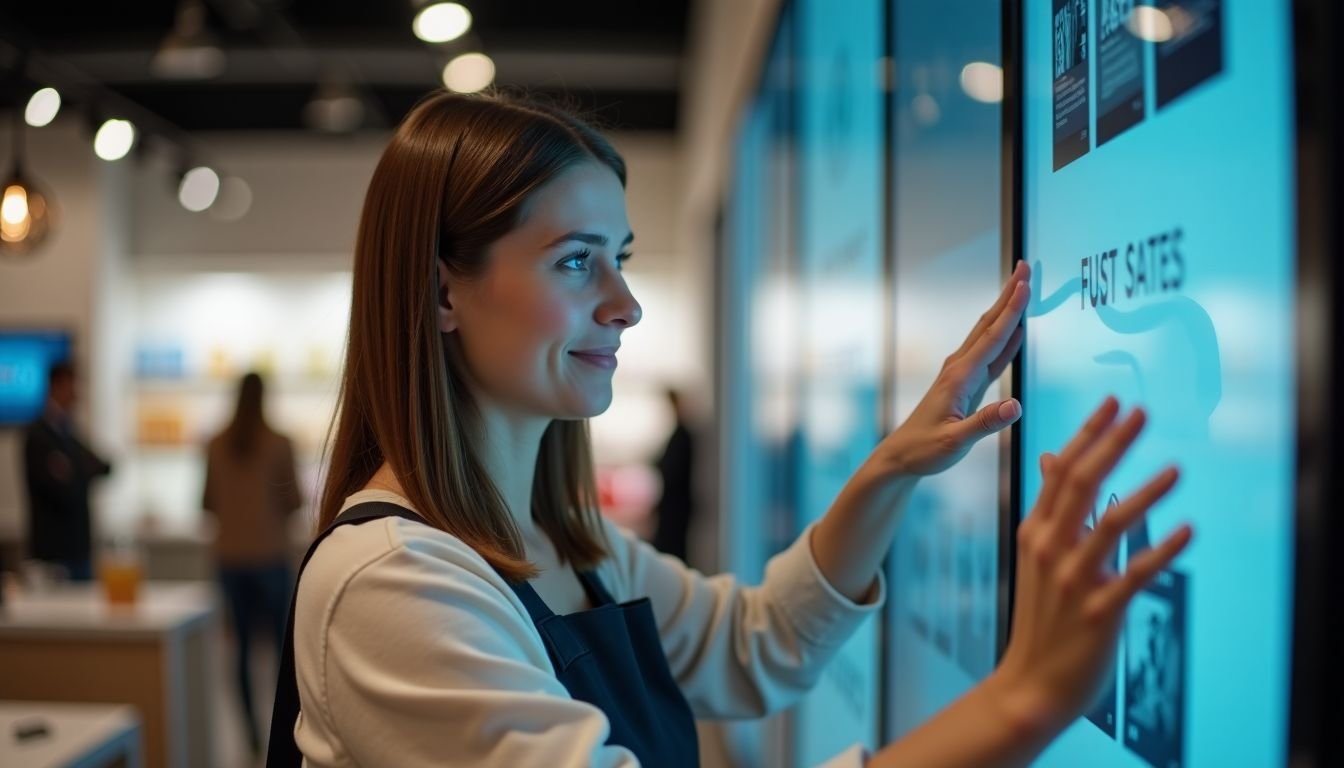
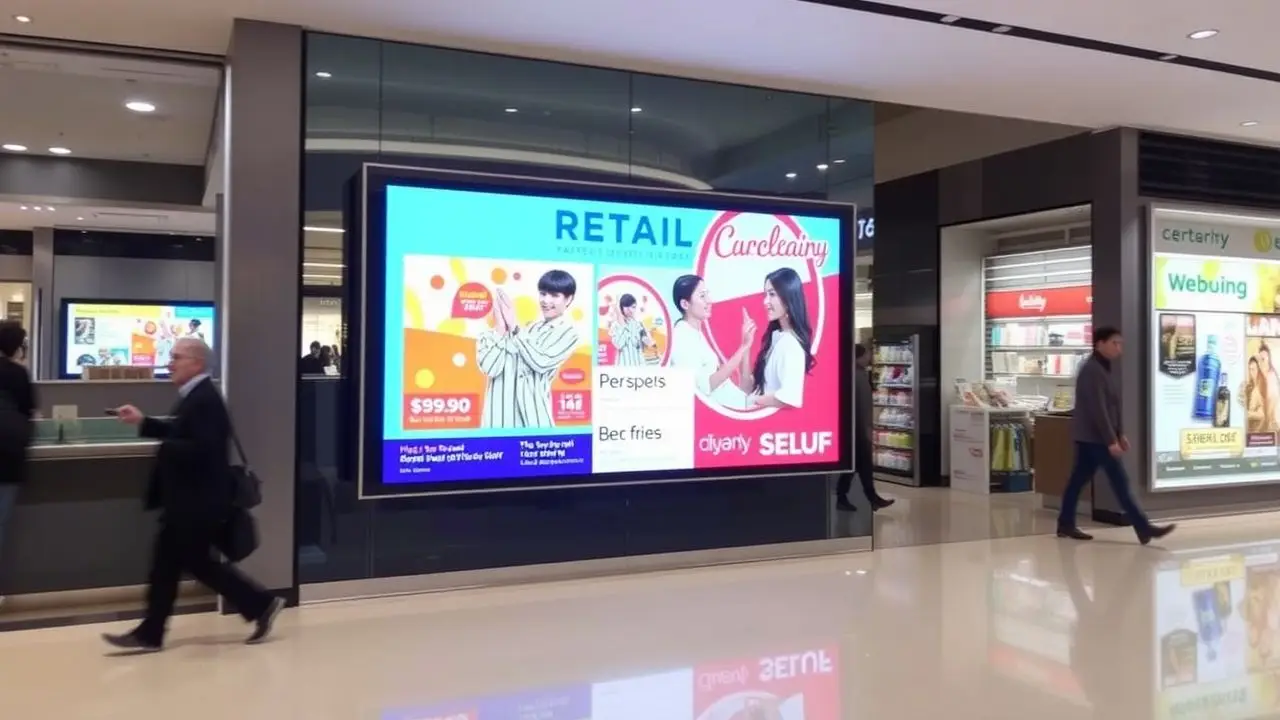
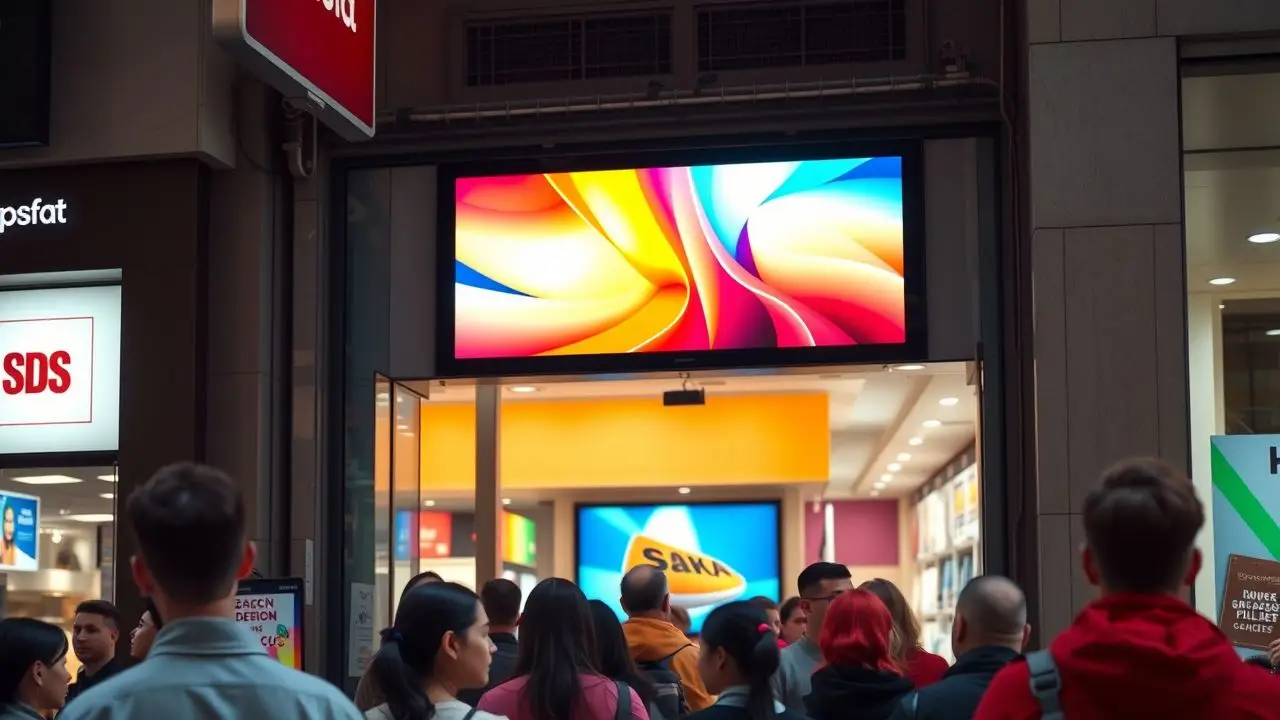

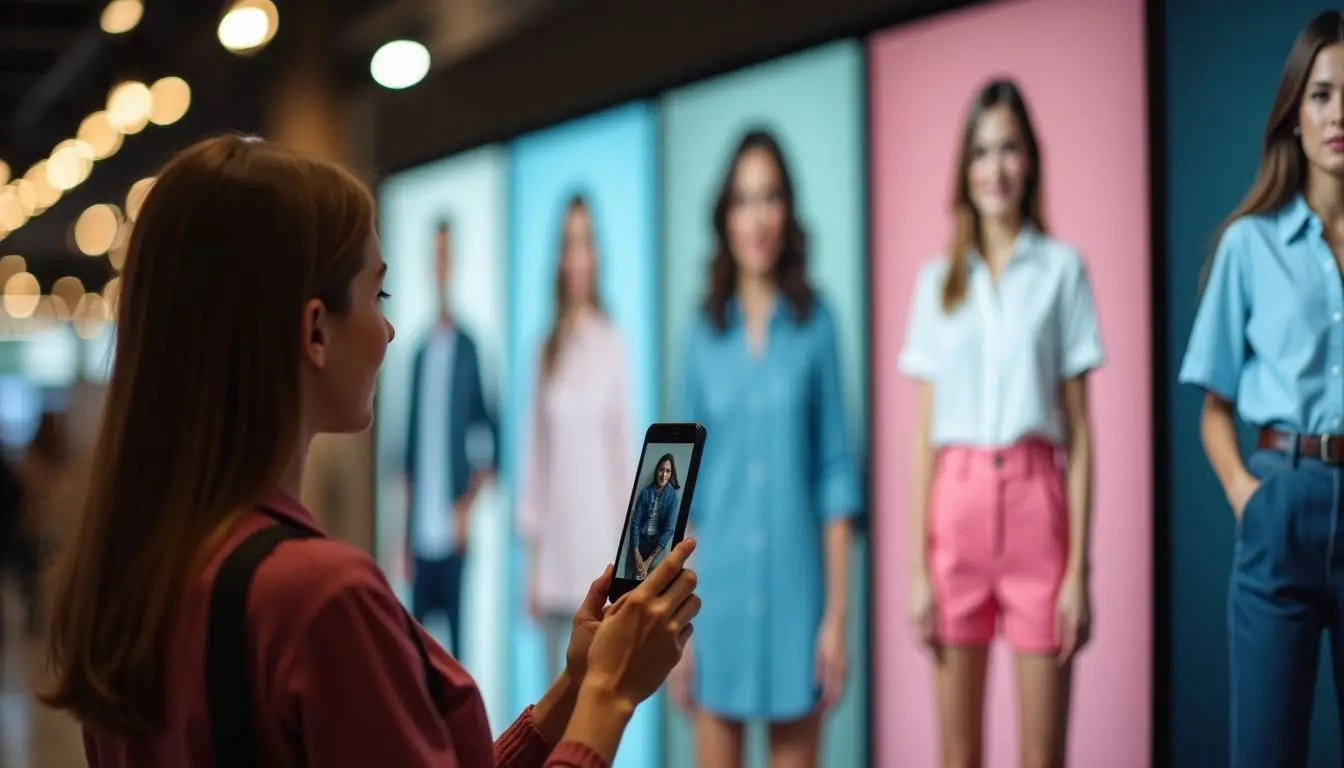

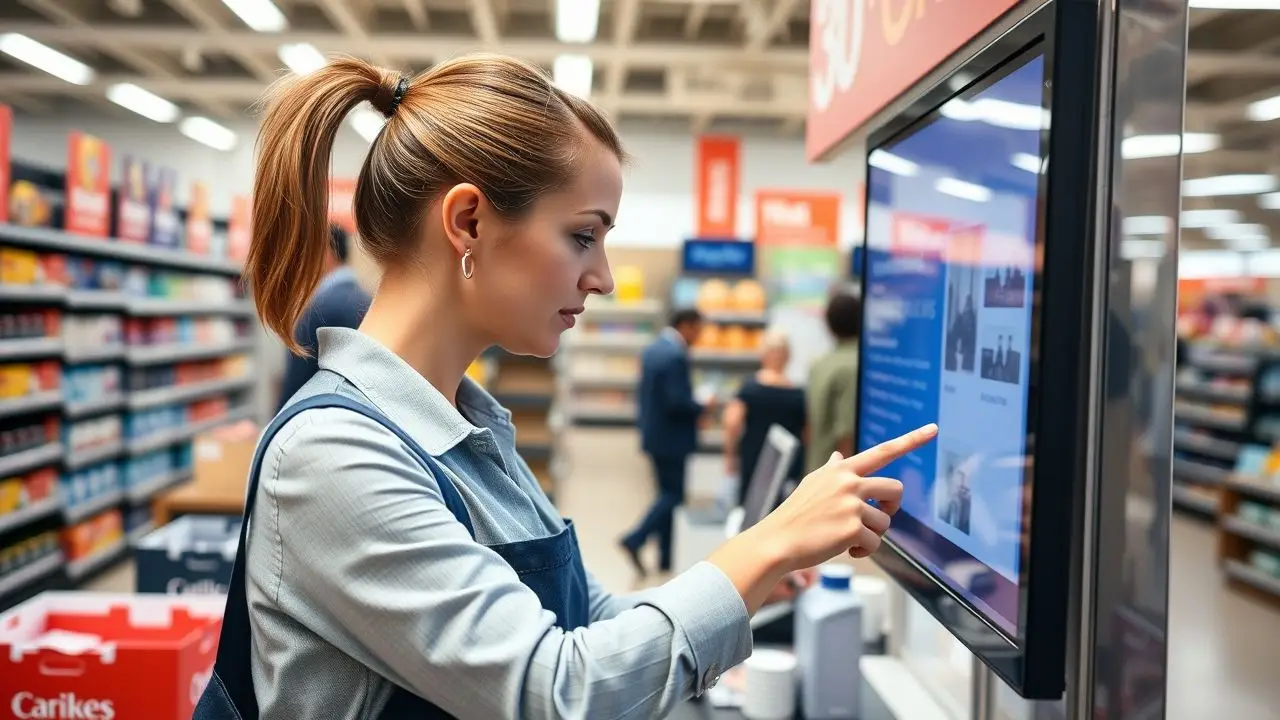


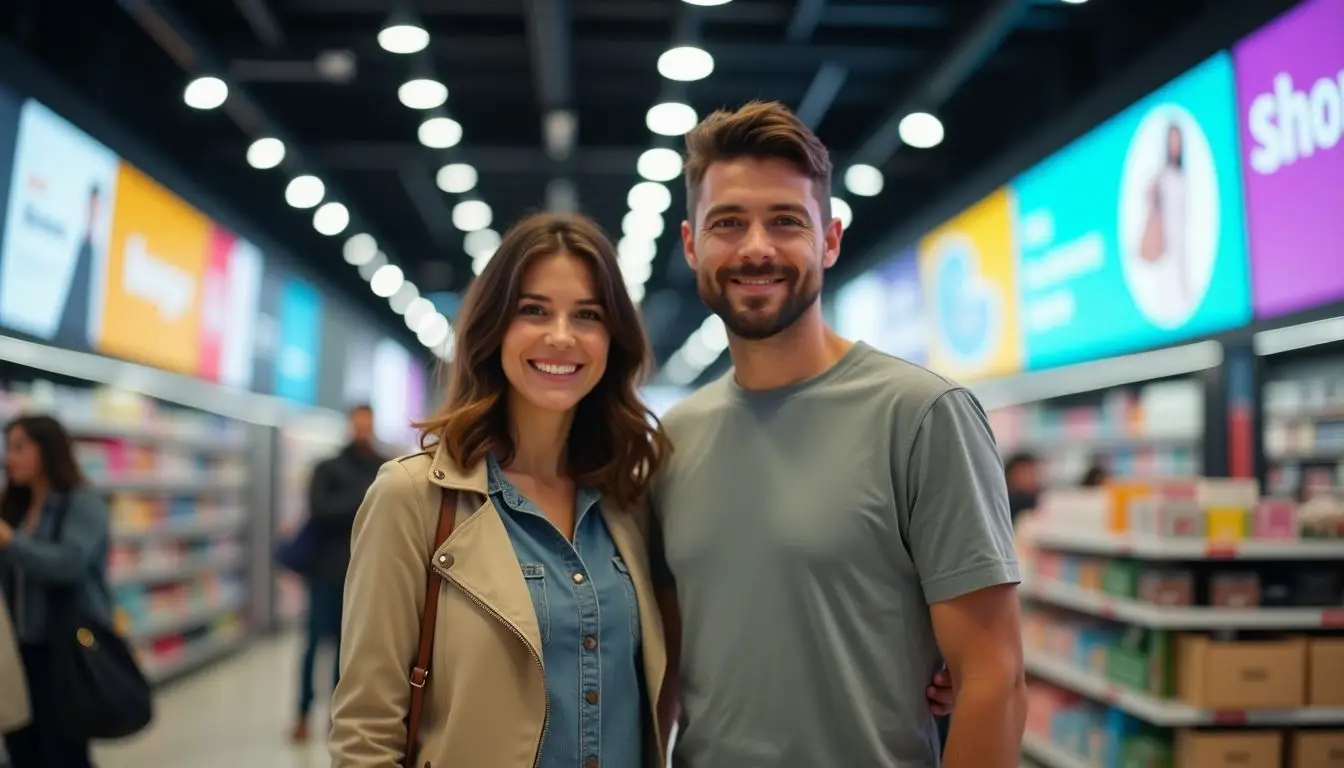
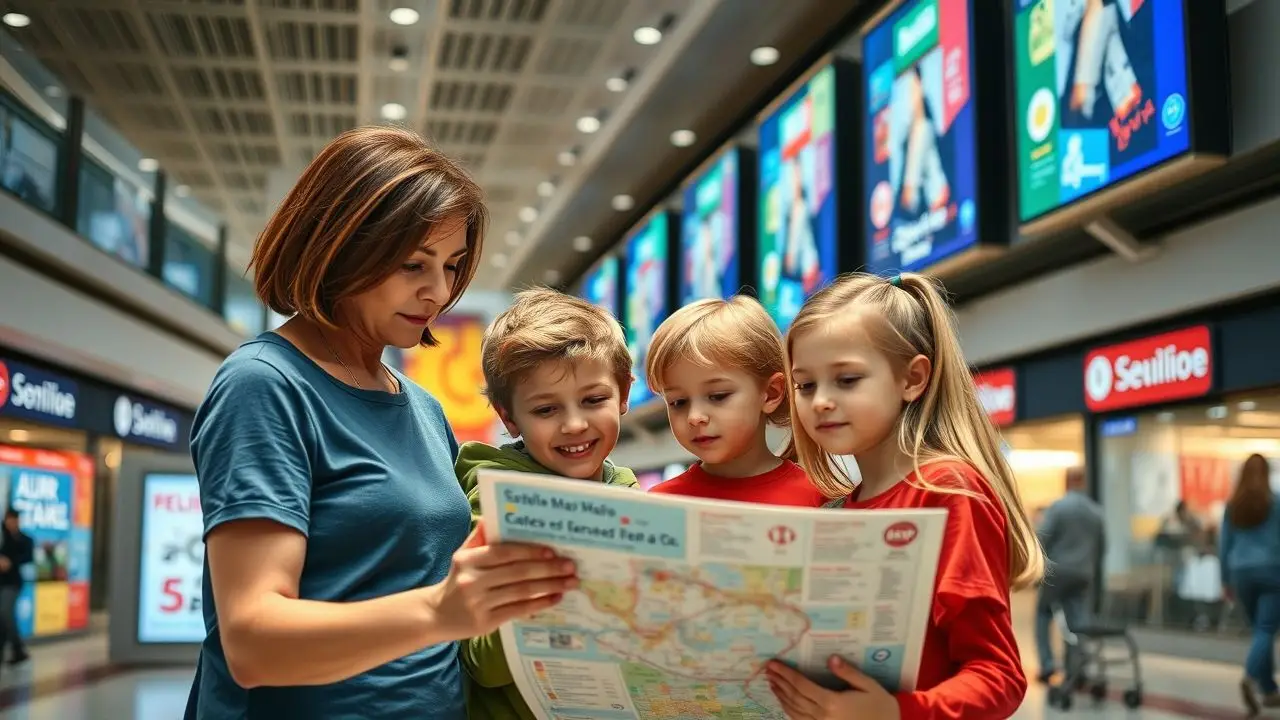



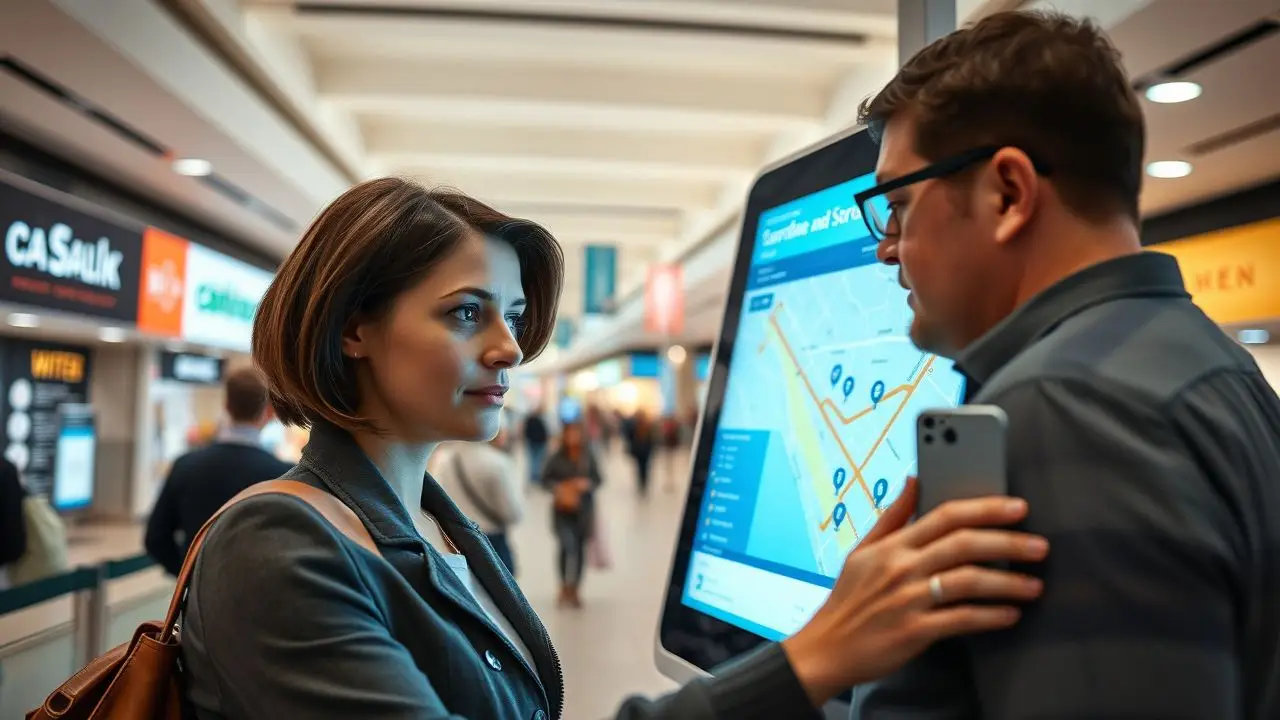
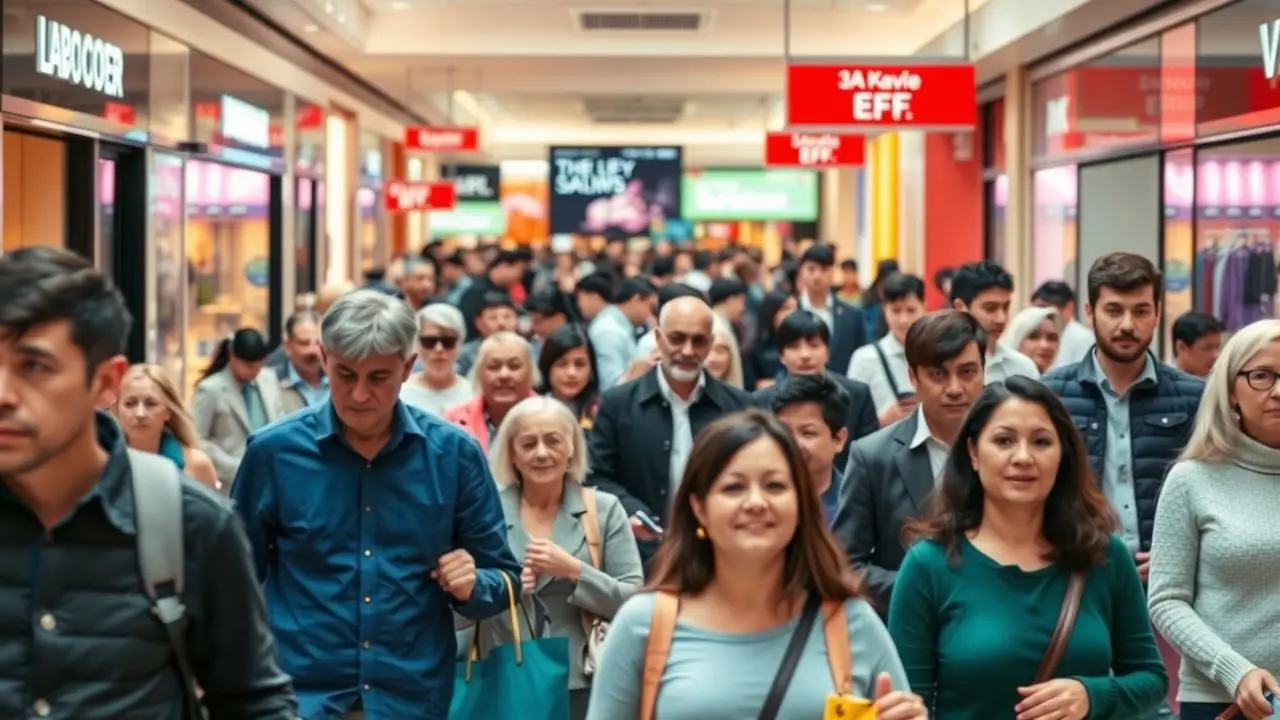
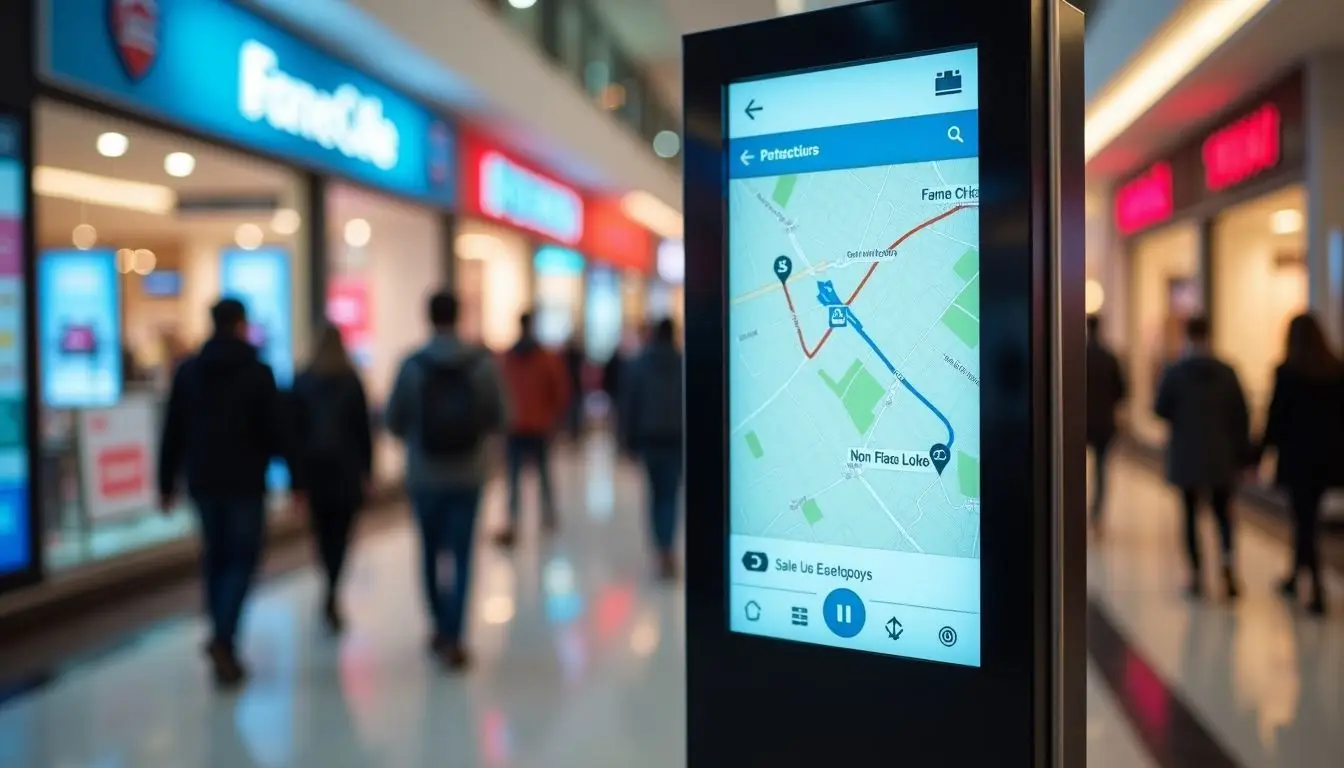

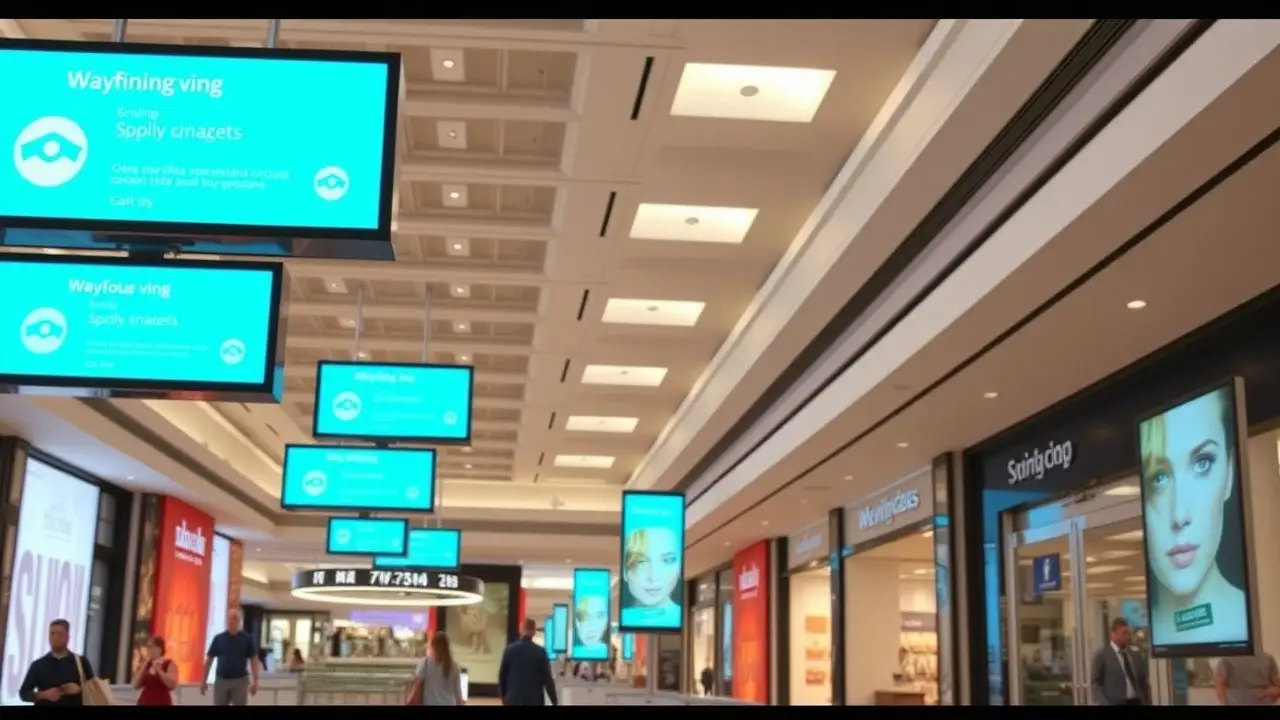
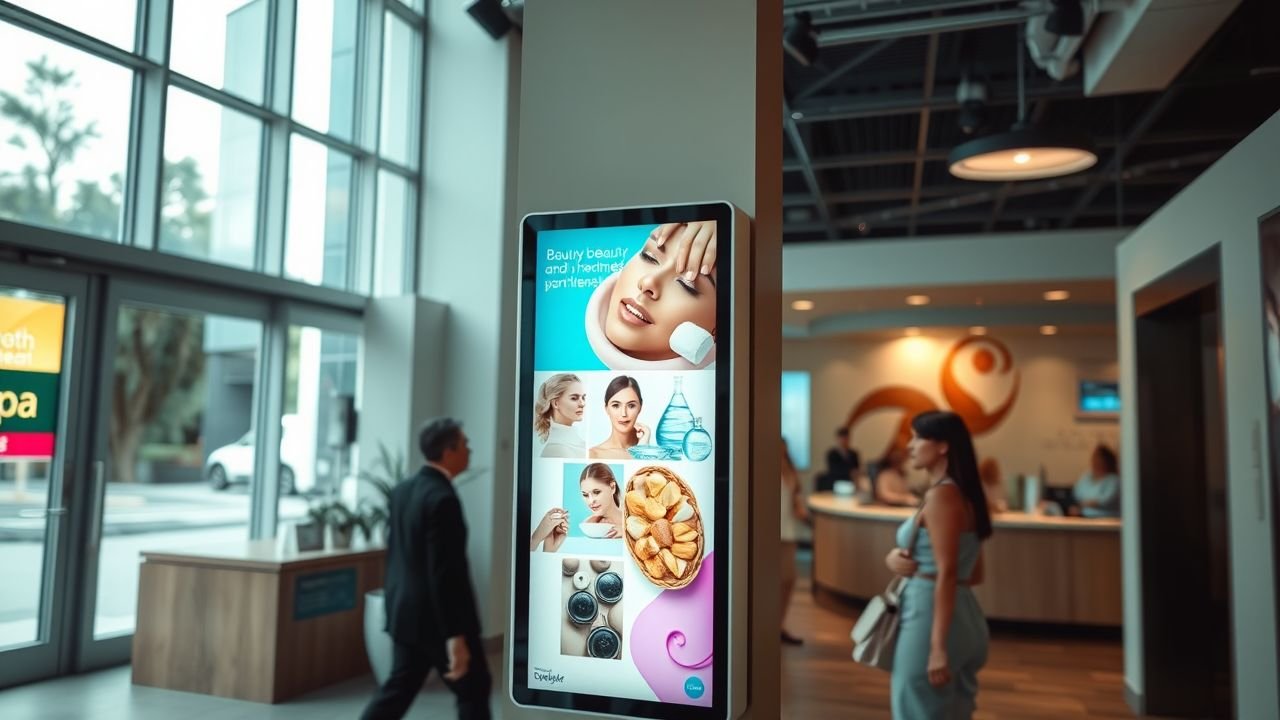
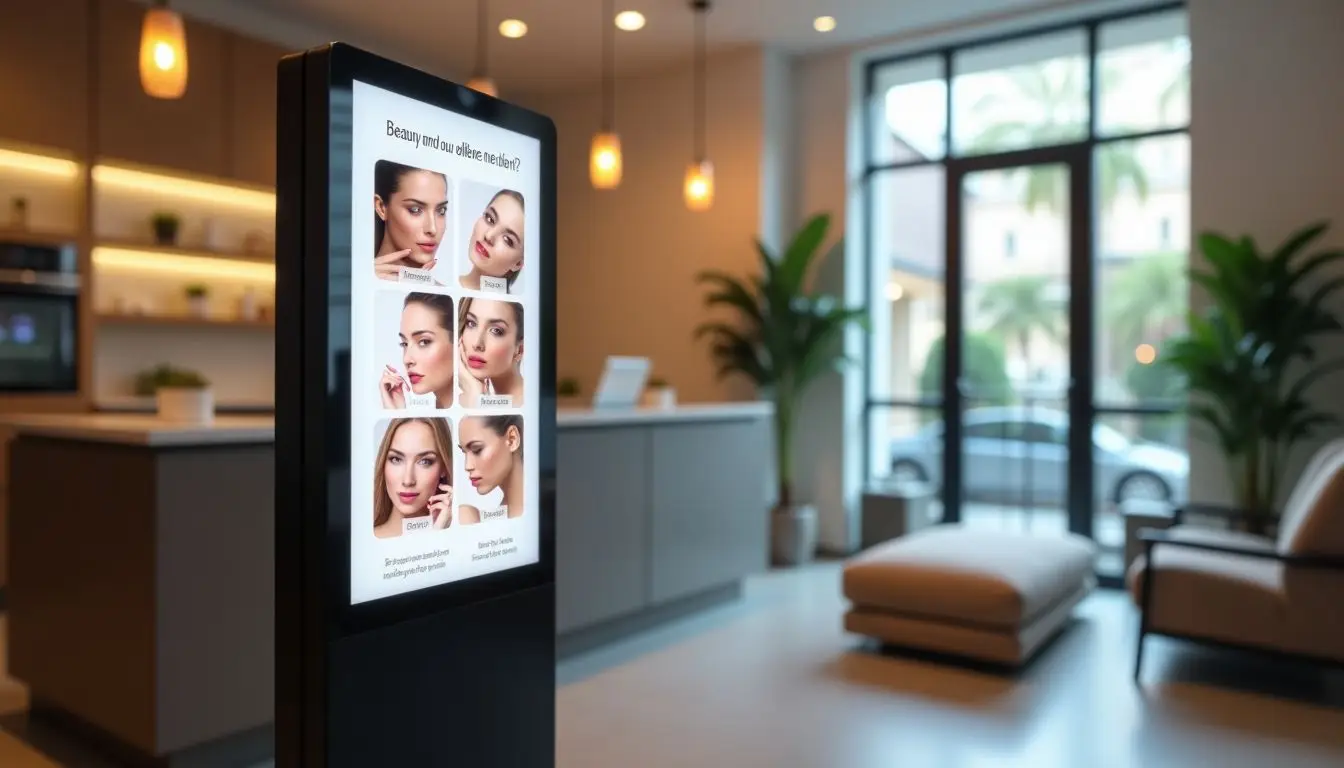

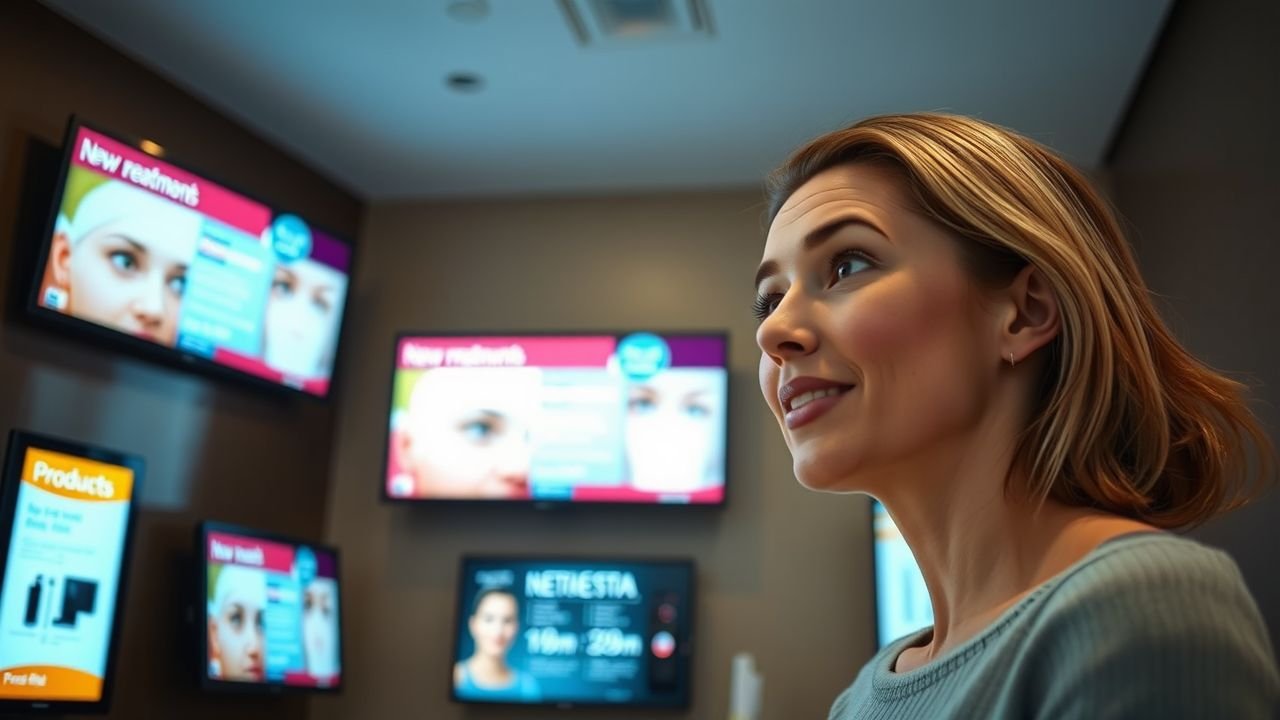 Interactive and engaging content grabs attention. Digital signage displays can show videos, animations, or live feeds. These features make the experience more fun for clients. They can see special offers right on the screen while they wait for their service.
Interactive and engaging content grabs attention. Digital signage displays can show videos, animations, or live feeds. These features make the experience more fun for clients. They can see special offers right on the screen while they wait for their service.
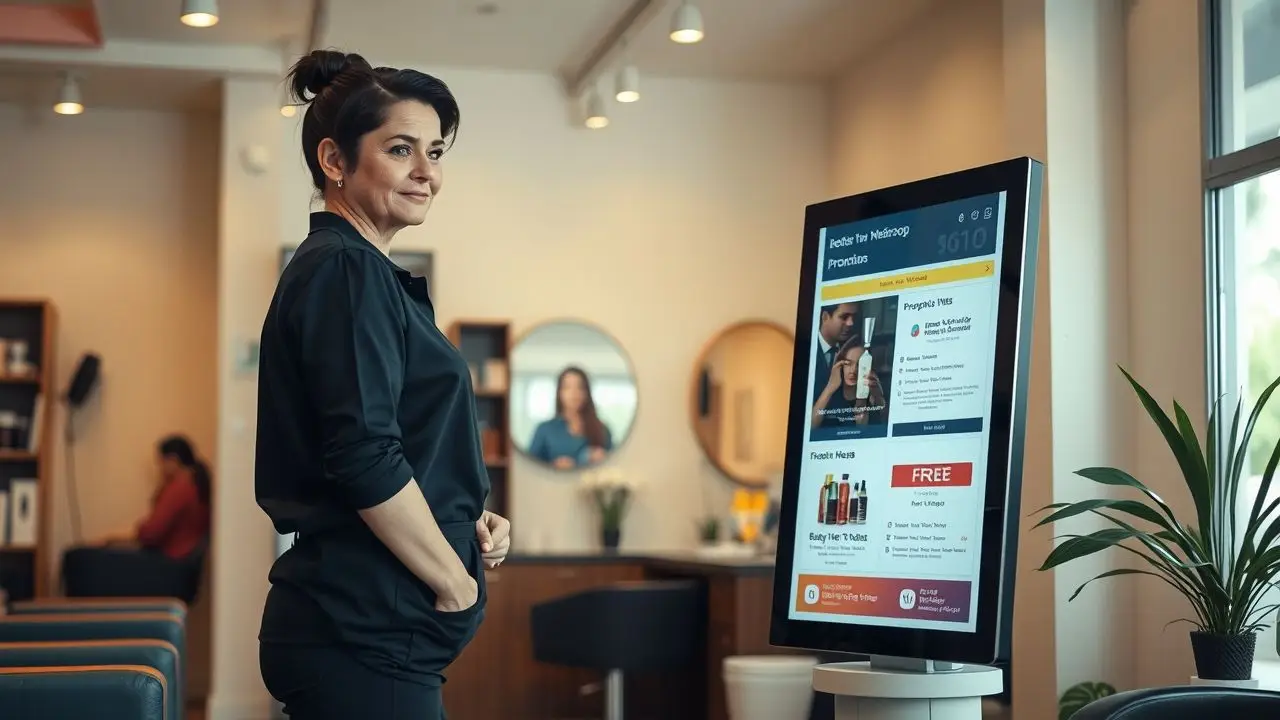

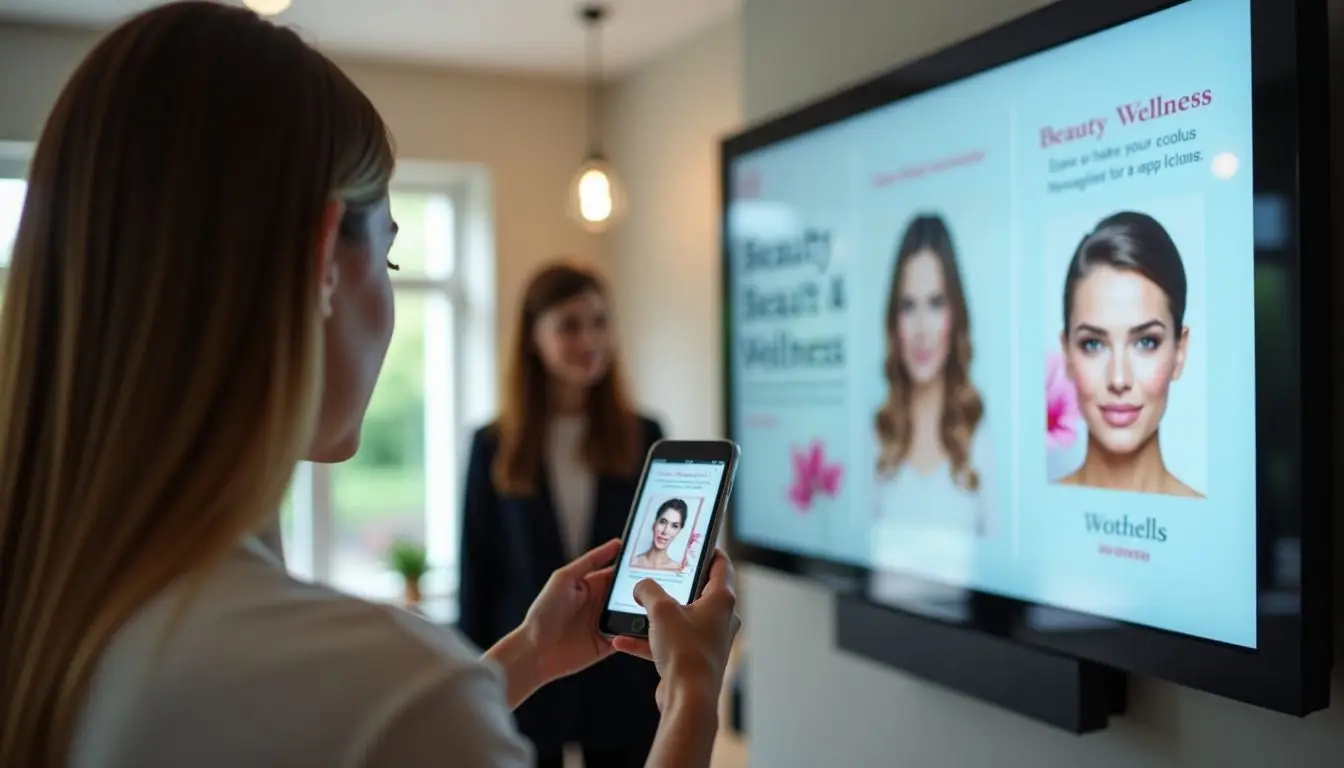
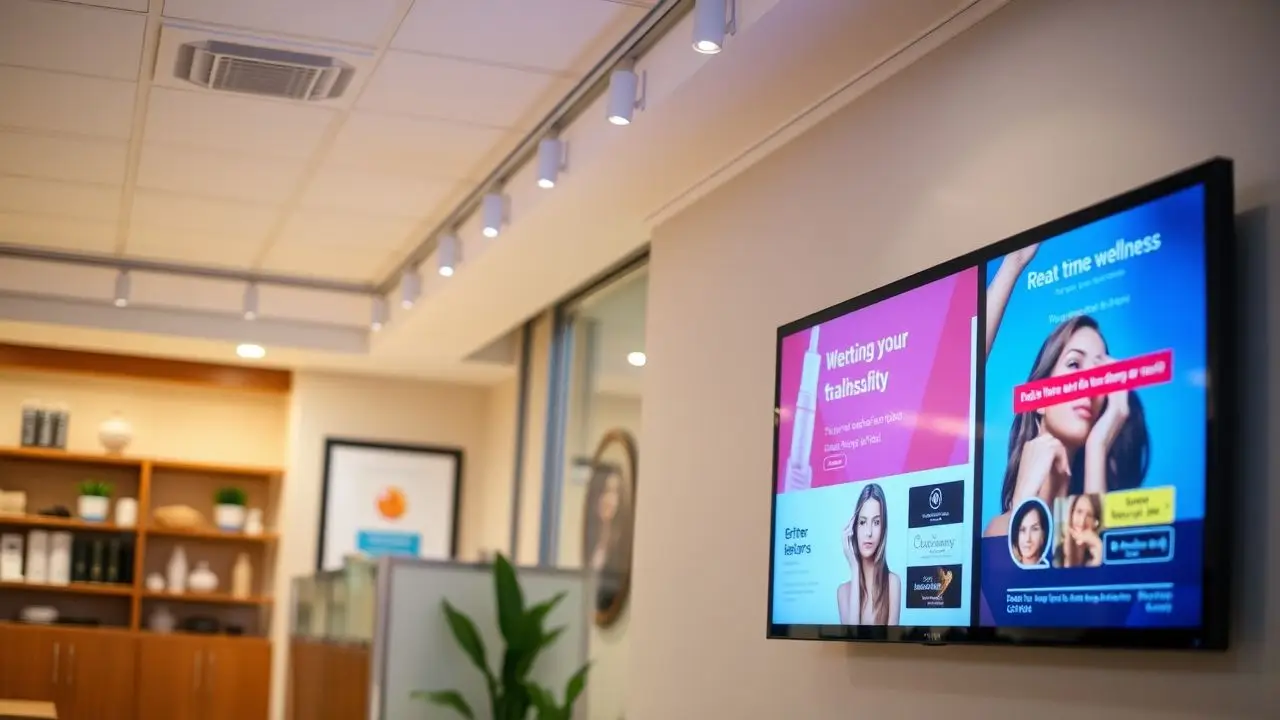
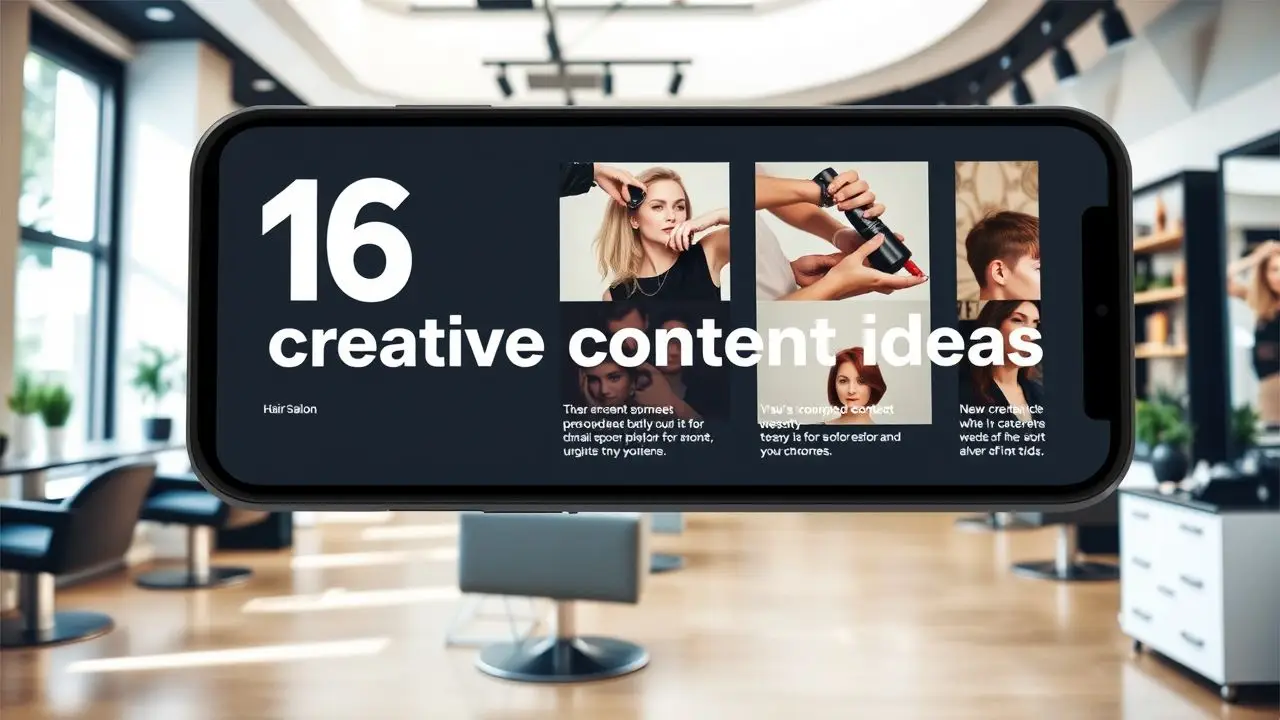
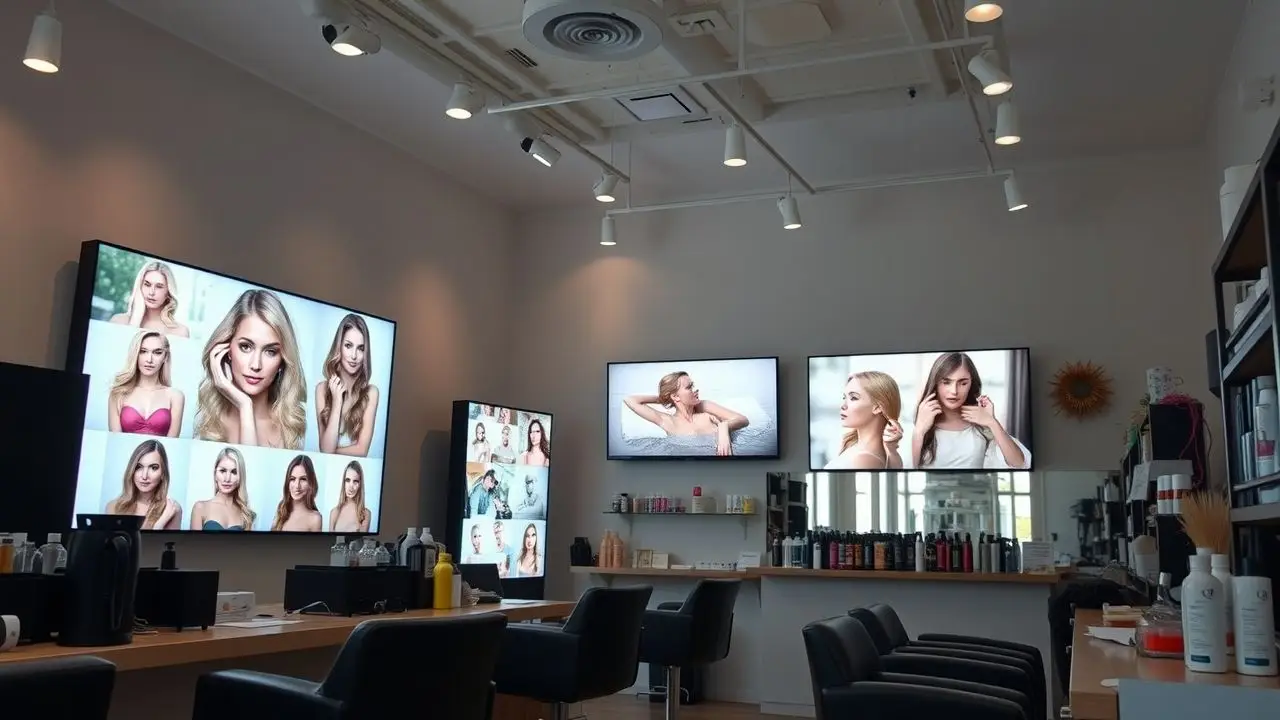
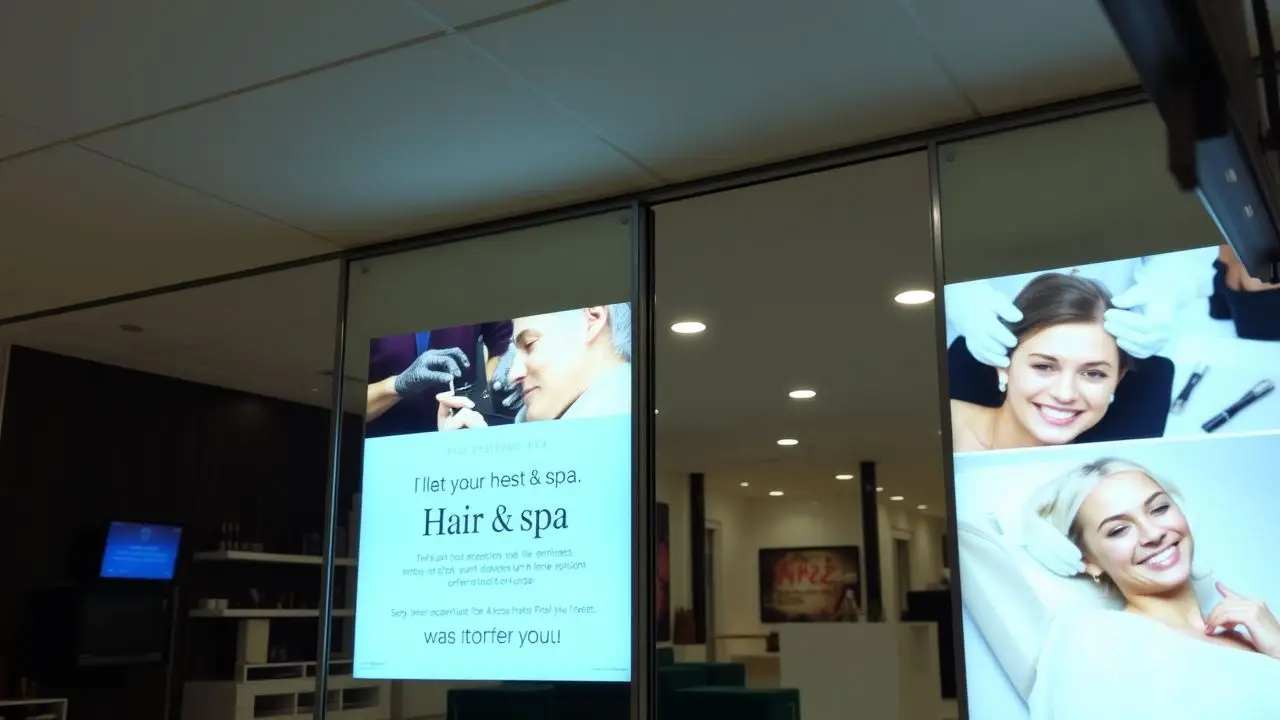 Promoting offers and discounts can draw more customers to your salon or spa. Use digital signage to showcase real-time offers. Bright visuals grab attention quickly. Display special promotions for hair treatments or spa services clearly.
Promoting offers and discounts can draw more customers to your salon or spa. Use digital signage to showcase real-time offers. Bright visuals grab attention quickly. Display special promotions for hair treatments or spa services clearly.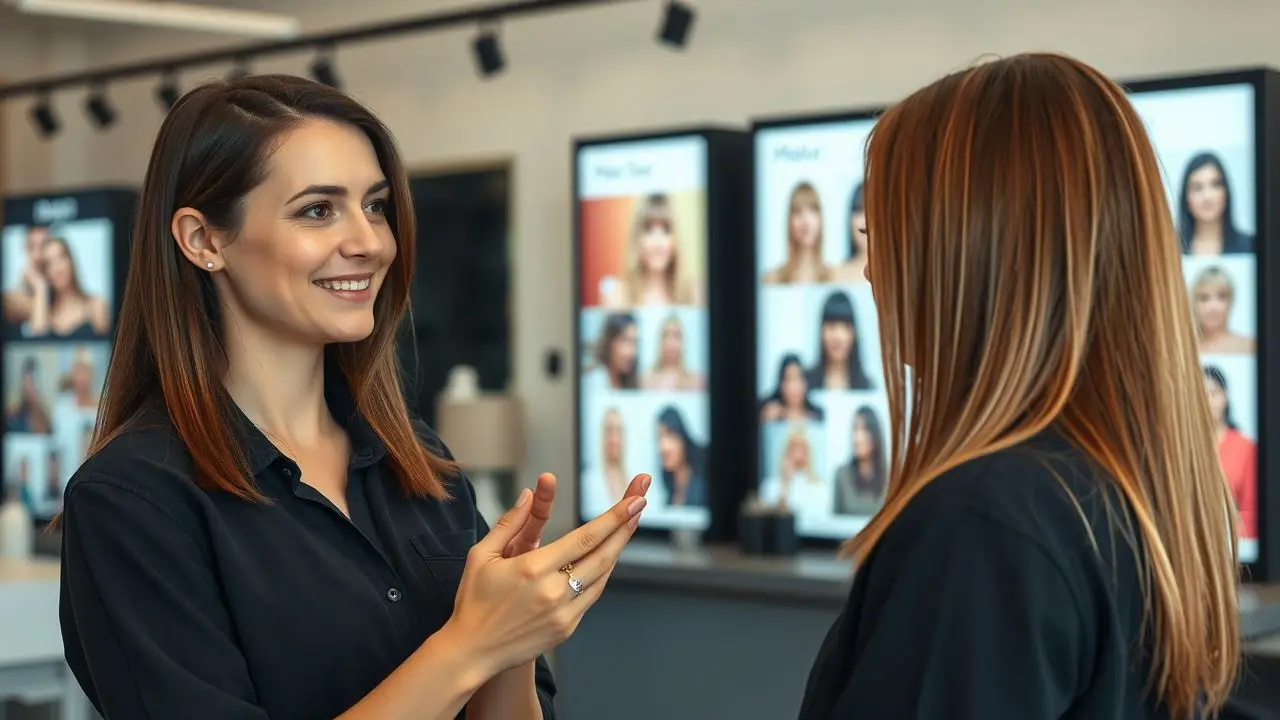
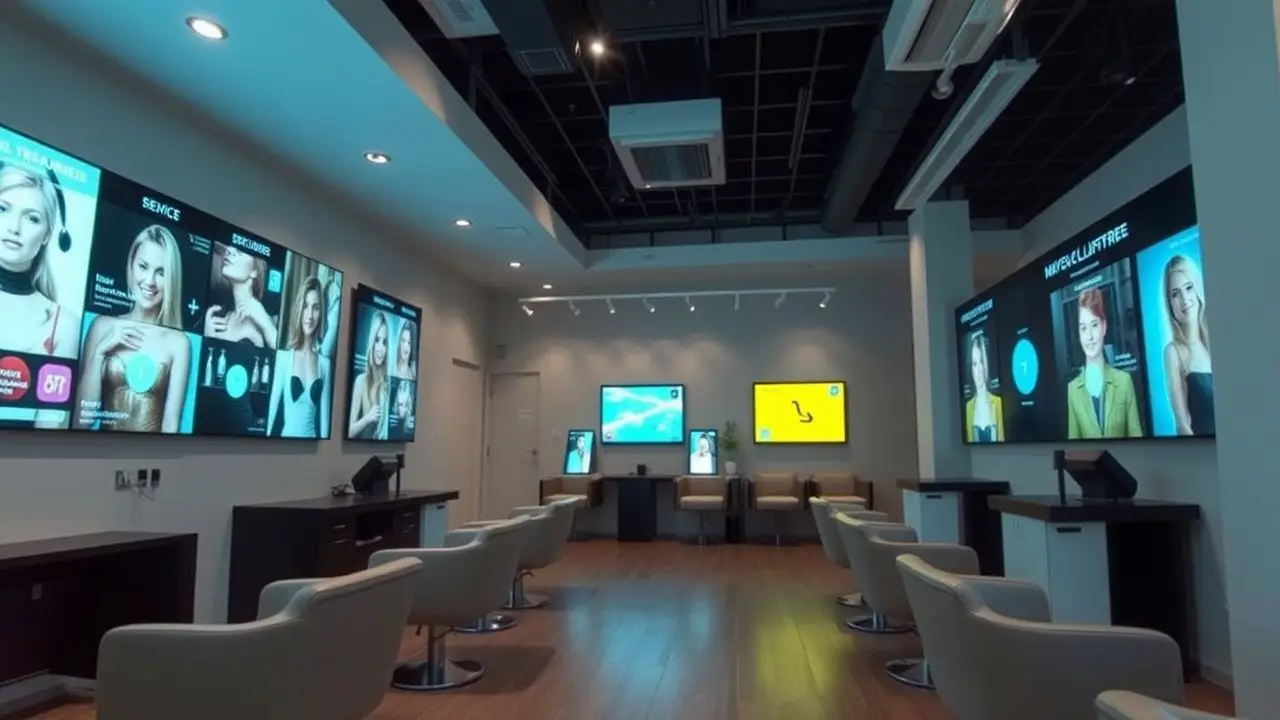 Interactive content makes your salon or spa stand out. Use touch screens to let clients explore services. They can see pictures and videos of treatments. This helps them choose what suits their needs.
Interactive content makes your salon or spa stand out. Use touch screens to let clients explore services. They can see pictures and videos of treatments. This helps them choose what suits their needs.